Class Experience
As a theatre studies student at IES London, the majority of my classes were theater-based, including Playwriting Workshop, Text and Dramatic Imagination, Theatre Industry, and Acting Then and Now. I loved all of these classes and highly recommend them to anyone interested in studying theatre. One of the highlights for me that came with working through this coursework was my time at RADA.
This blog is long overdue, but for the first 6 weeks of the semester, as part of my two-part acting course through IES, I trained at the Royal Academy of Dramatic Art. This was such an enriching experience as RADA is one of the best drama schools in London with notable alumni like Alan Rickman, Tom Hiddleston, Ralph Fiennes, and Kenneth Branagh. For the course, we looked at 6 different time periods/types of theatre: Medieval, Elizabethan, Restoration, Victorian, Absurdism, and Immersive. The courses were laid out so that everyday started with a workshop, followed by a lecture, and ending with sight reading and working through course material.
Going into RADA for the first time was really nerve-racking. I saw how renowned the school was and I saw that each class was 10am-5pm, thus leading me to believe that they would be “traditional” in their methods of teaching. I genuinely thought that I was going to get ripped to shreds, ruining my confidence in acting forever. Luckily, this was not what happened at all.
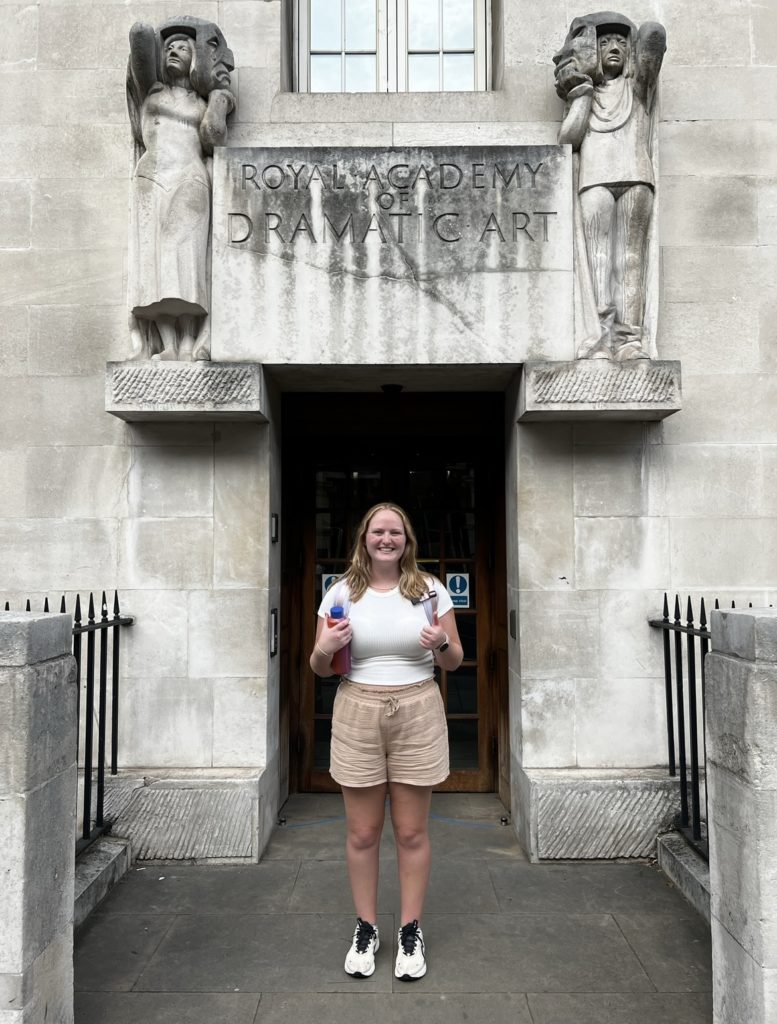
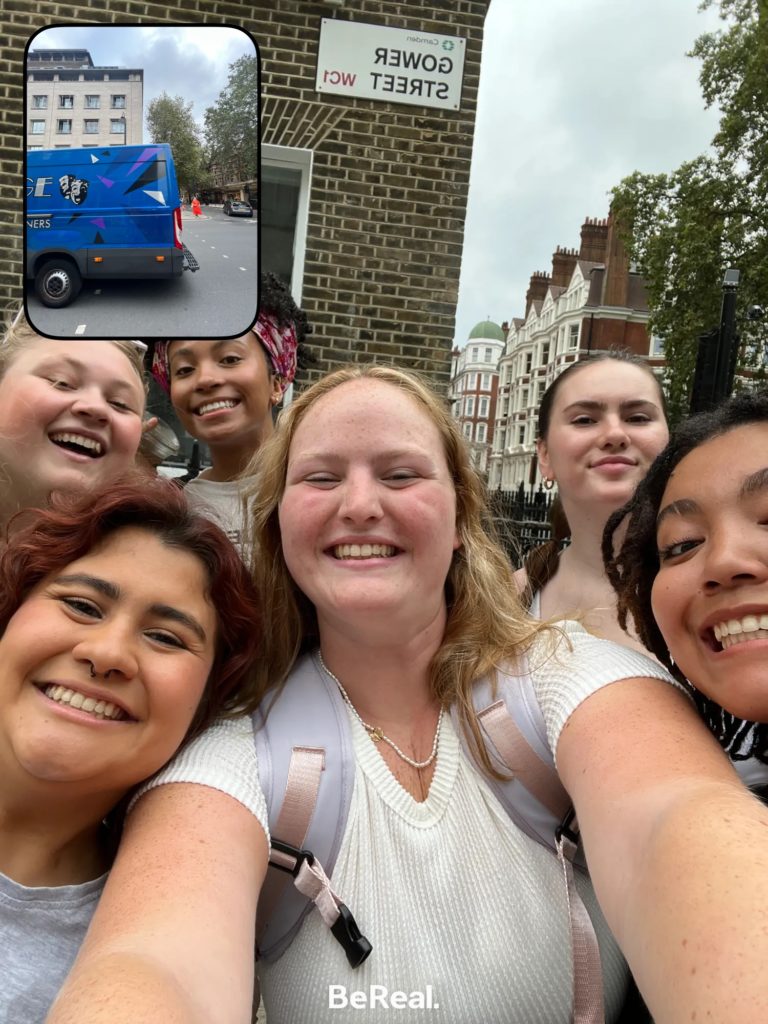


On the first day, the first thing that we did was a vocal workshop. For this, we were led through various movement/vocal activities to help us loosen up to the point of feeling free in our own bodies. When you feel loose, you are able to do a lot more with your voice than when you feel anxious and tense. This was the perfect way to start the class because it allowed us to release the tension that we had going into the course and thus we were able to do our best work. The course at RADA overall was so fun and enriching.
Besides the learning aspects of the class, I also enjoyed getting to know my peers. There were only 7 of us, so the experience was very individualized and so we all grew substantially. And, this group of students was particularly fun because we are all intelligent and compassionate about acting and we all were very supportive of each other.
So, instead of feeling completely overwhelmed by what I was taught and instead of the class stripping away the confidence that I had, I felt built up, with a new tool kit to carry and new friends to support.
On top of the RADA acting class, I also learned so much in my other classes. One of my favorite aspects of my theatre course load was that we went to a different play every week and then discussed them in class. We saw a total of nine plays including God of Carnage, Beautiful Thing, Anthropology, Pygmalion, As You Like It, Guys and Dolls, Owners, Lyonesse, and The House of Bernarda Alba. We also saw a performance from Dance Umbrella at the Barbican. This was such a great way to experience the theatre atmosphere in London and to see a diverse group of plays.
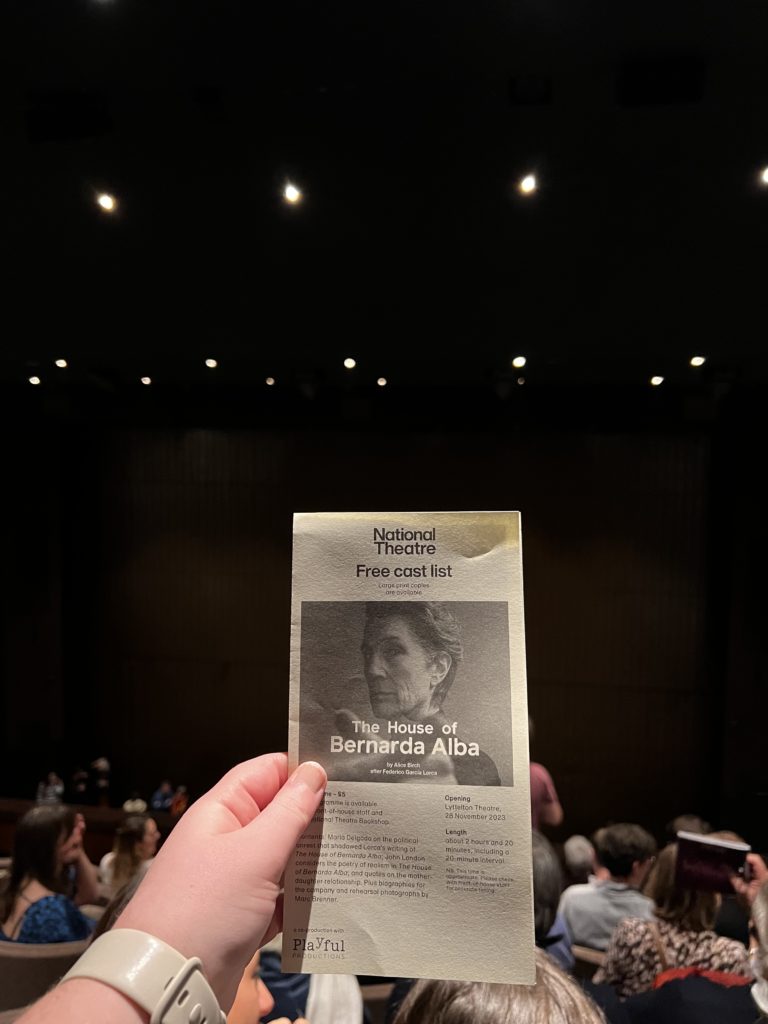
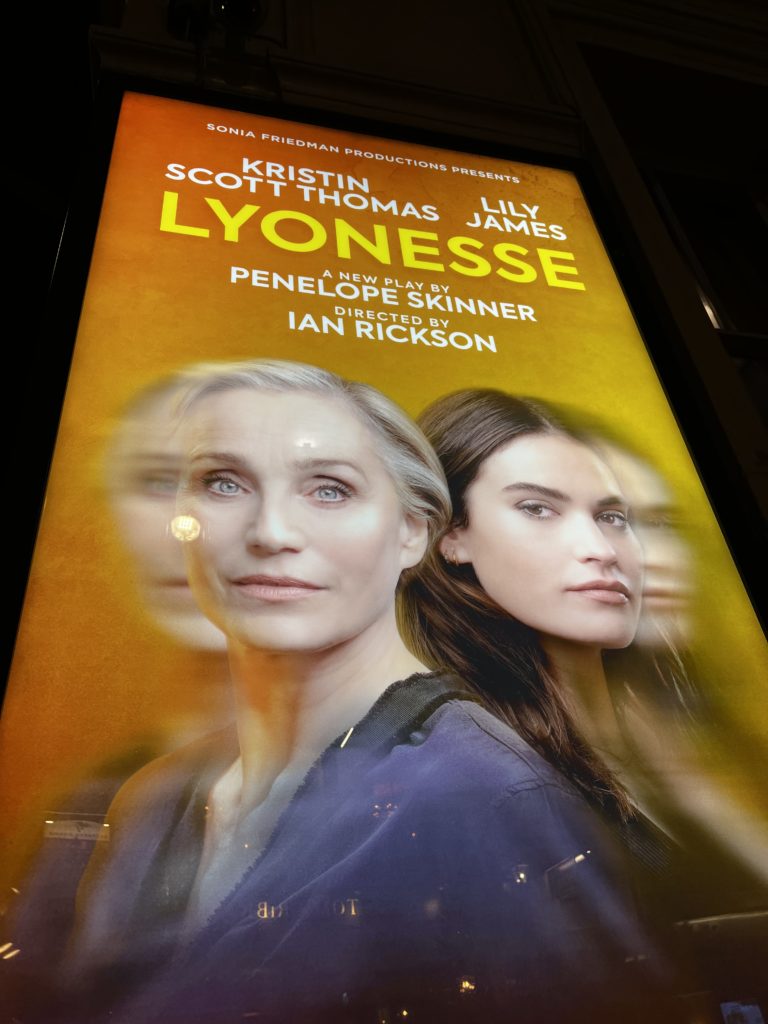
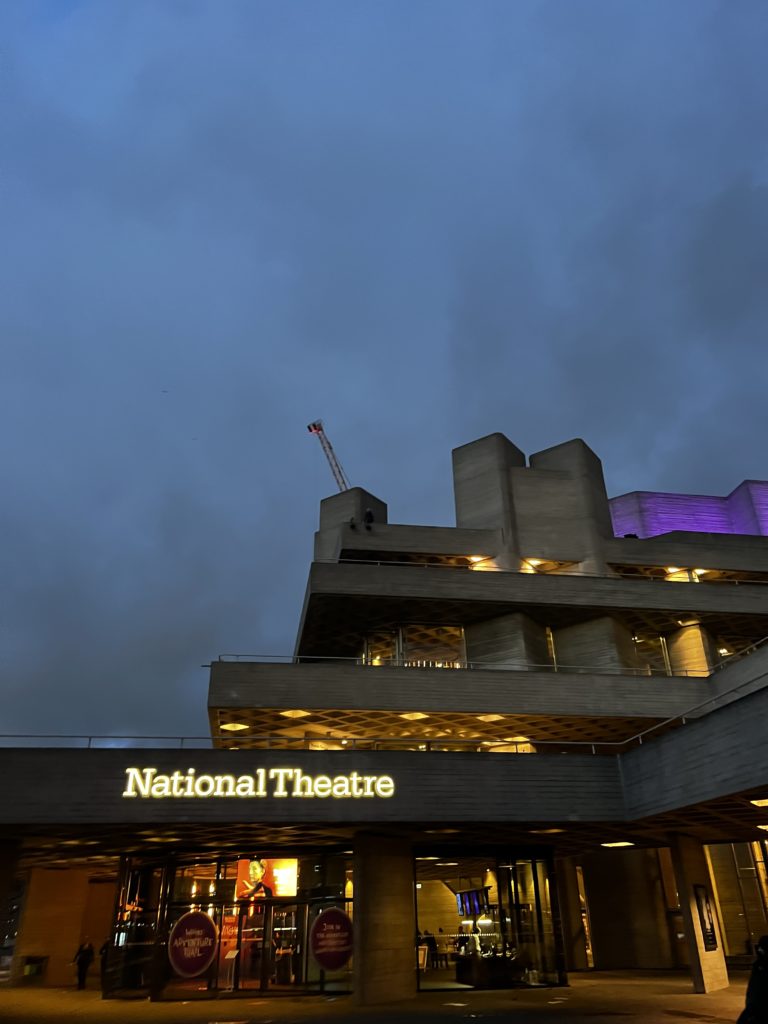
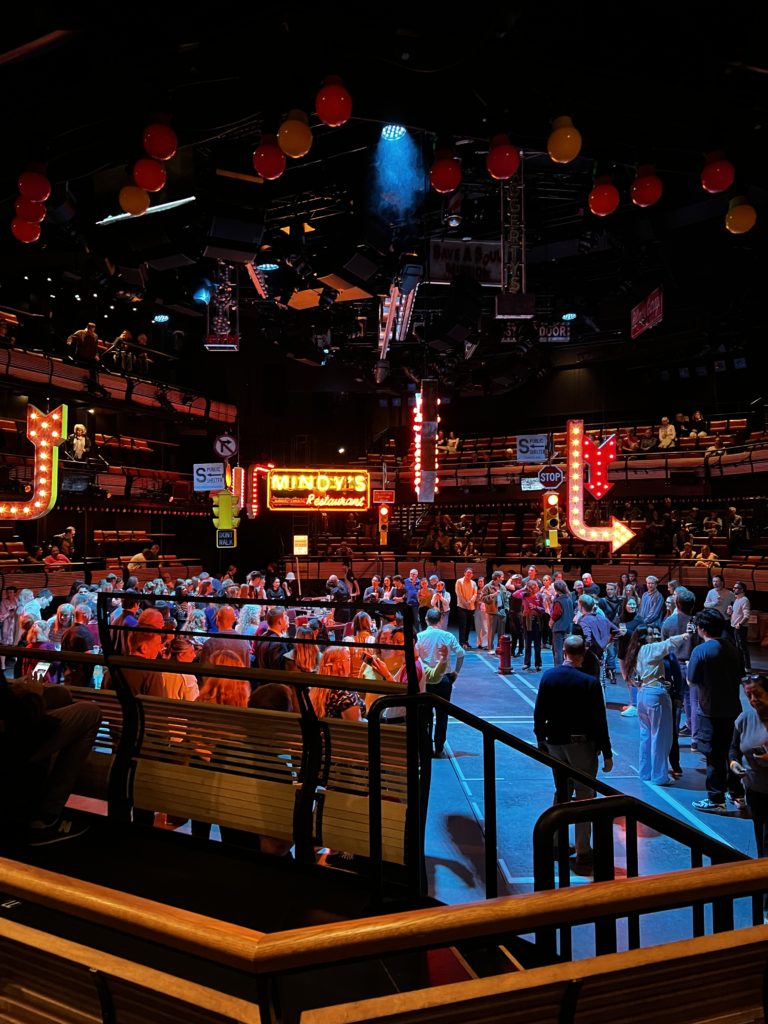
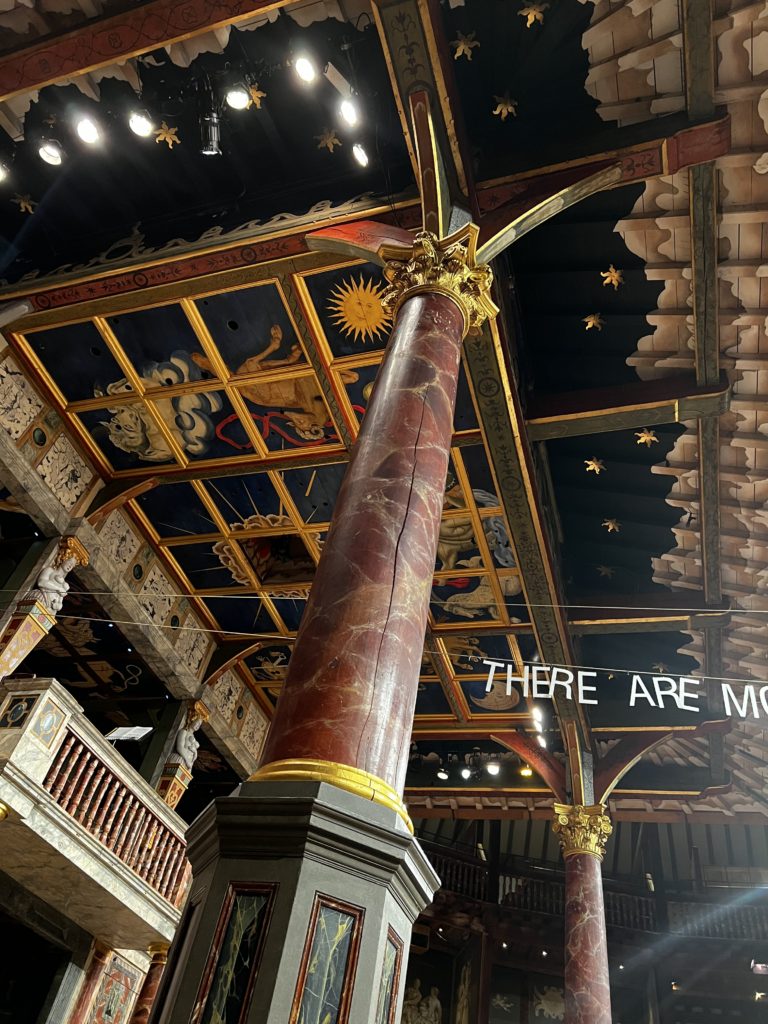
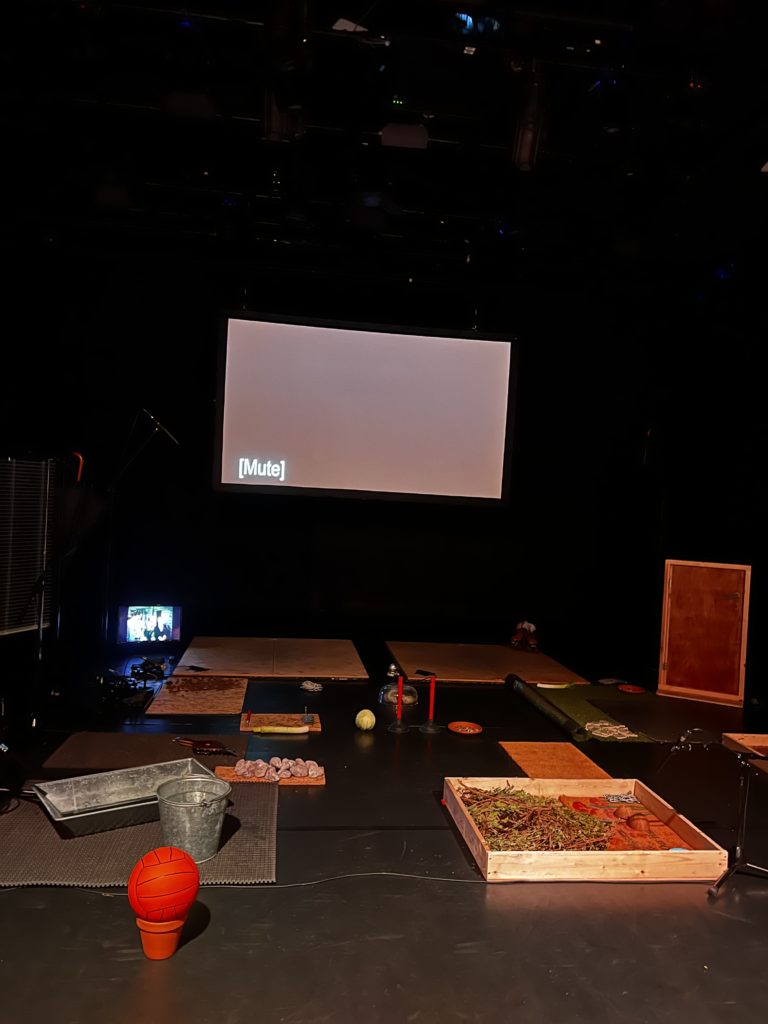
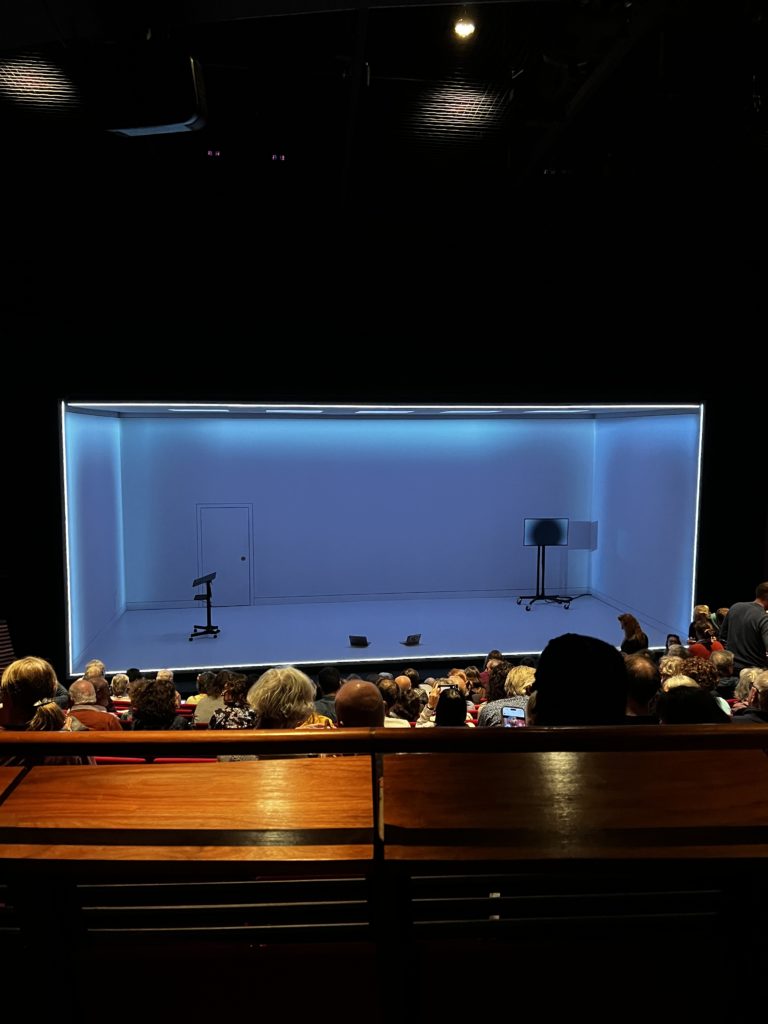
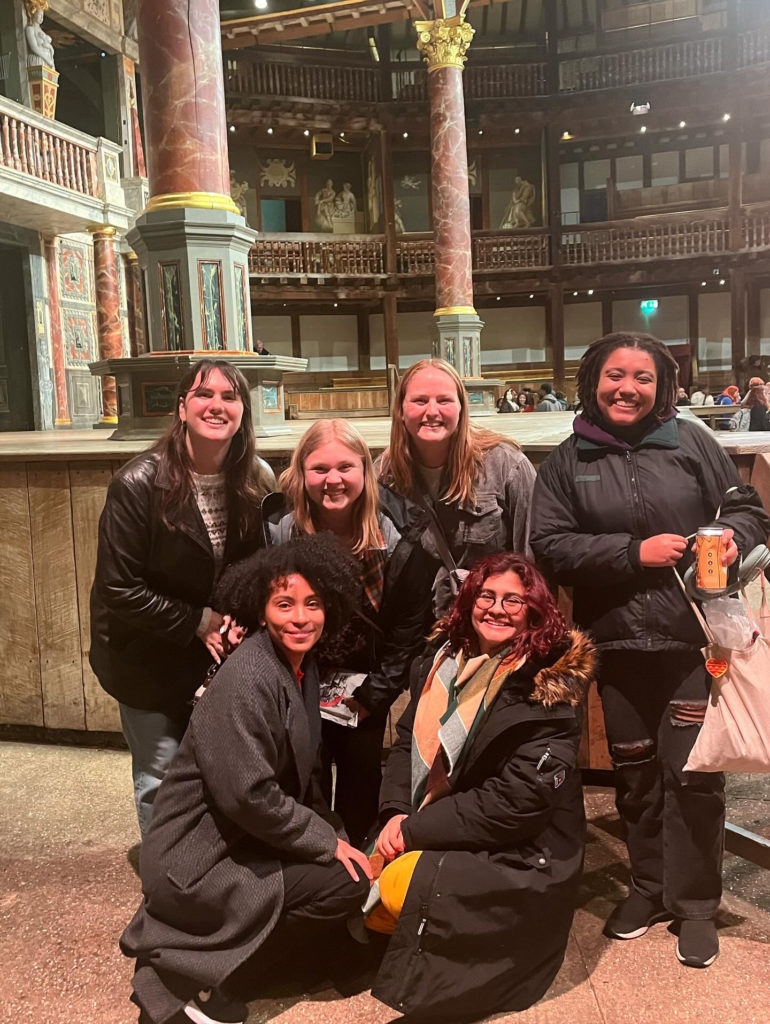
Rushing Plays
One of my favorite things that I did in London was rush plays. If you don’t know that this is, this is when you can get tickets for plays the day of for a really reasonable price. The way that I did this was I would go on TodayTix and see what shows were offering rush tickets for that day (this normally opens at 10am the day of) and if they did offer them then you can click “get rush tickets” and this will take you to checkout, where it has pre-selected a seat for you. Rush tickets for me tended to be anywhere from 25 to 30 pounds. You can also enter the lottery for tickets, but it is normally pretty unlikely that you will win these. I saw four shows doing this– Grease, Frozen, The Mousetrap, and Ocean at the End of the Lane.
The only downside to rushing is that not every production offers this and also sometimes it is virtually impossible to get them. For instance, I tried to rush SIX at exactly 10am multiple times and every time it said that all seats were currently being held. With that, there were a couple shows that I did spend full price on– Macbeth at The Globe and Peter Pan Goes Wrong.

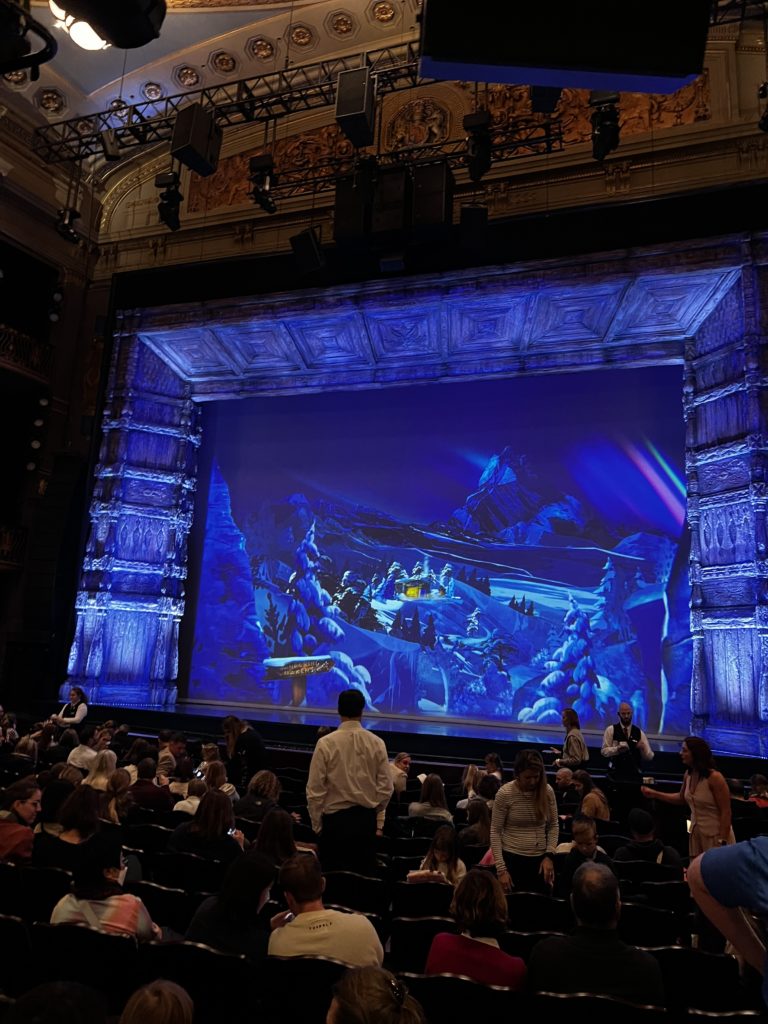

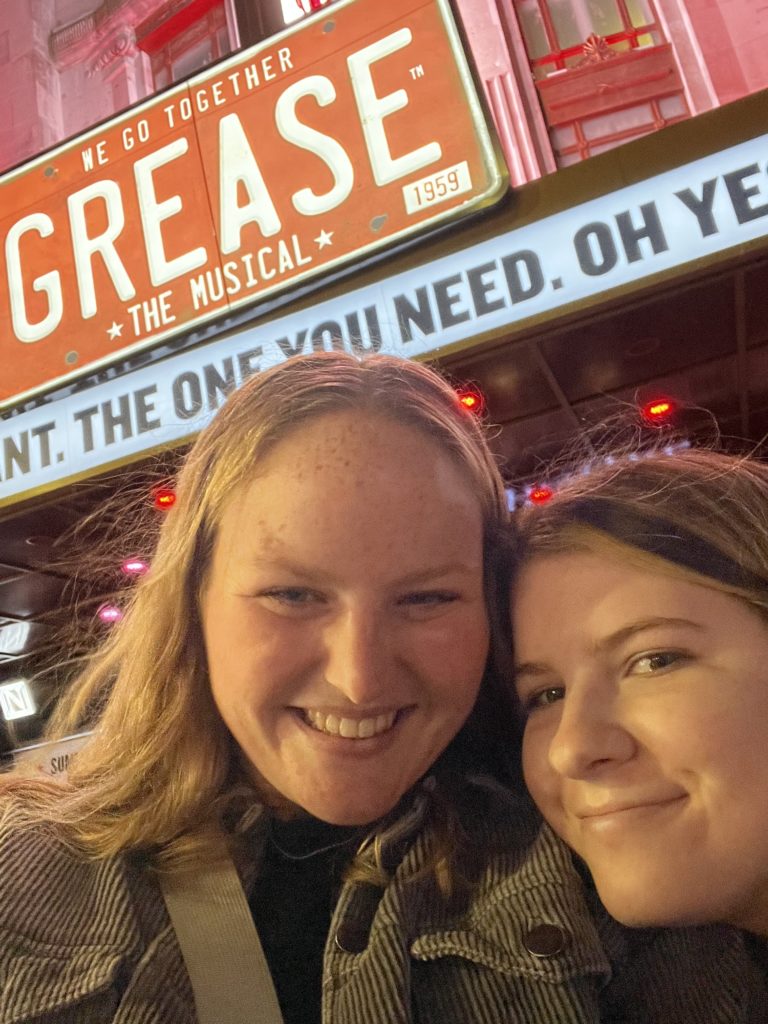
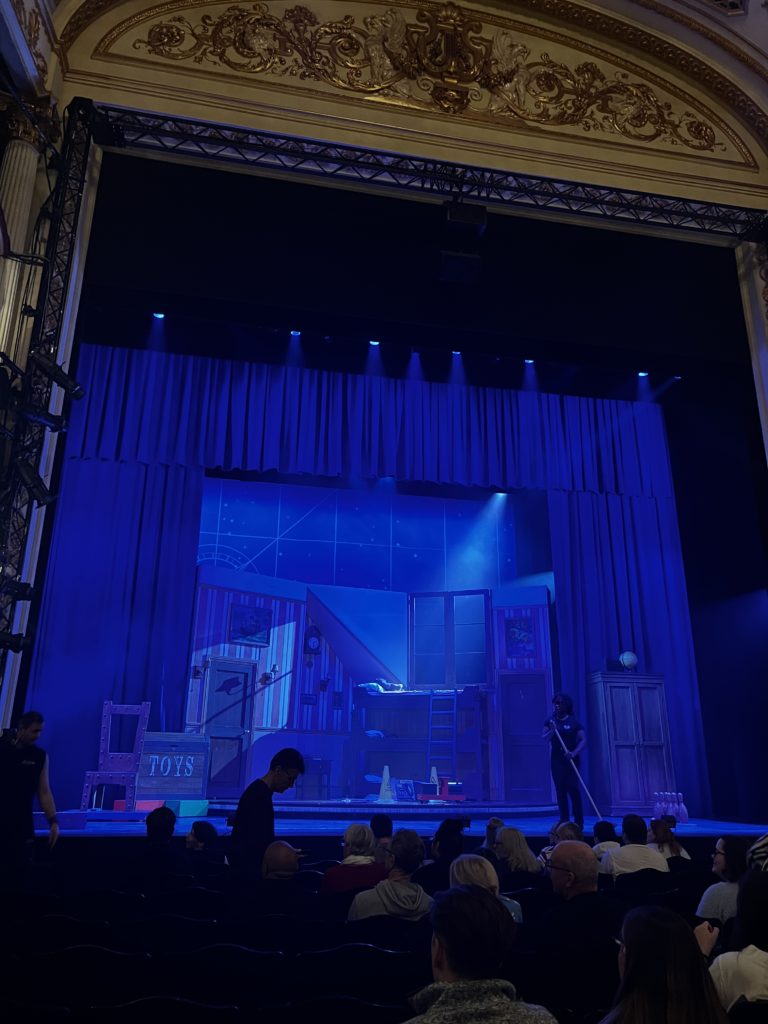
To sum that all up, studying theatre in London for a semester was one of the best decisions that I ever made. I was given the chance to deeply immerse myself in the theatre culture, having seen a total of 15 plays. I was also given an enriching education through my courses and made great new friends!


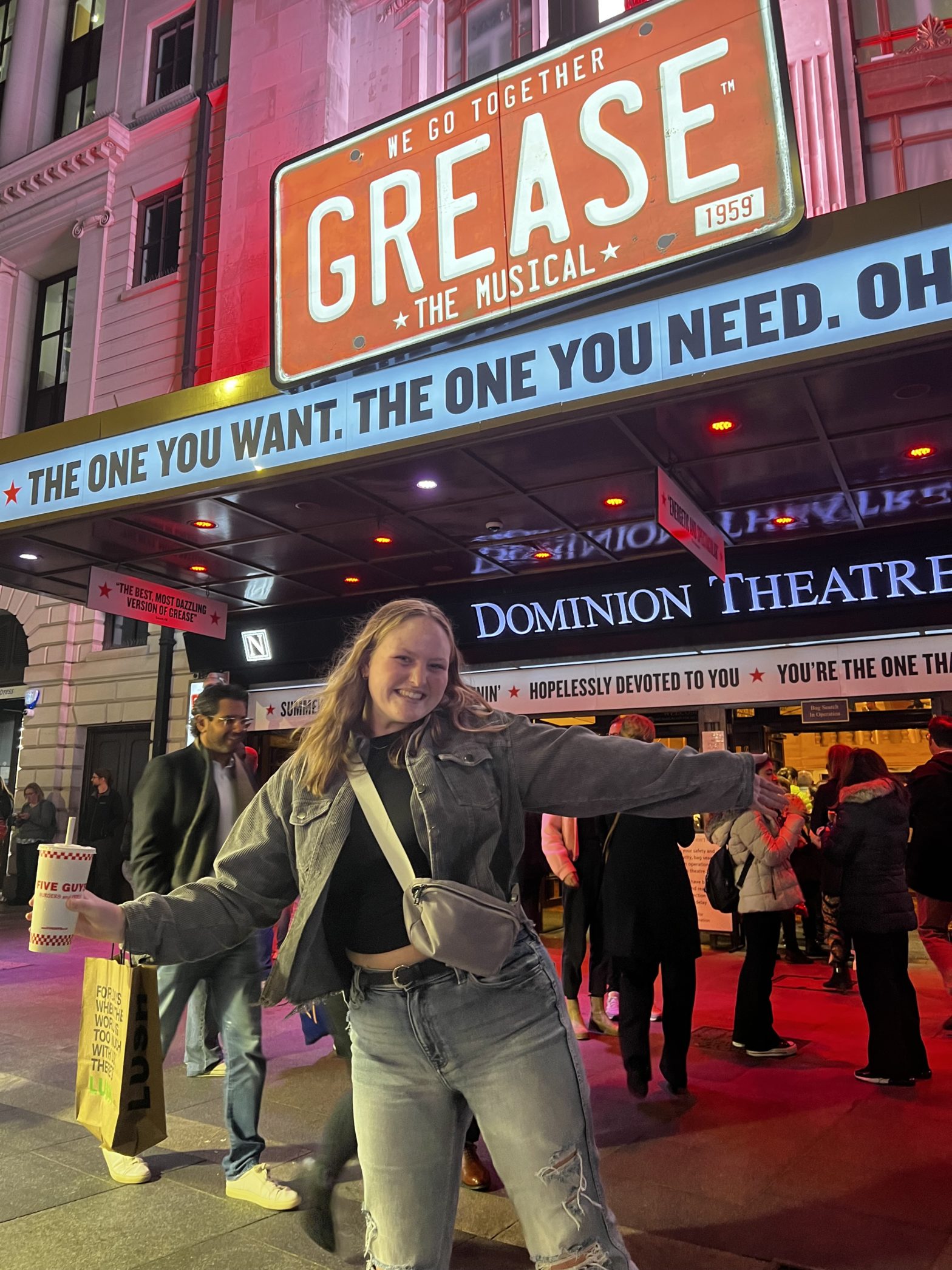

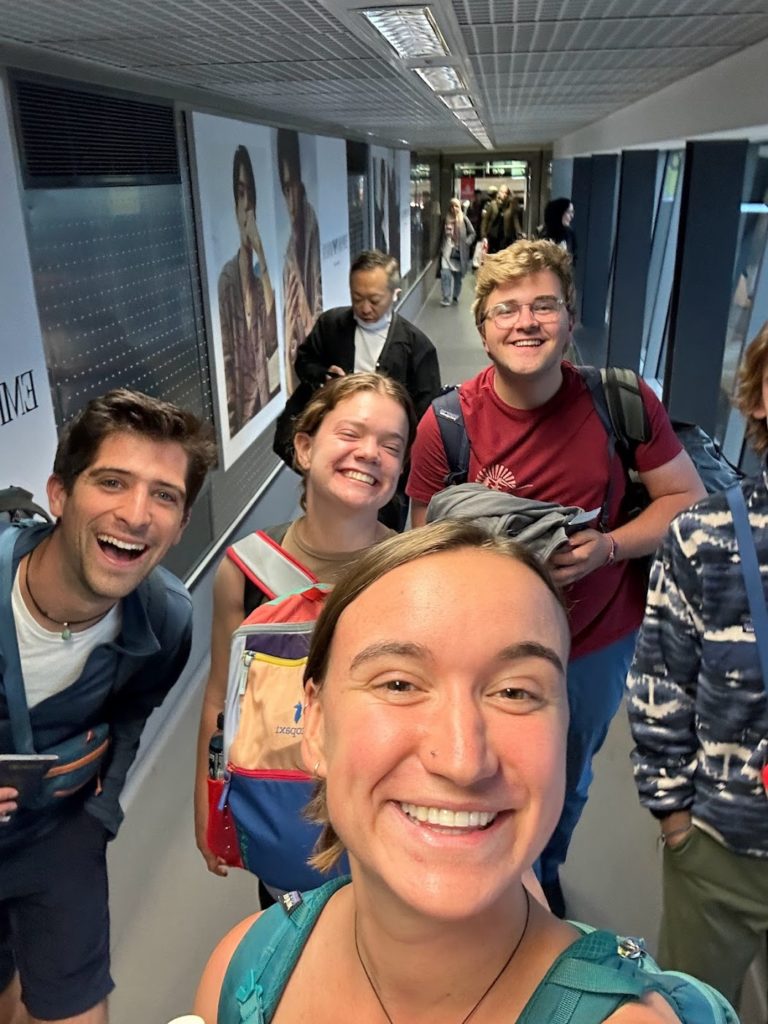

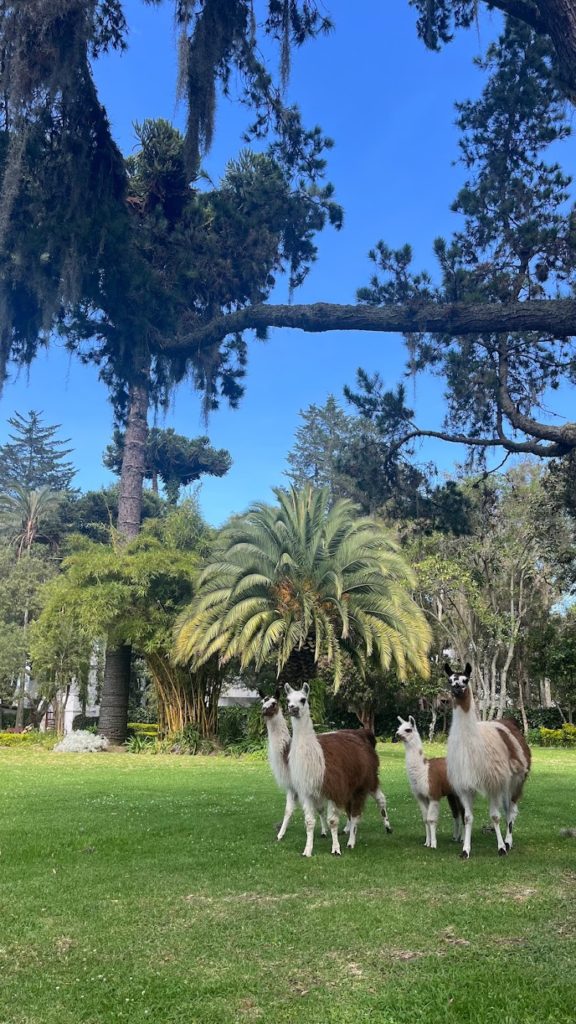
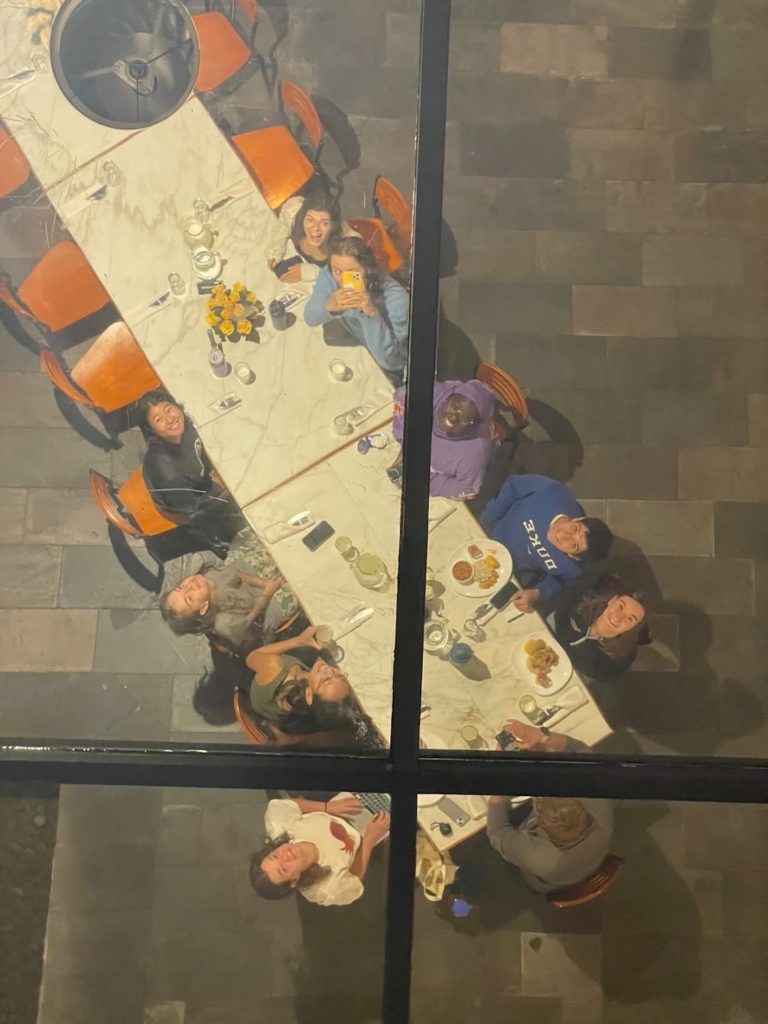
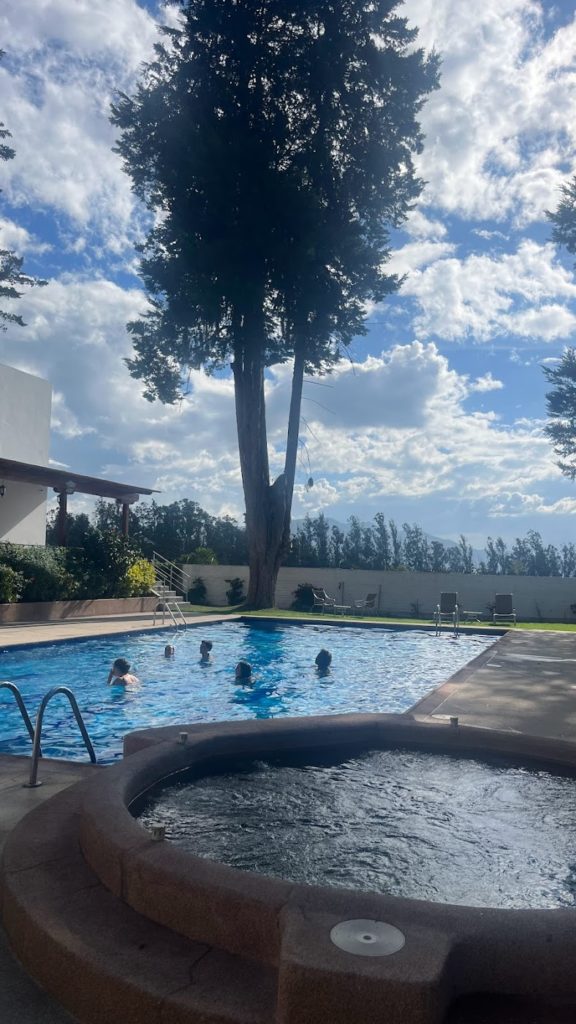

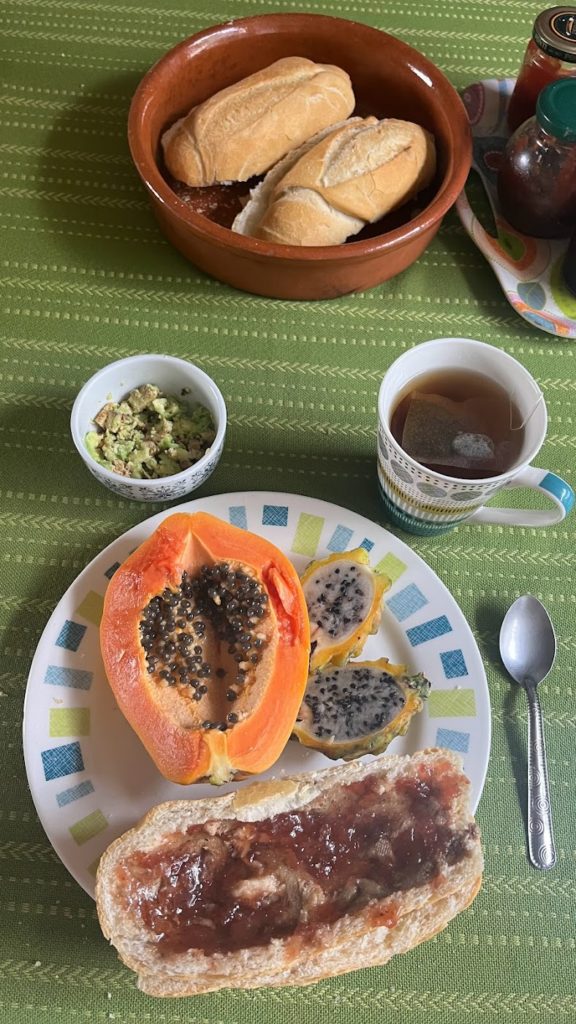
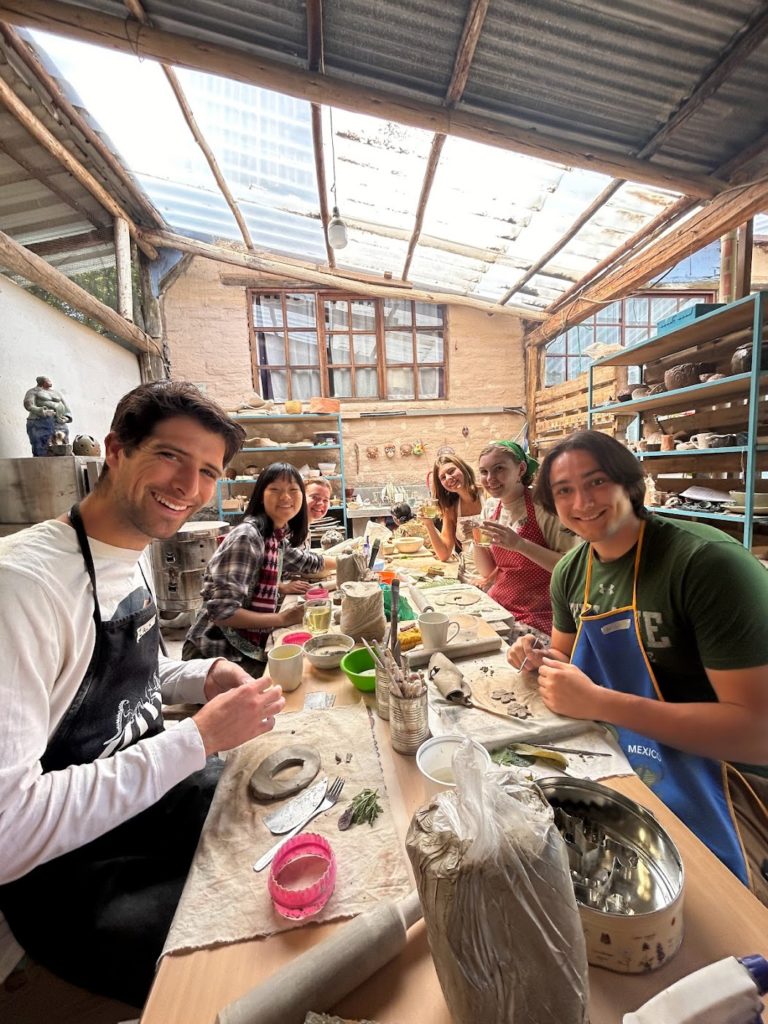
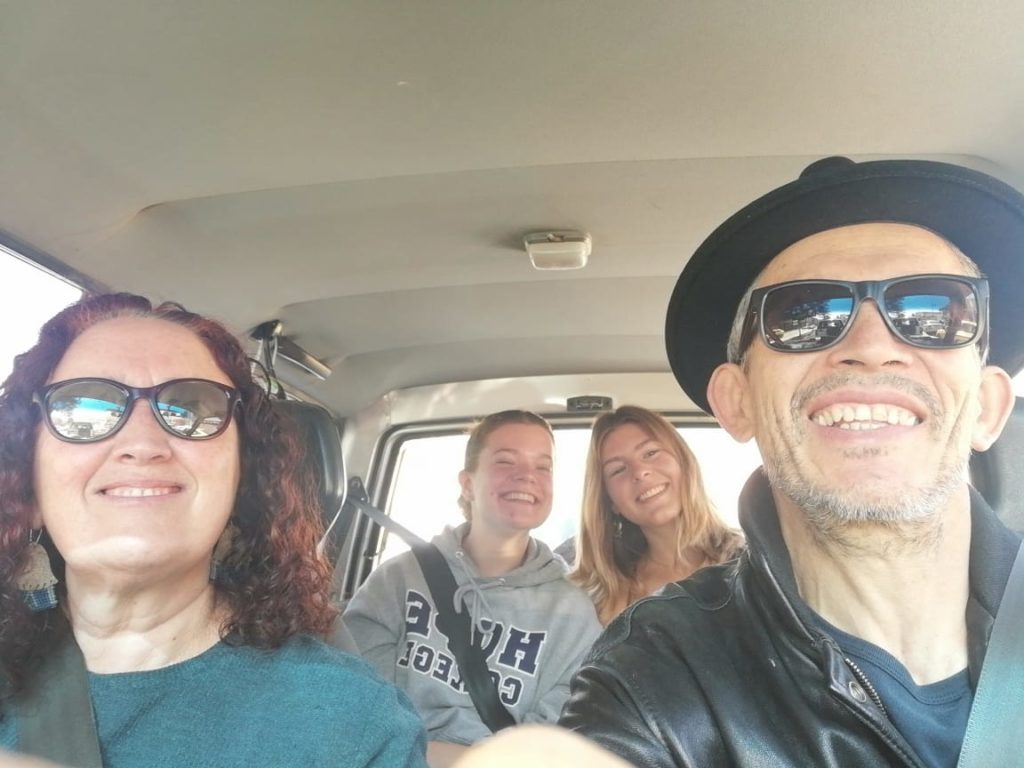
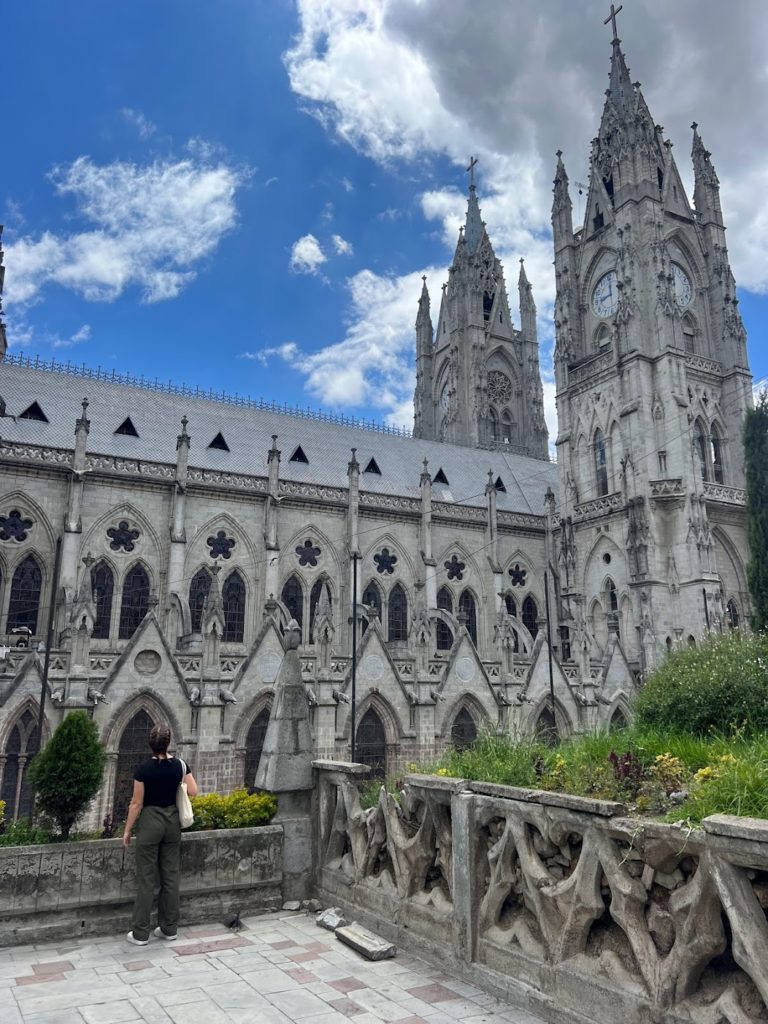
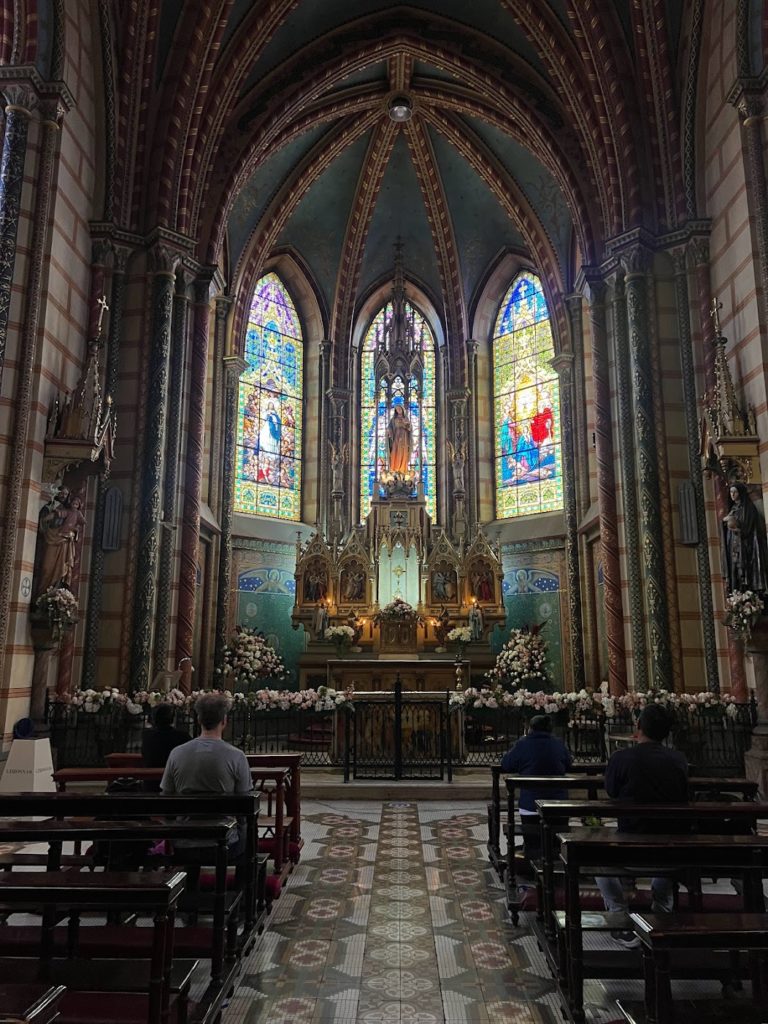
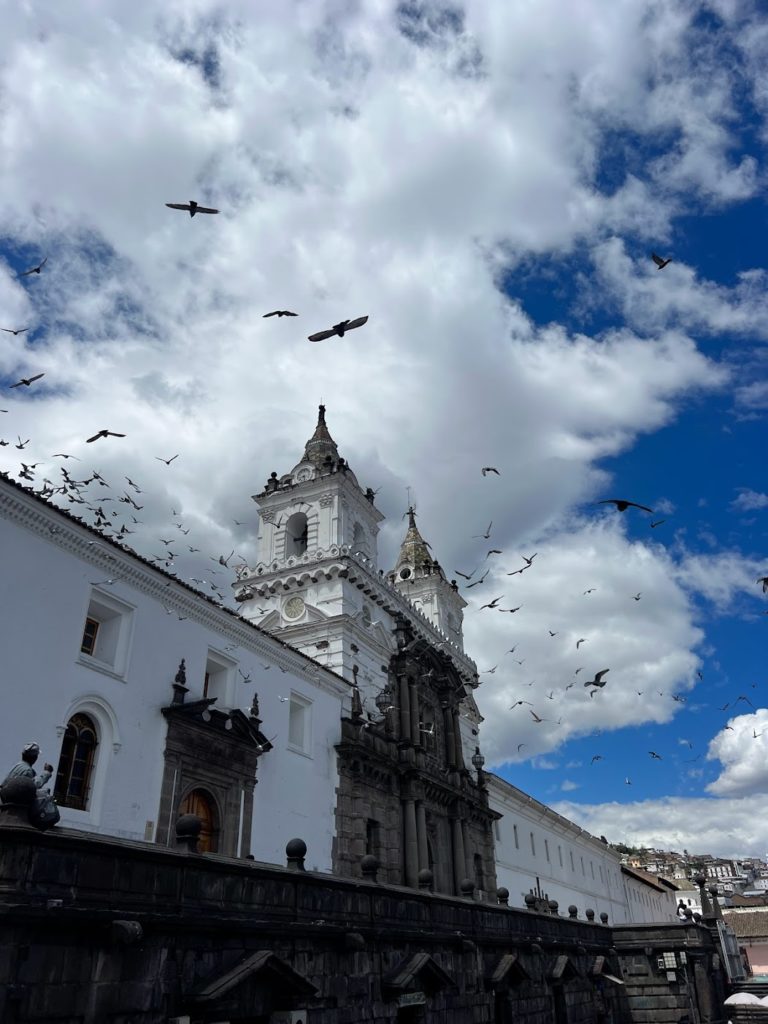
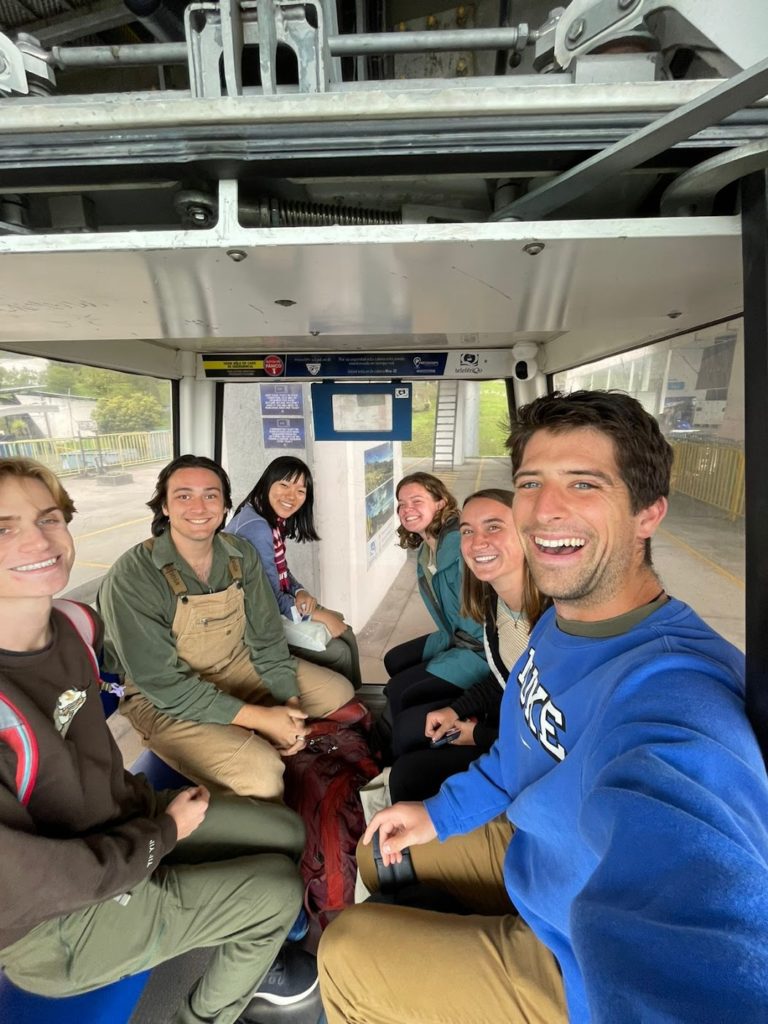
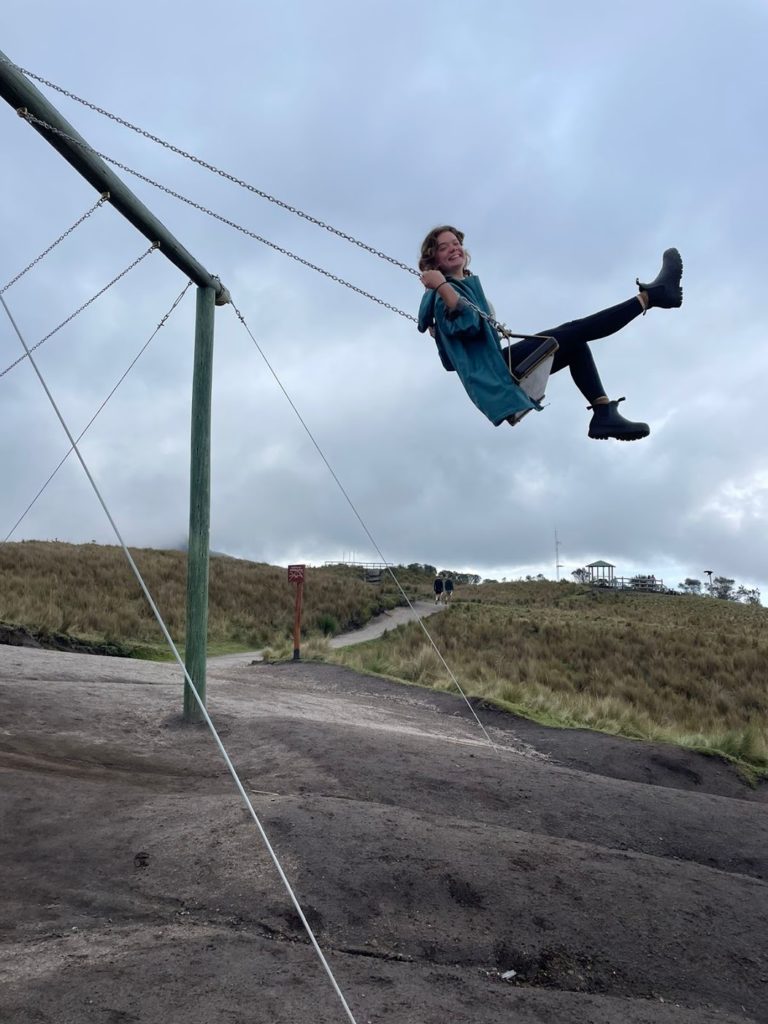
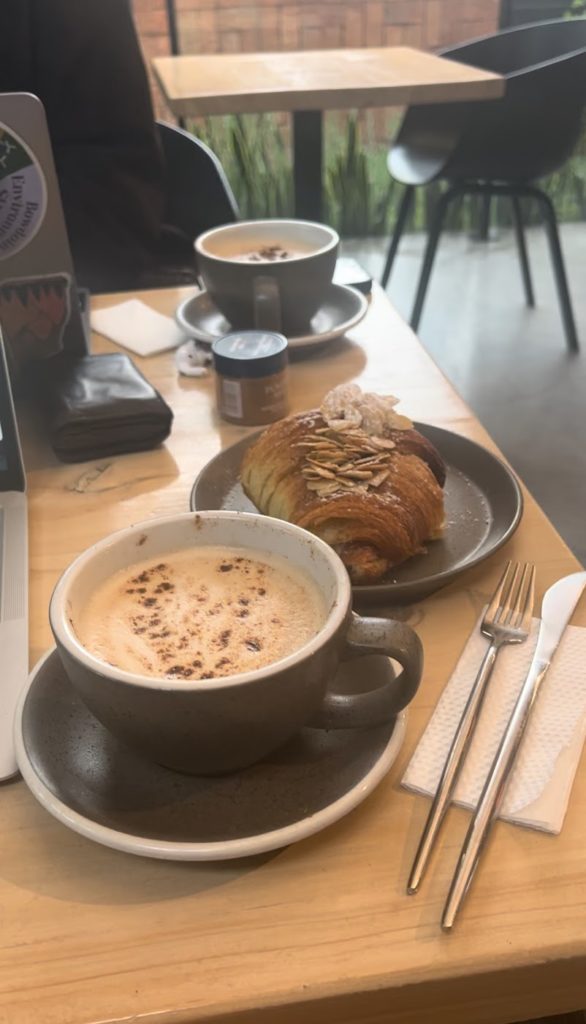
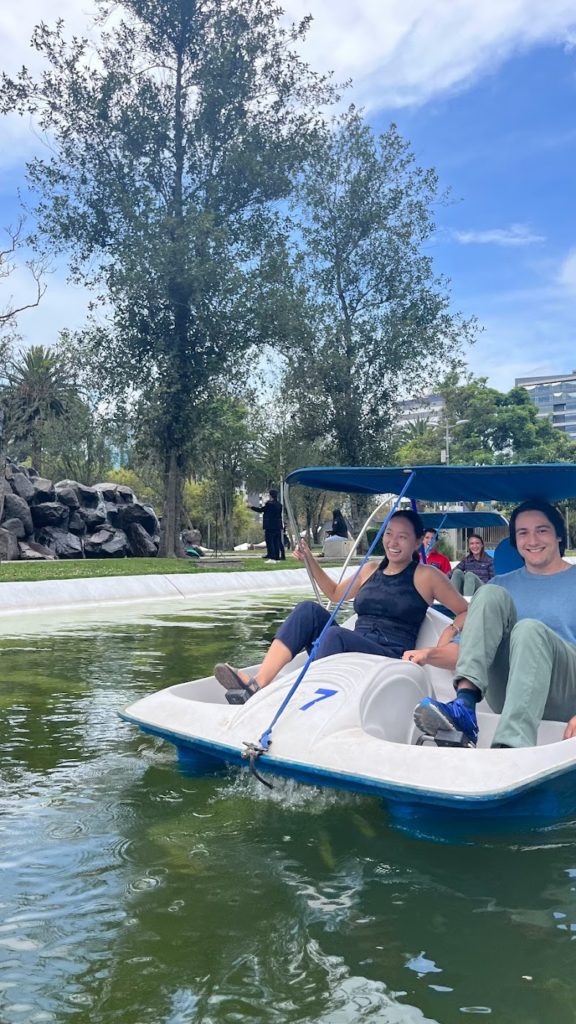
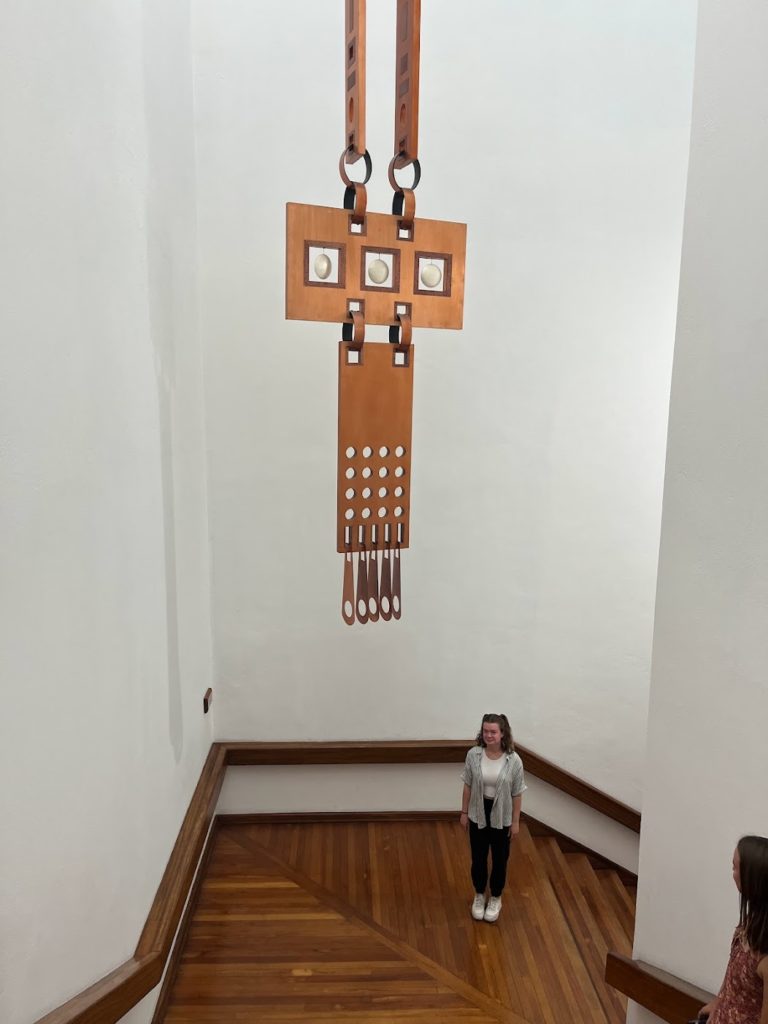


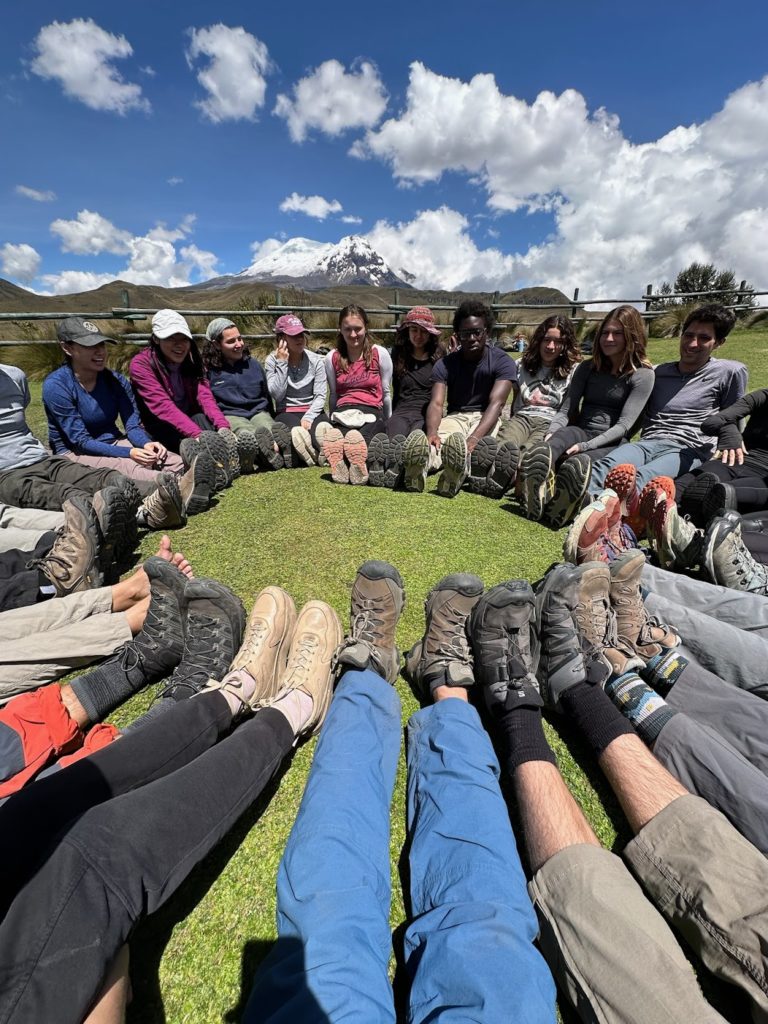
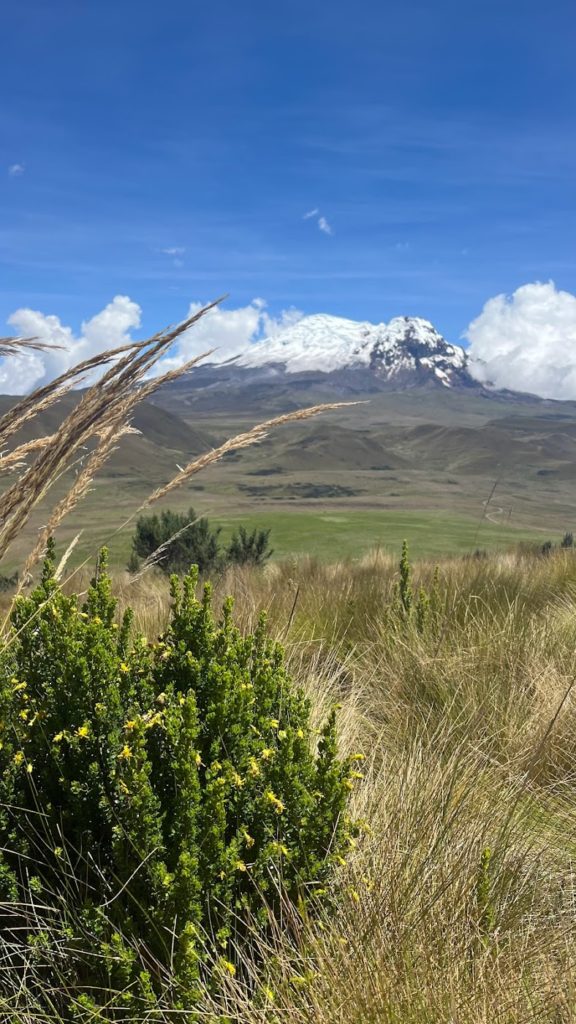
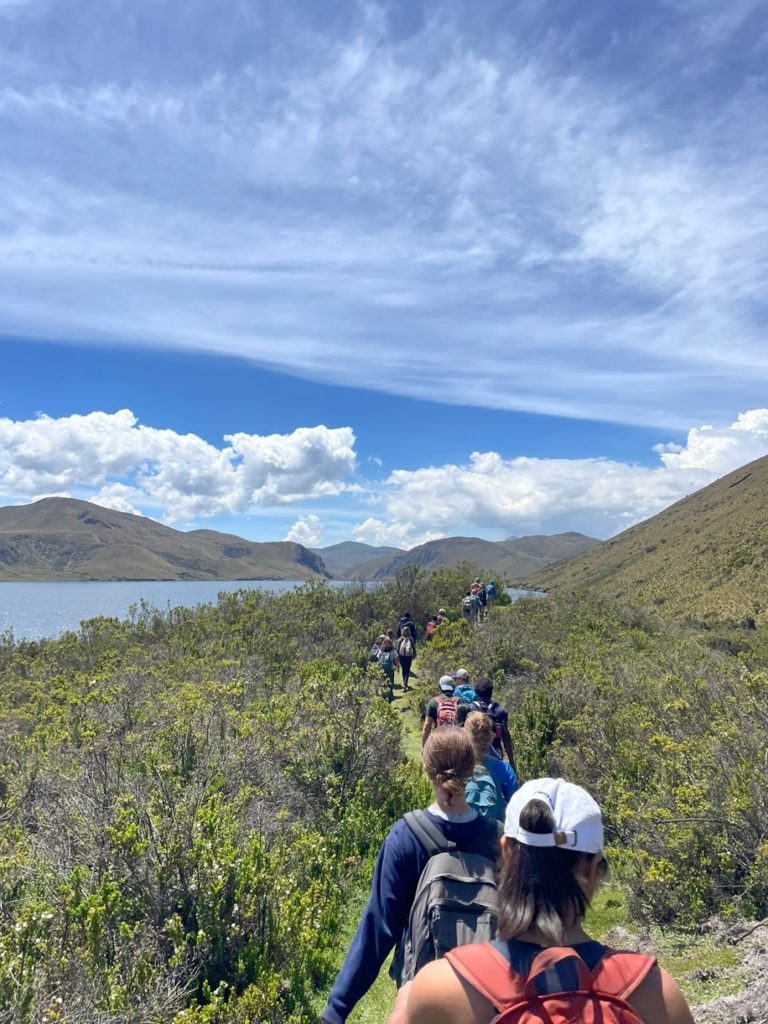
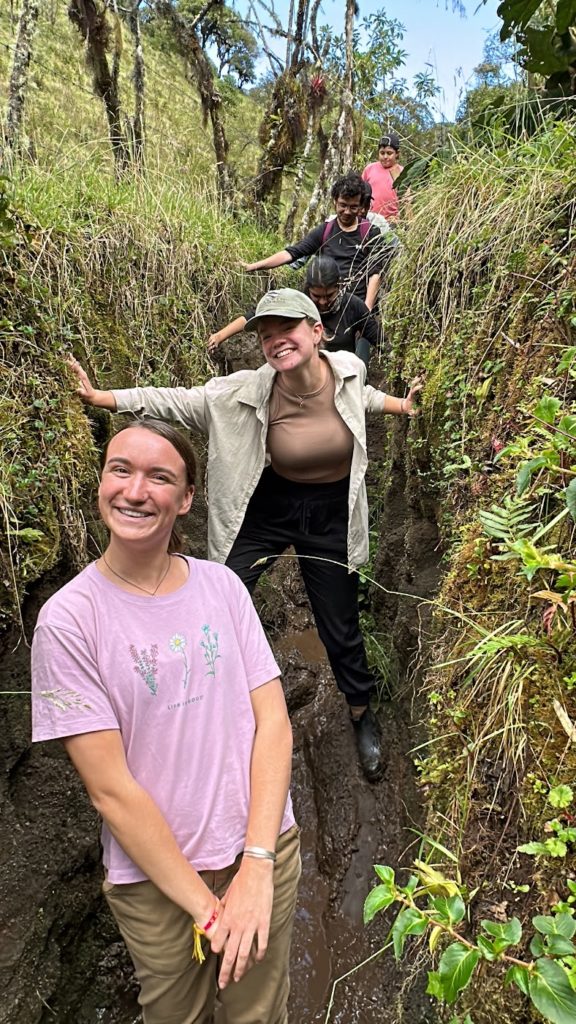
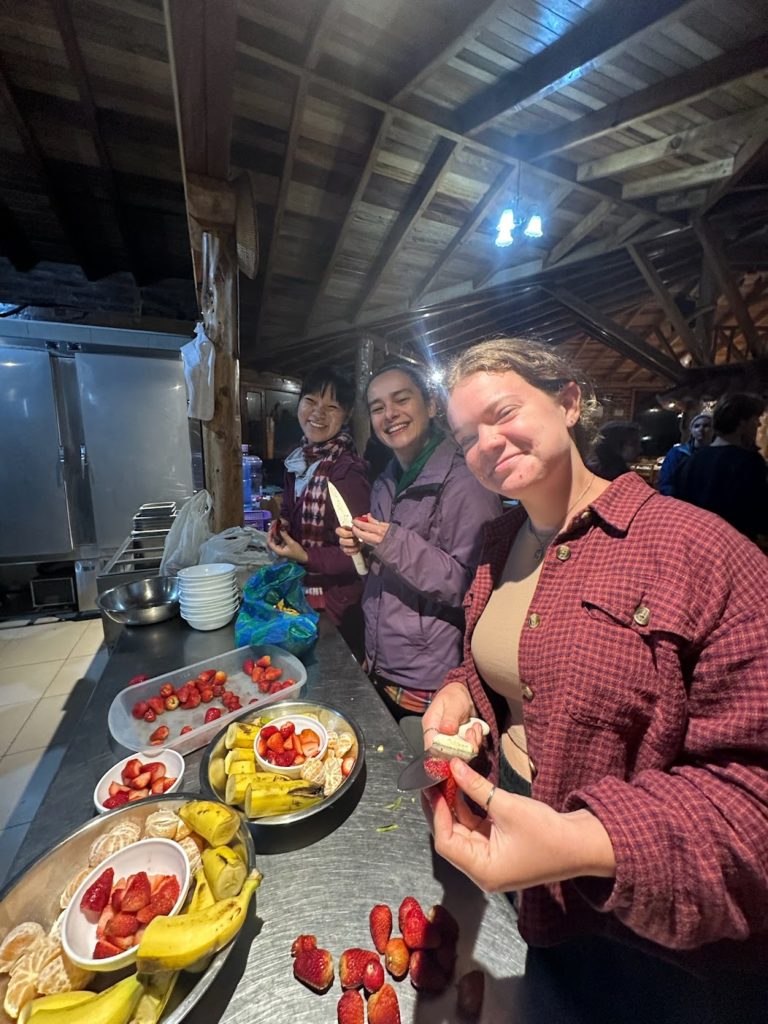
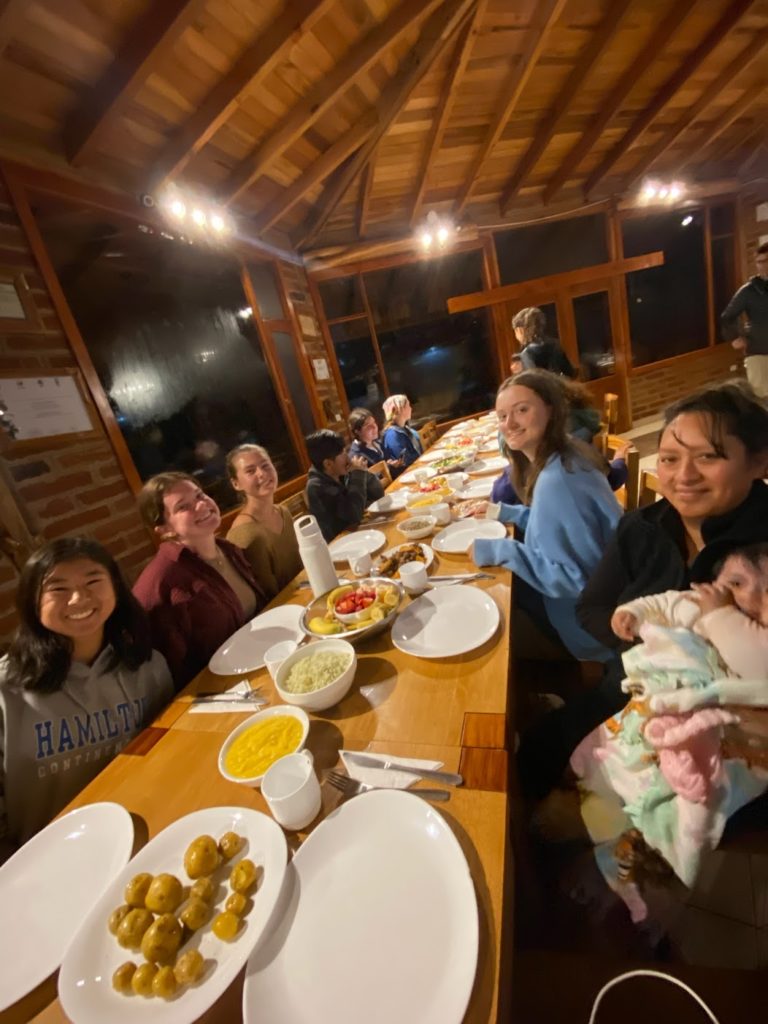
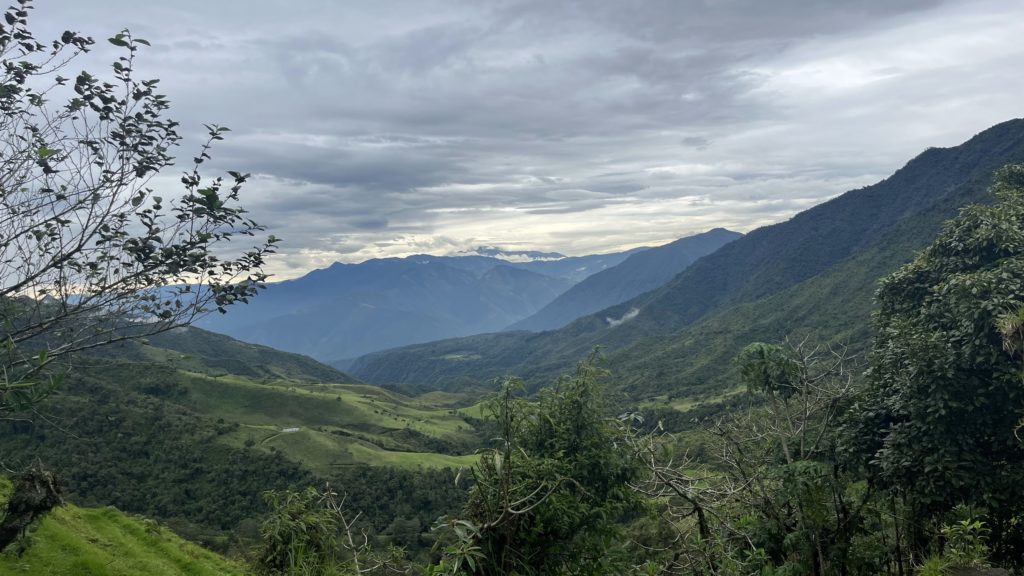
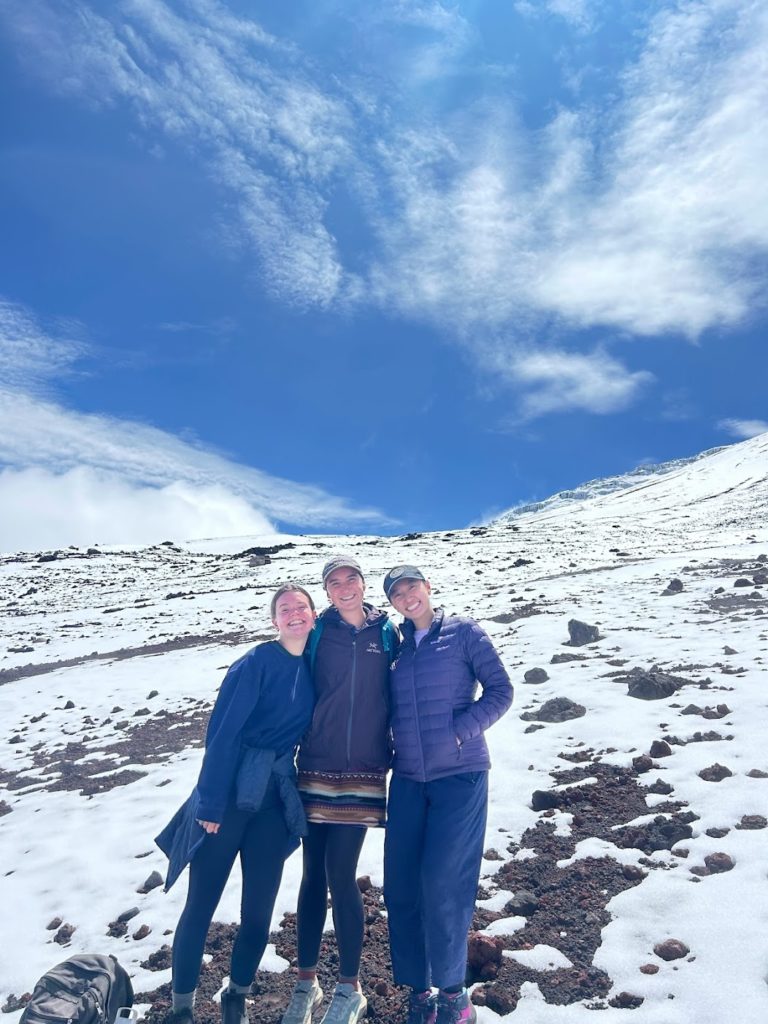

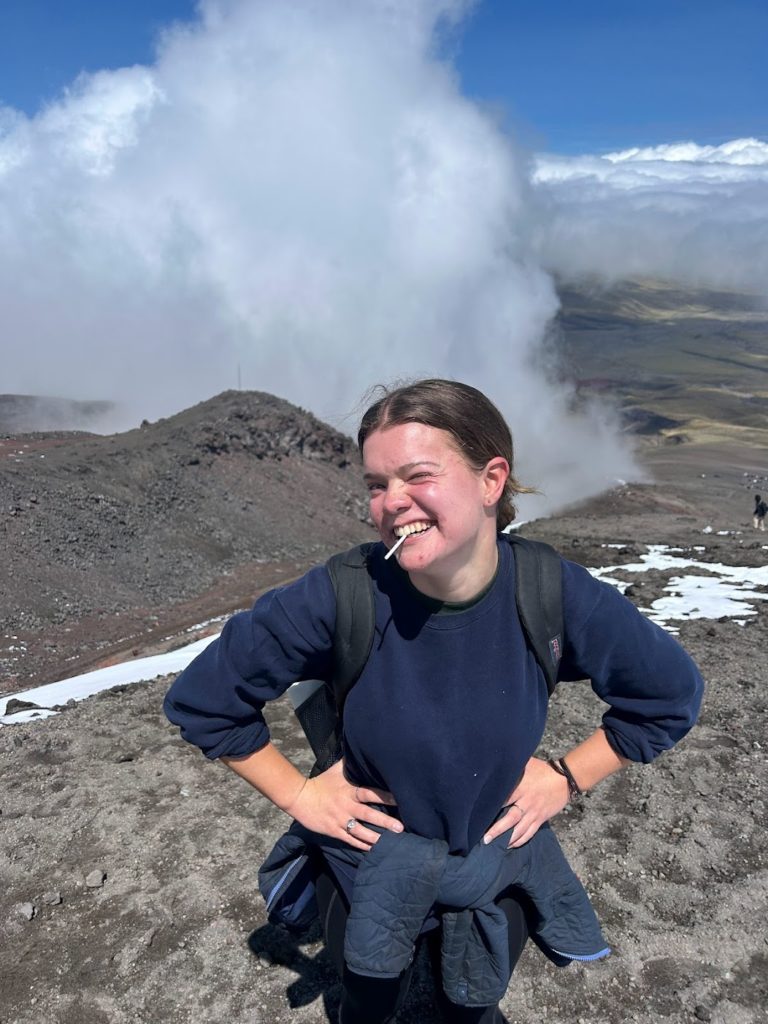
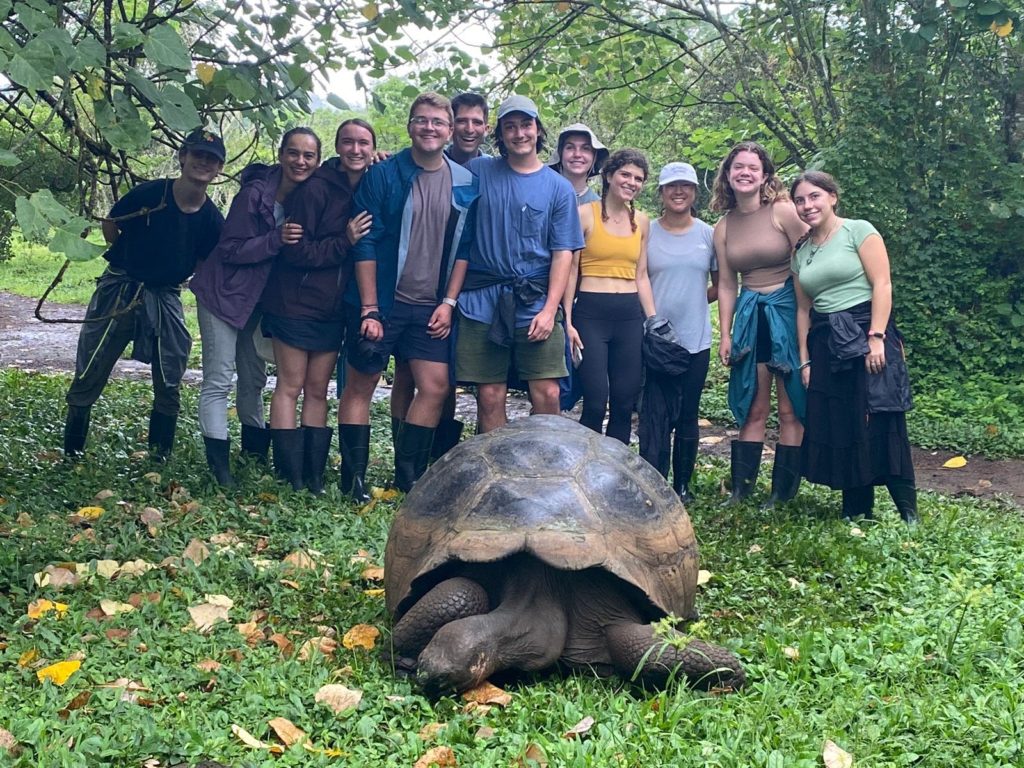
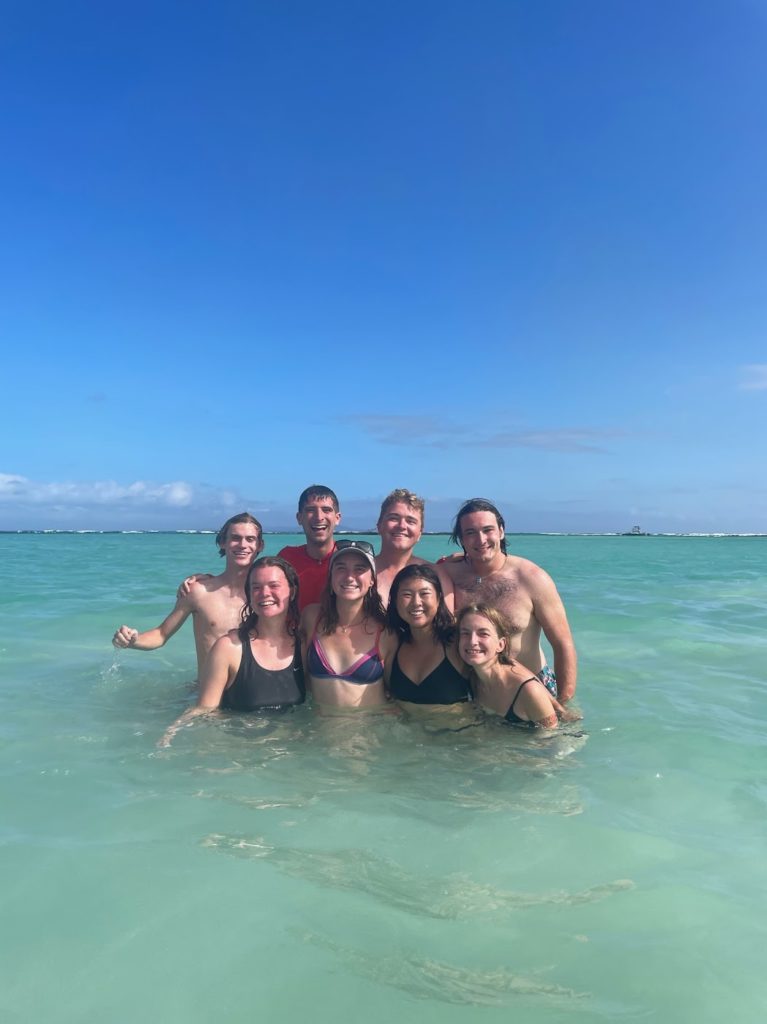
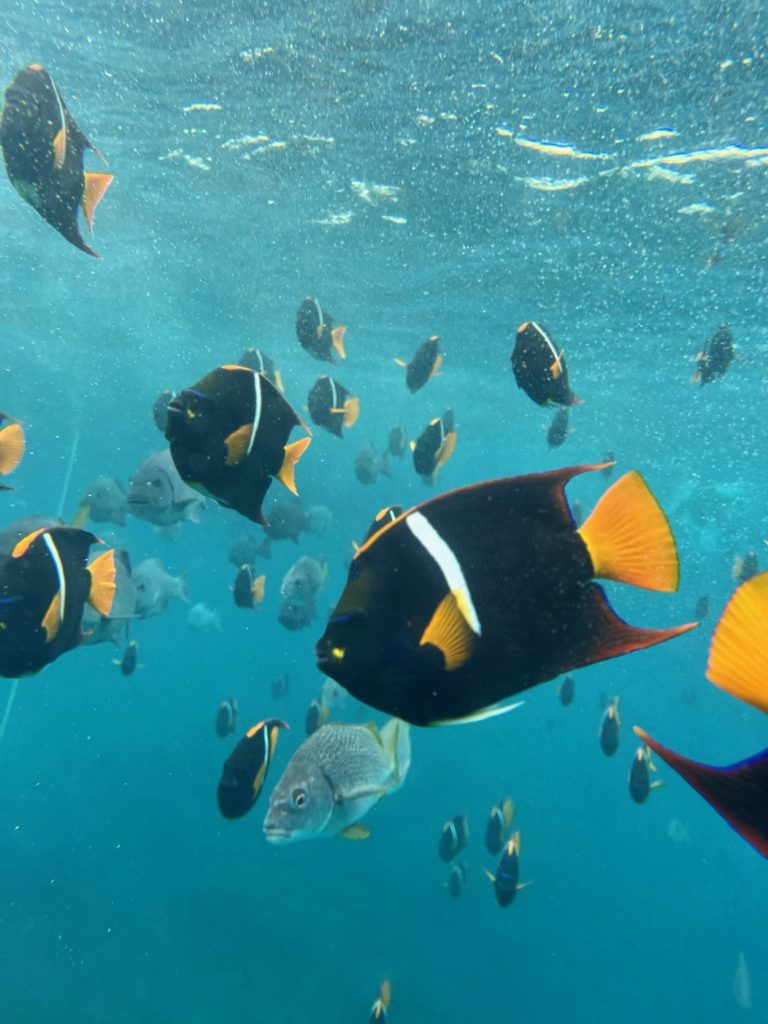
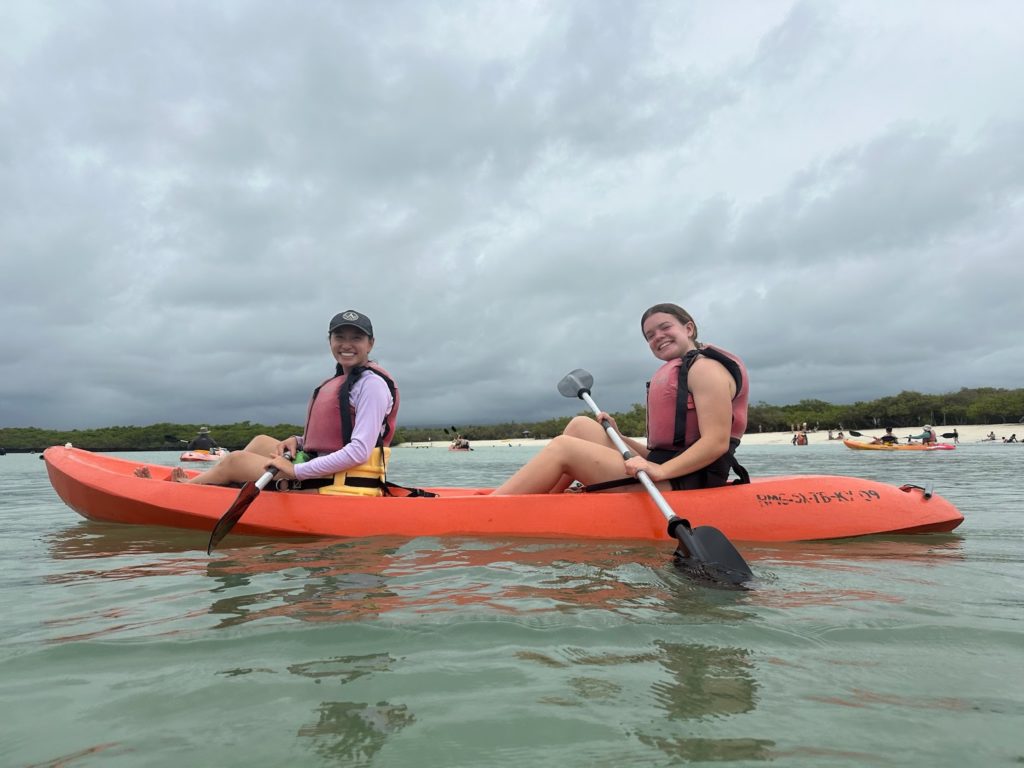
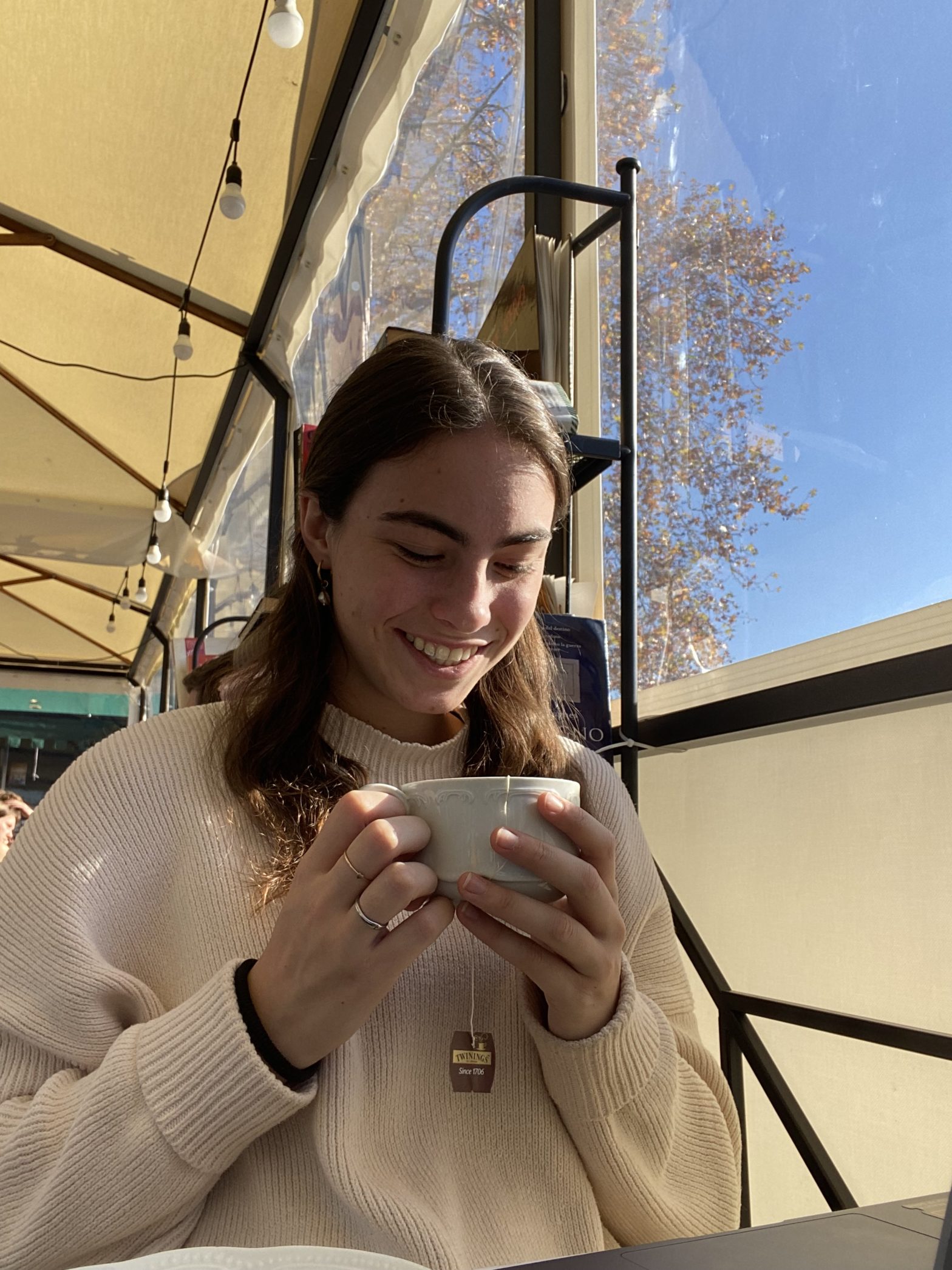
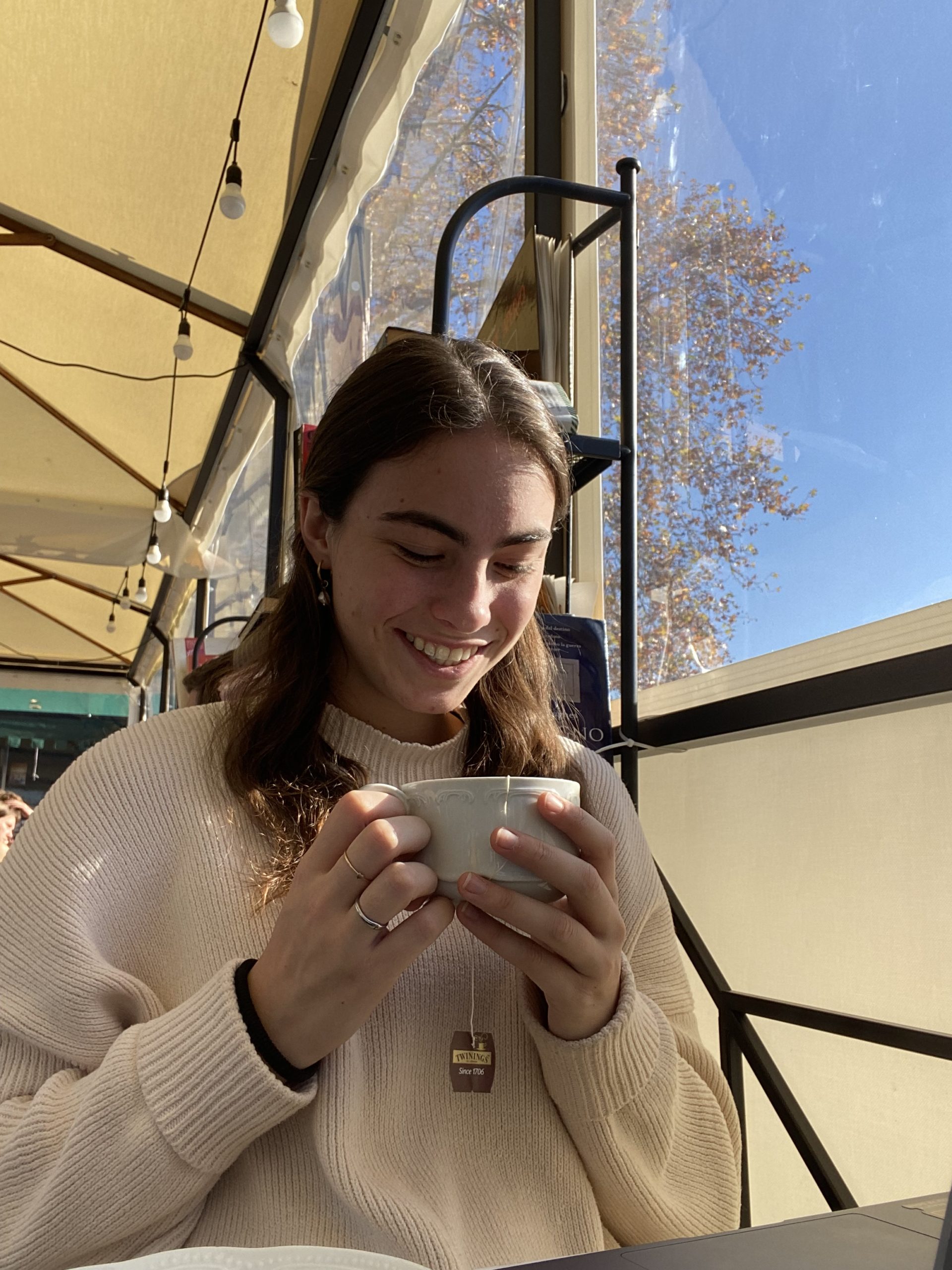


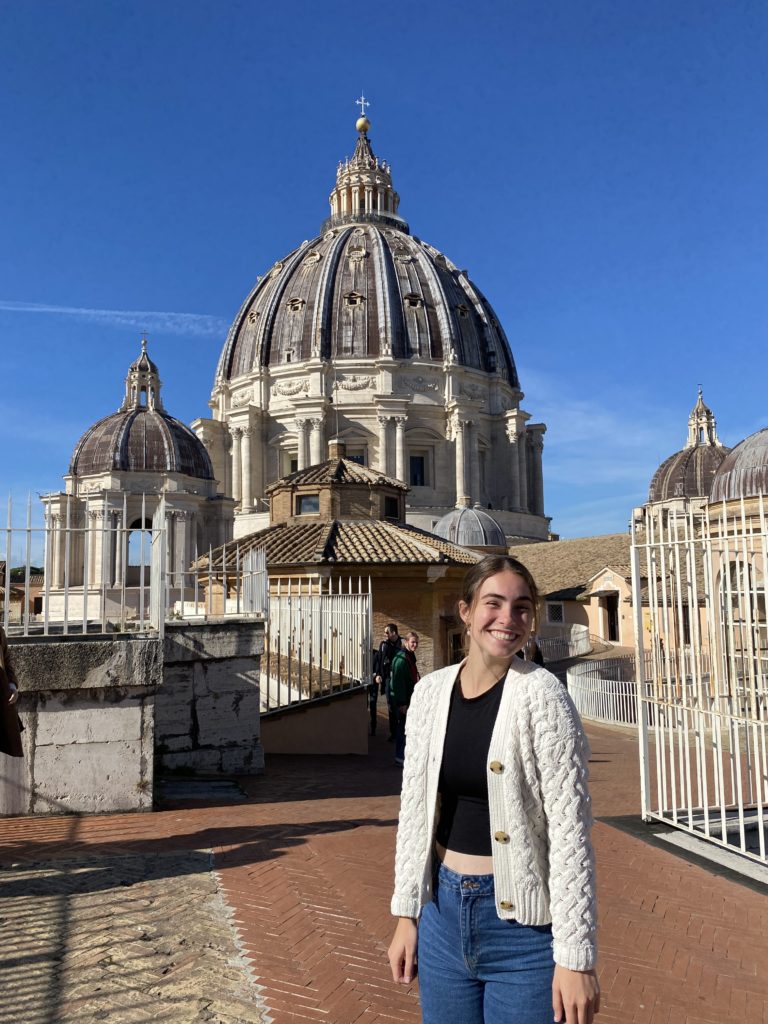

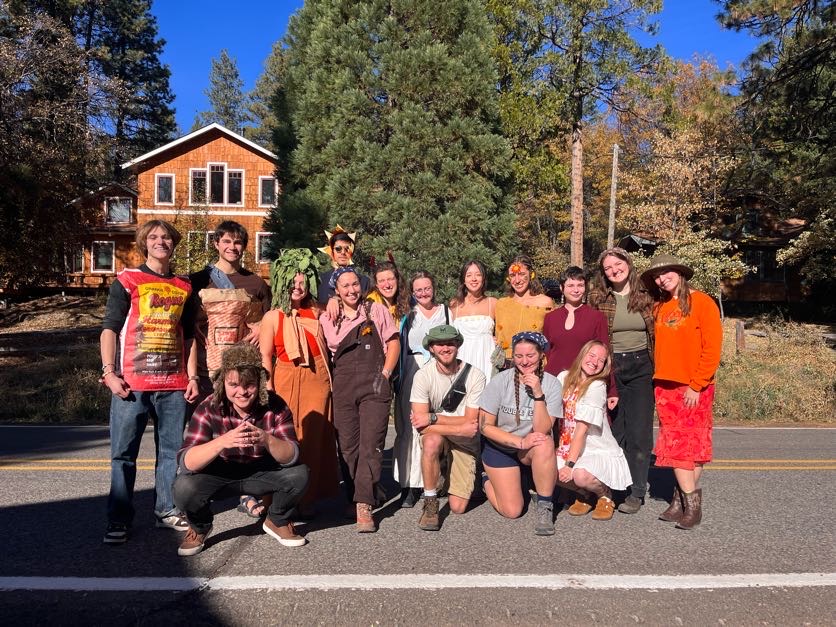

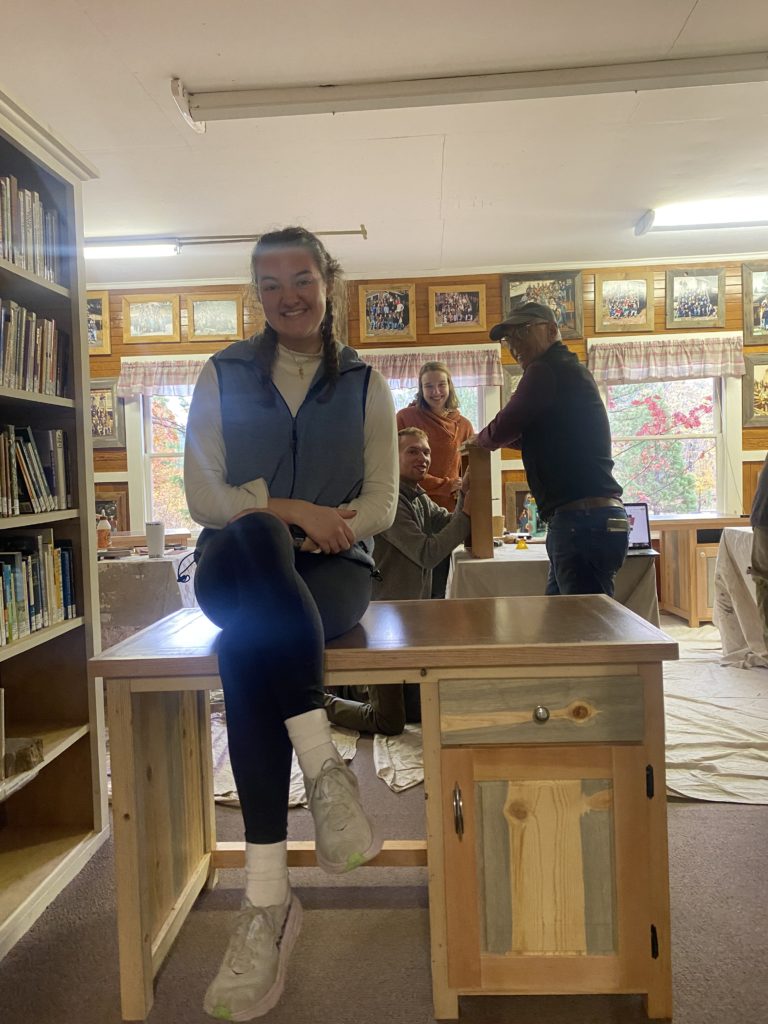
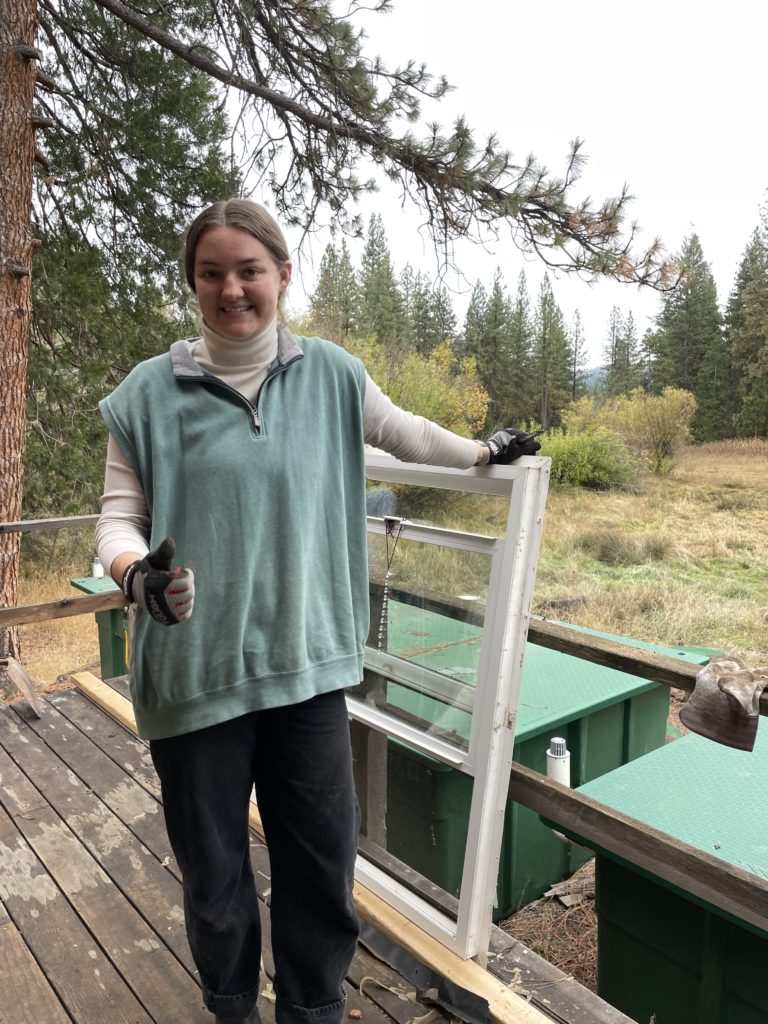
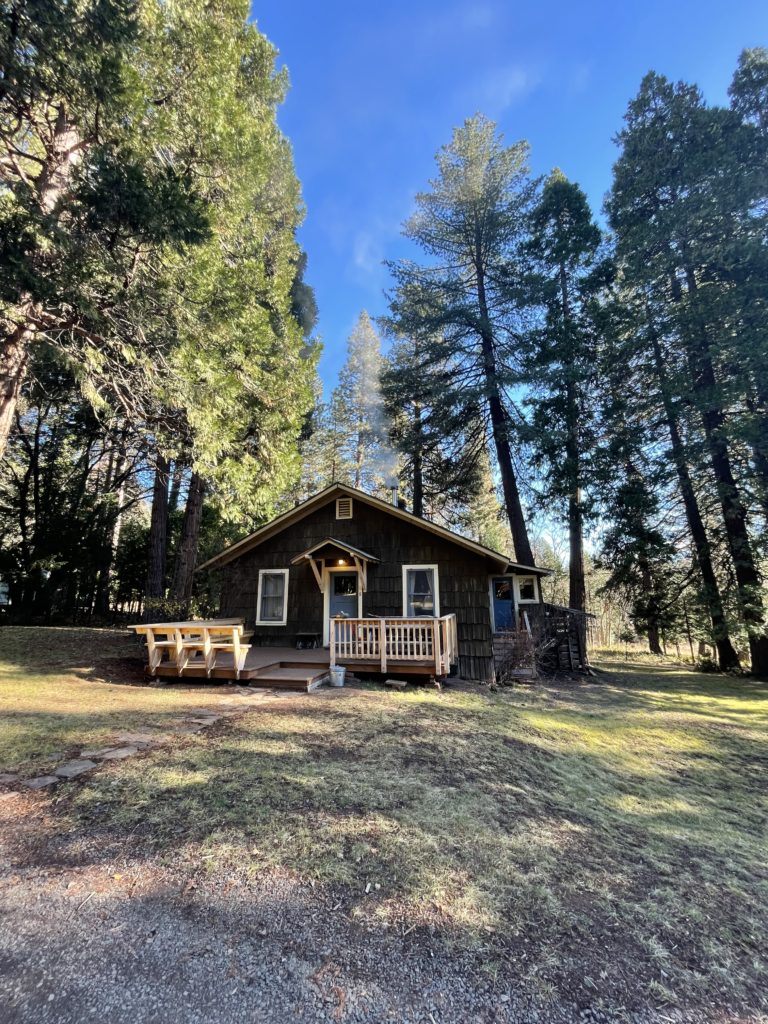

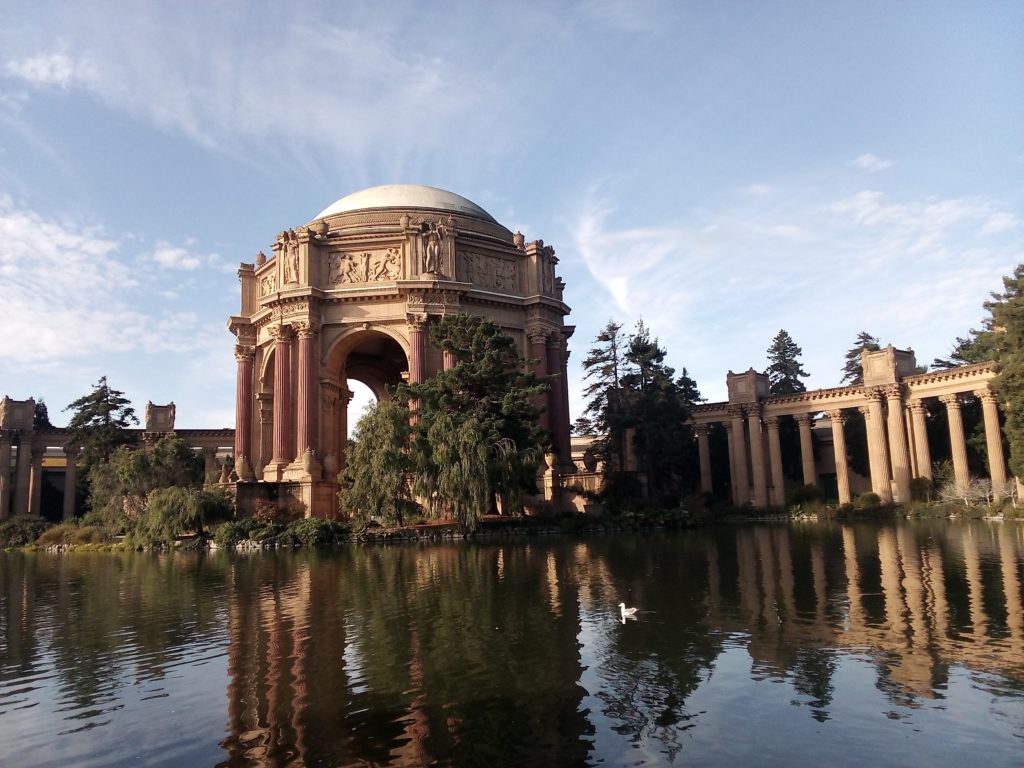
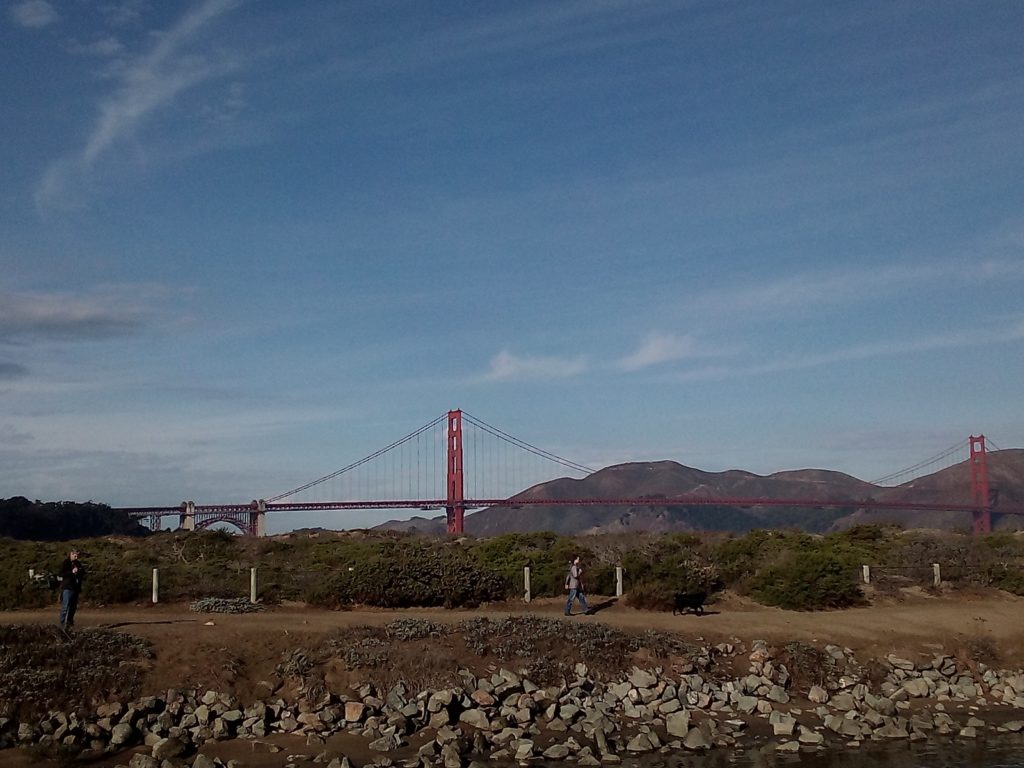


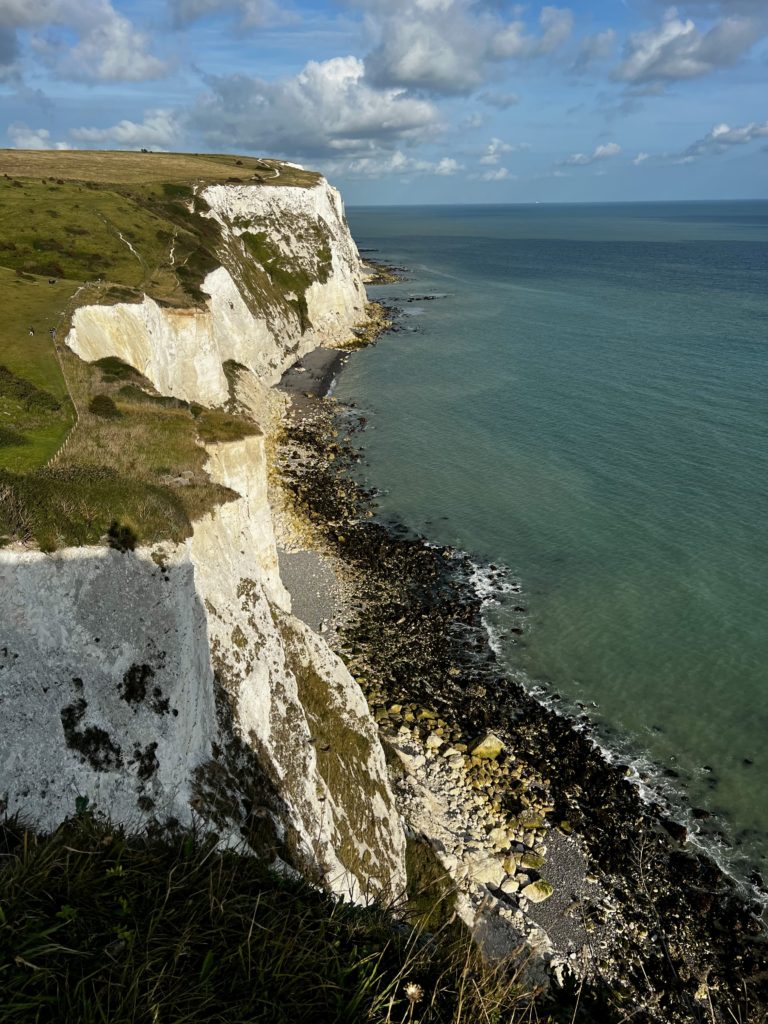
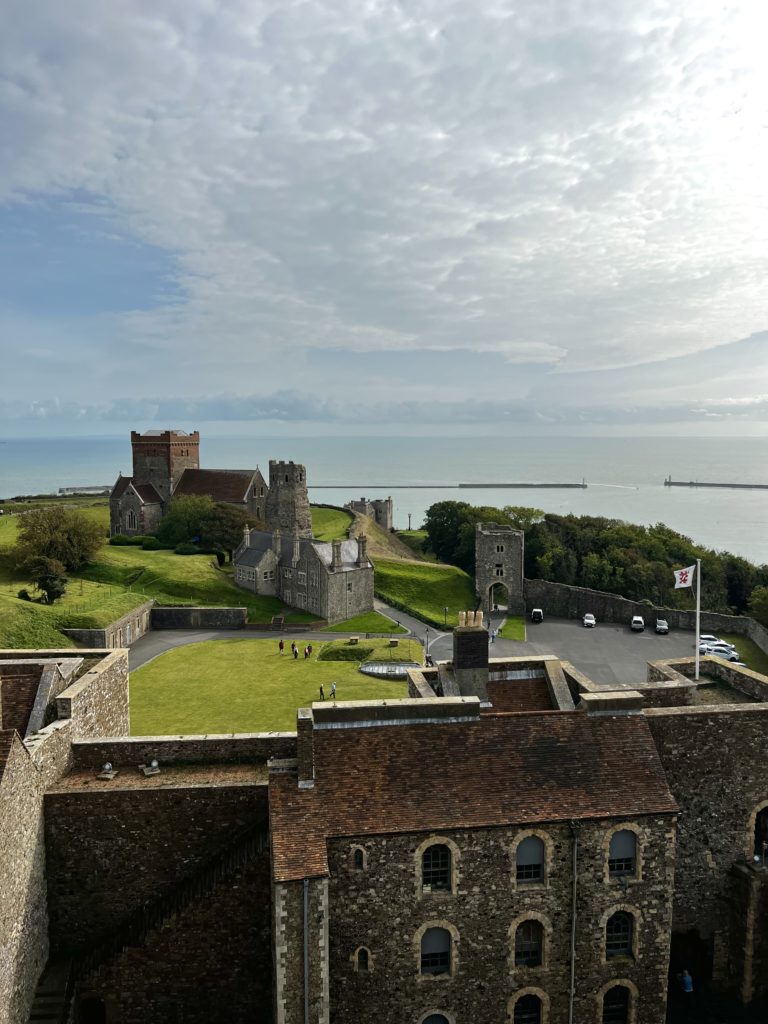
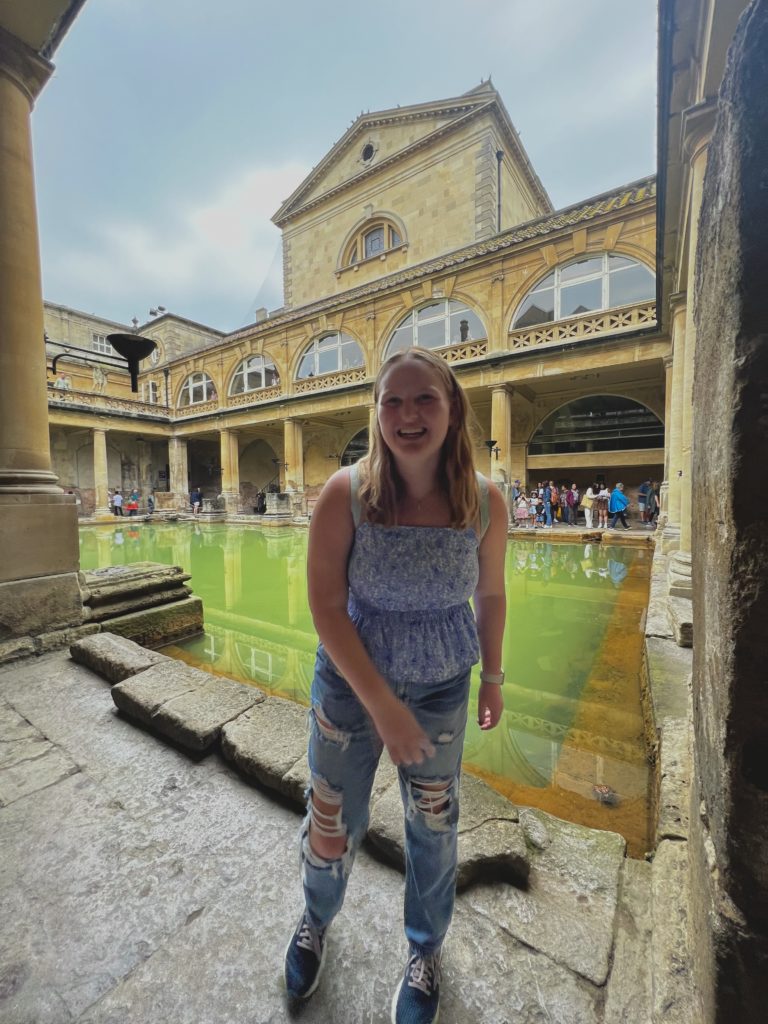



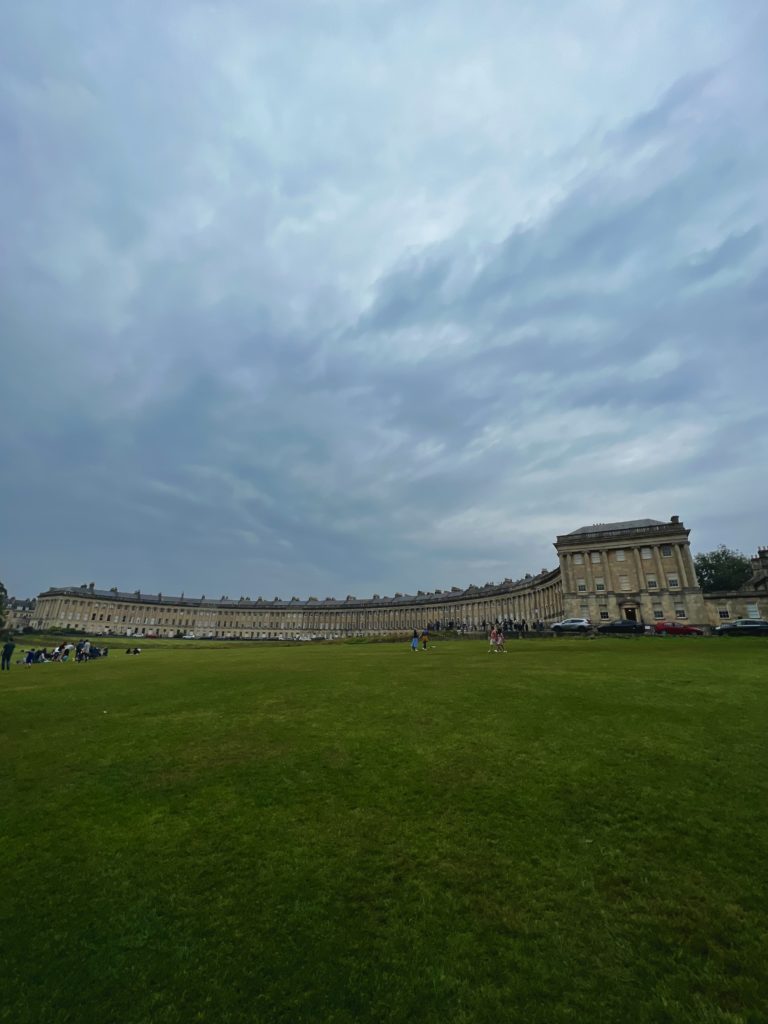
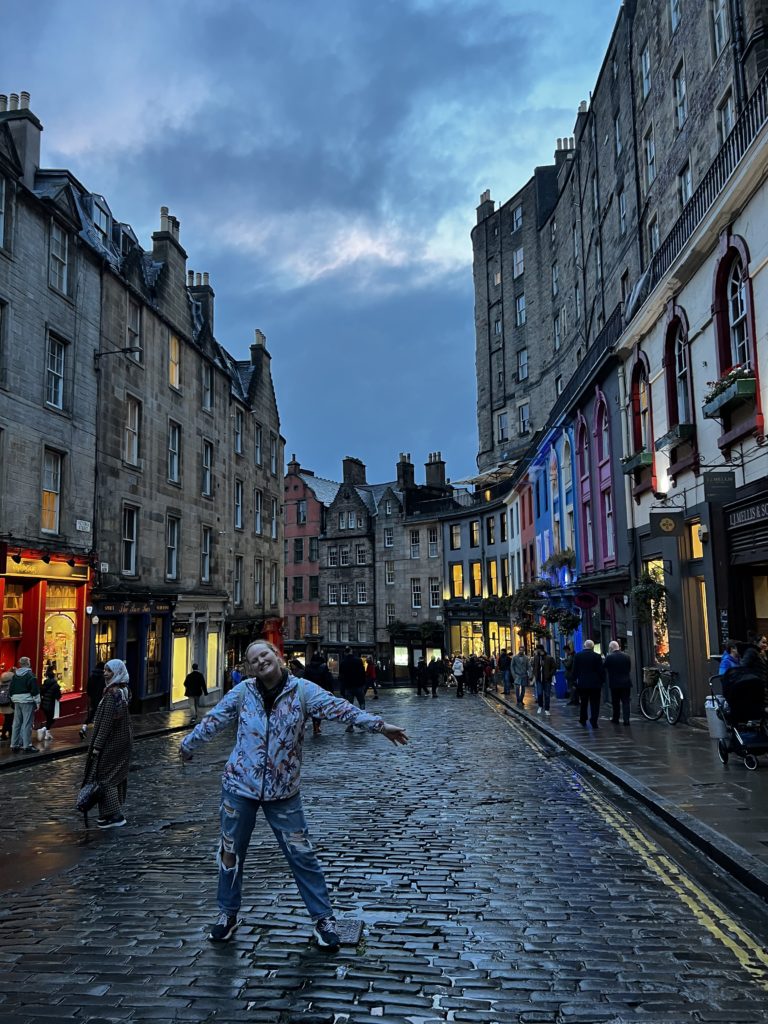
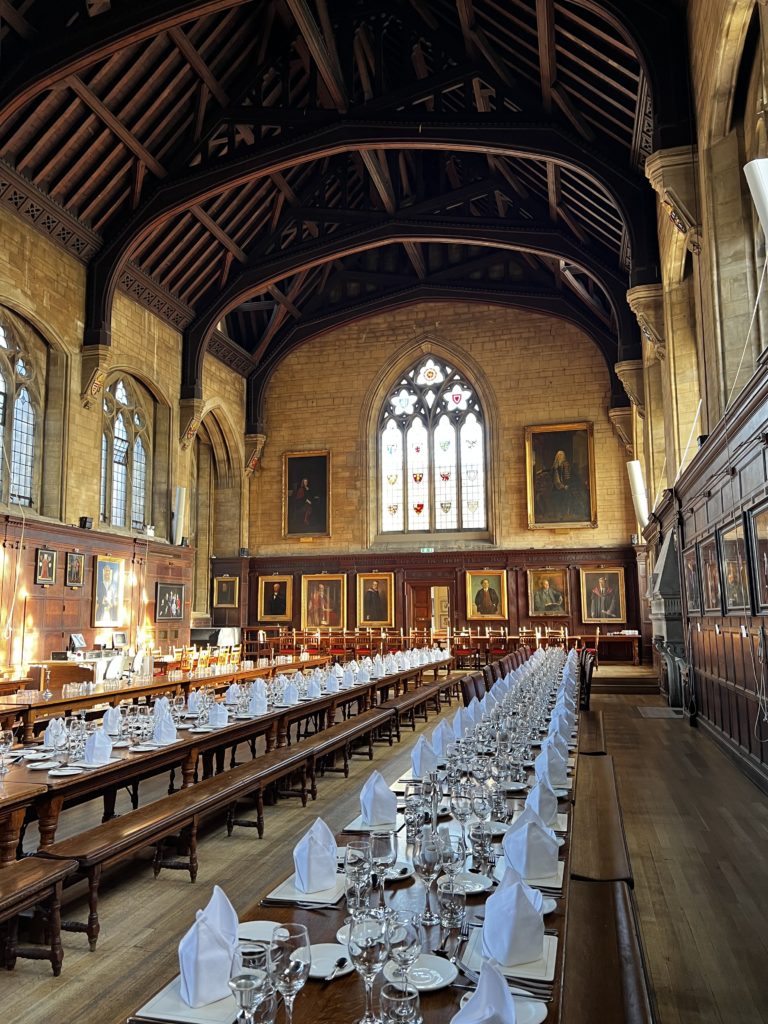
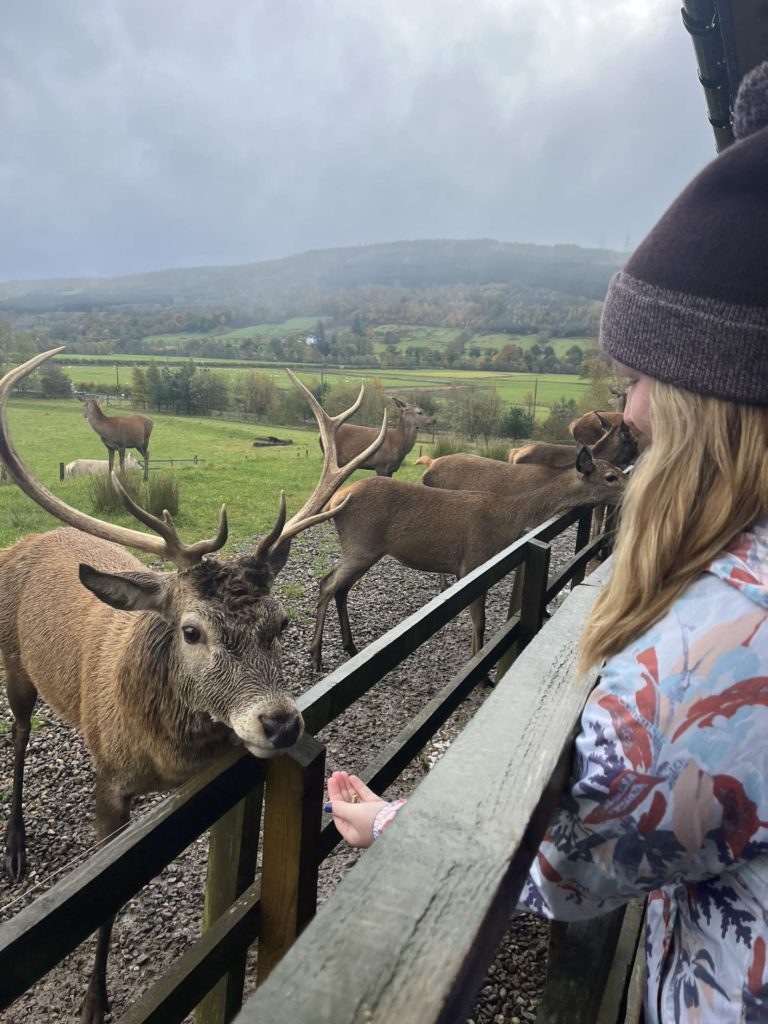
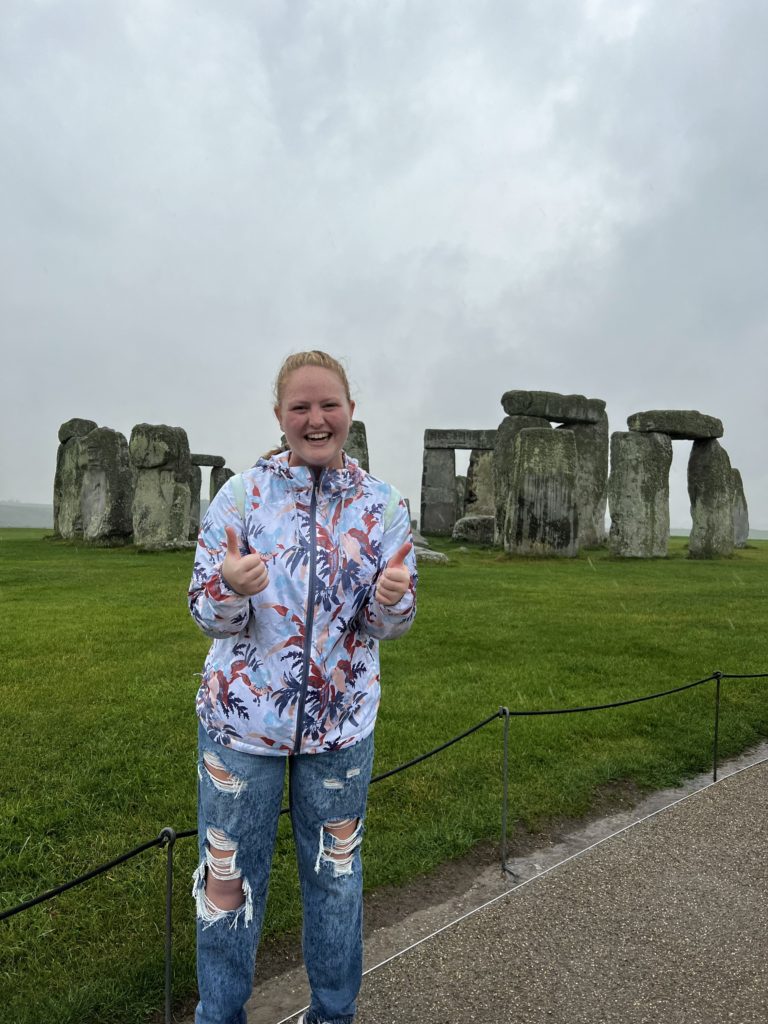
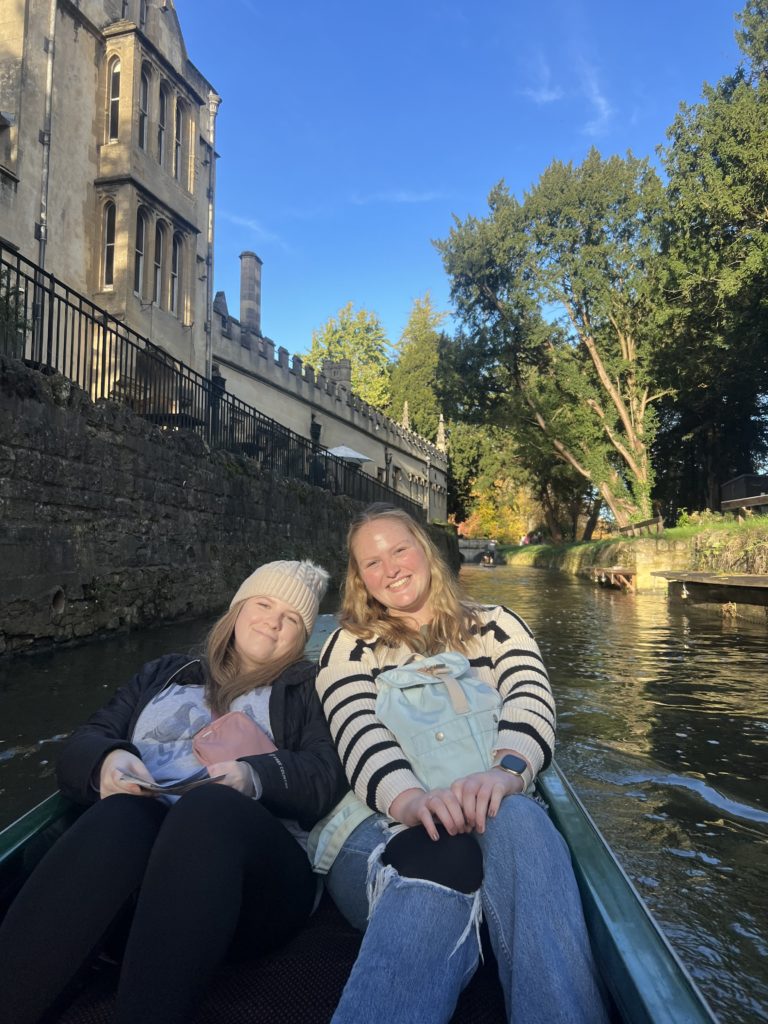
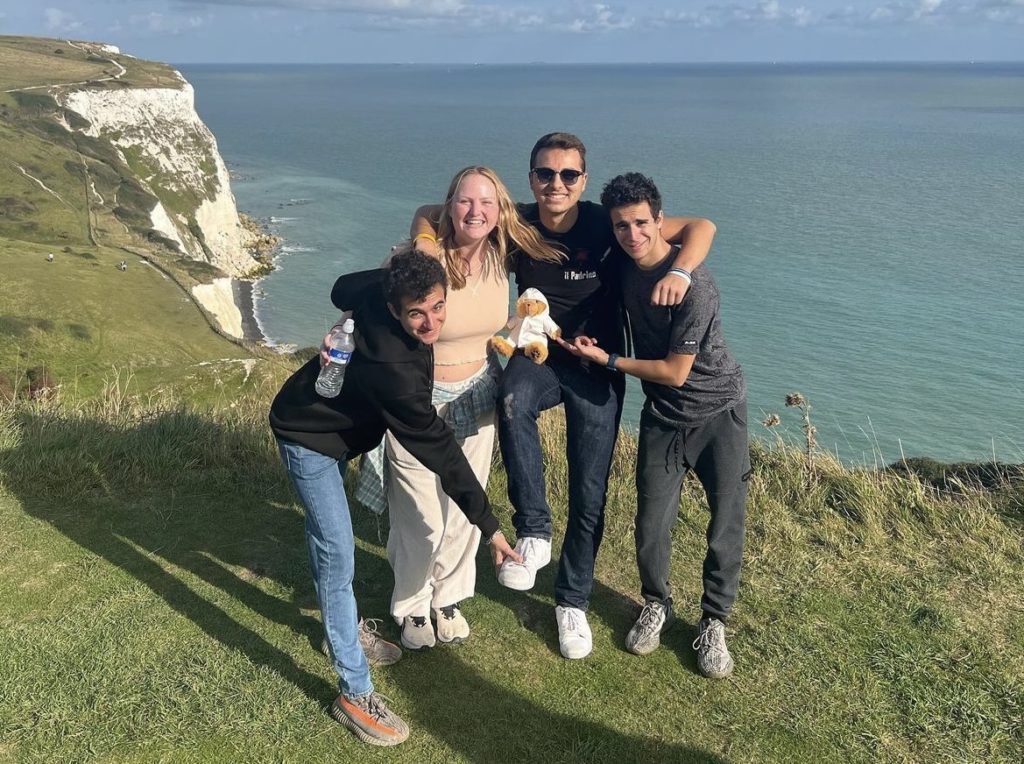
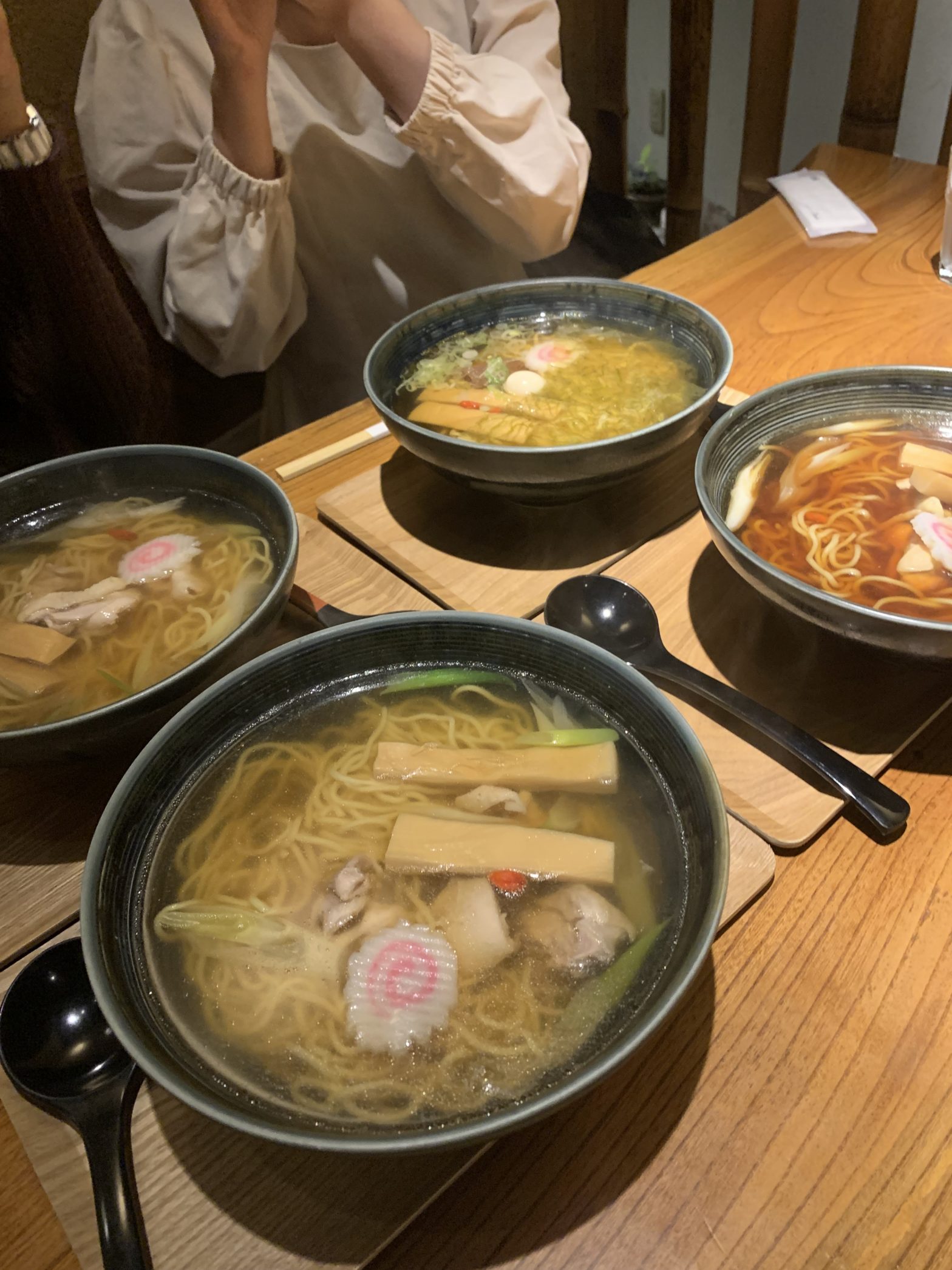
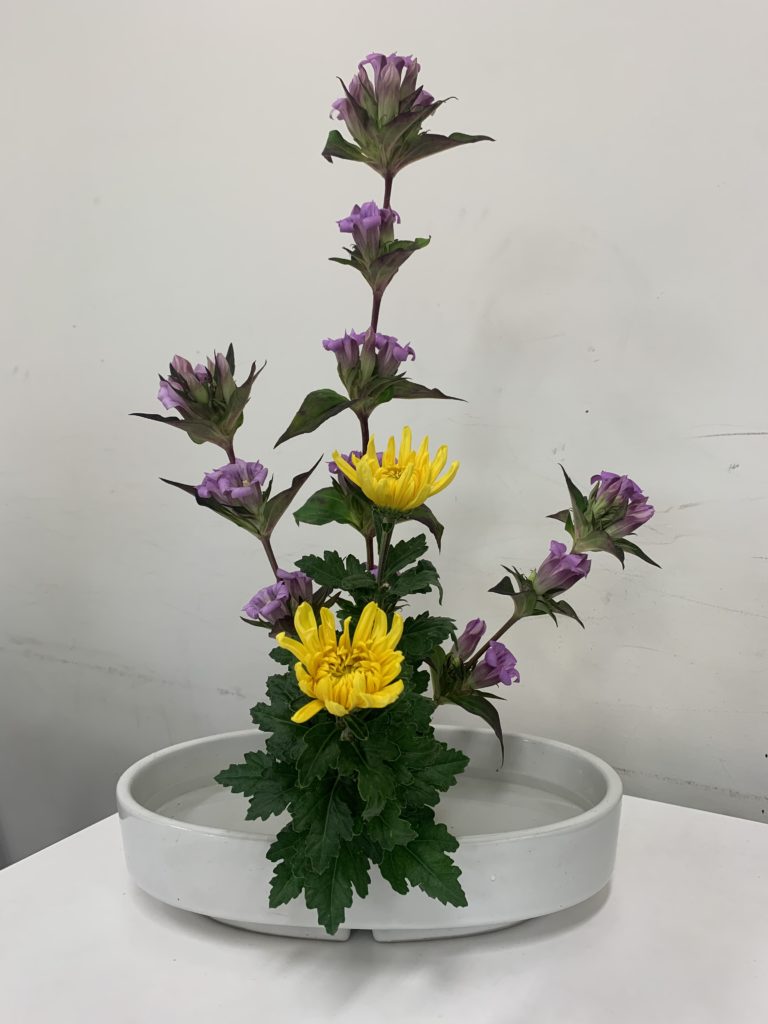
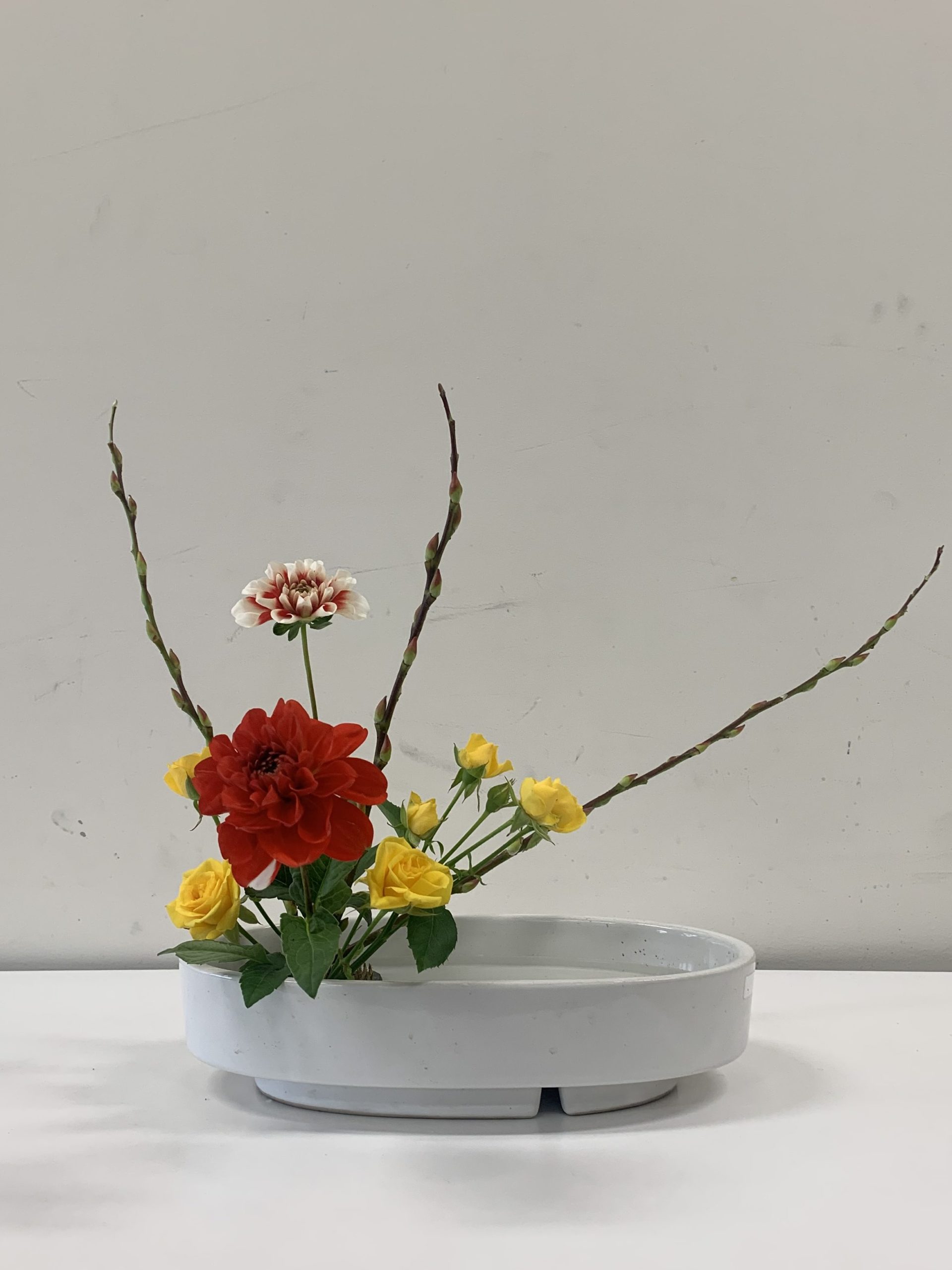

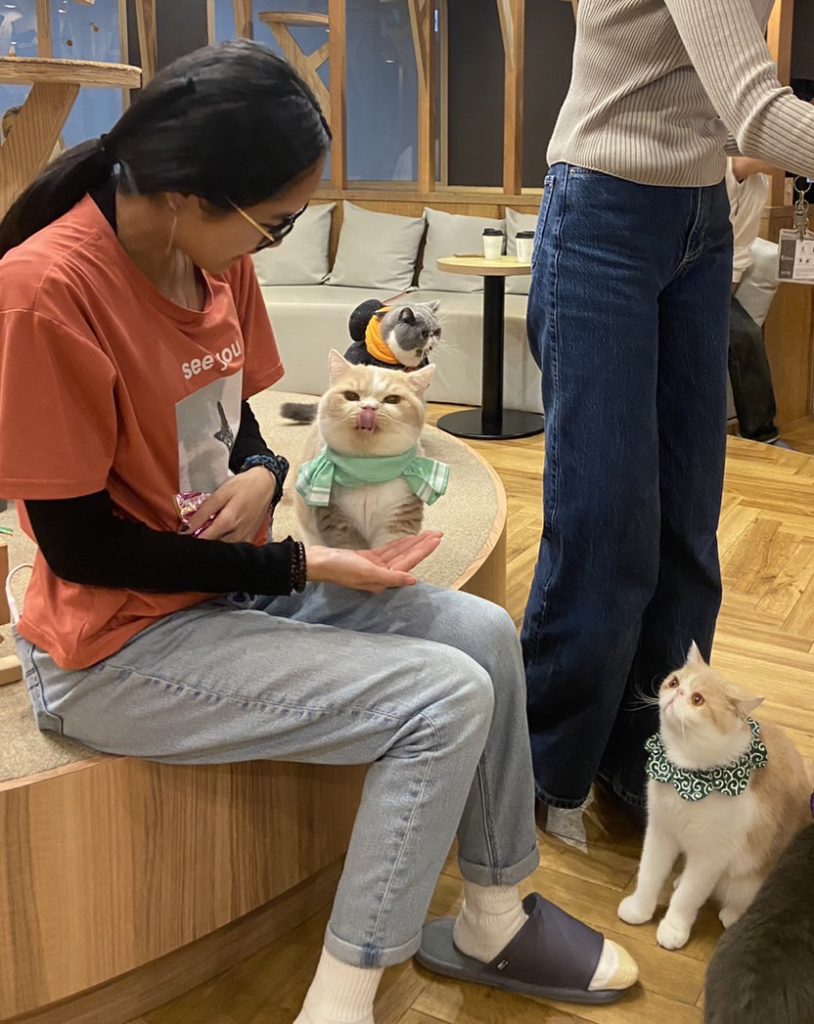
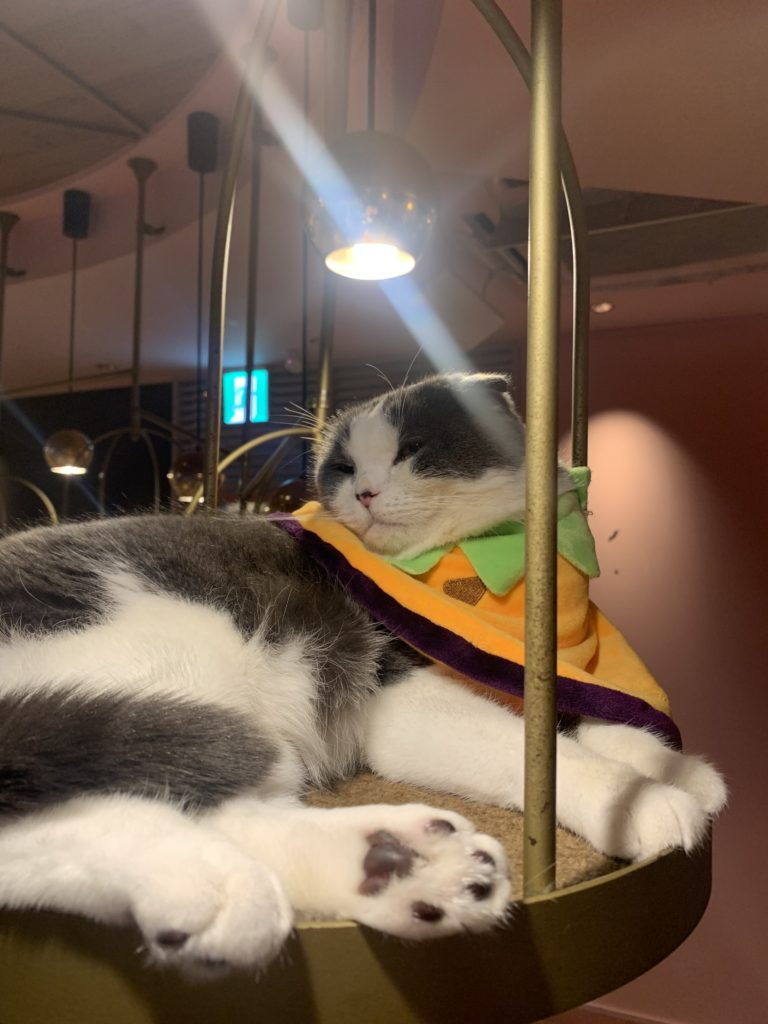
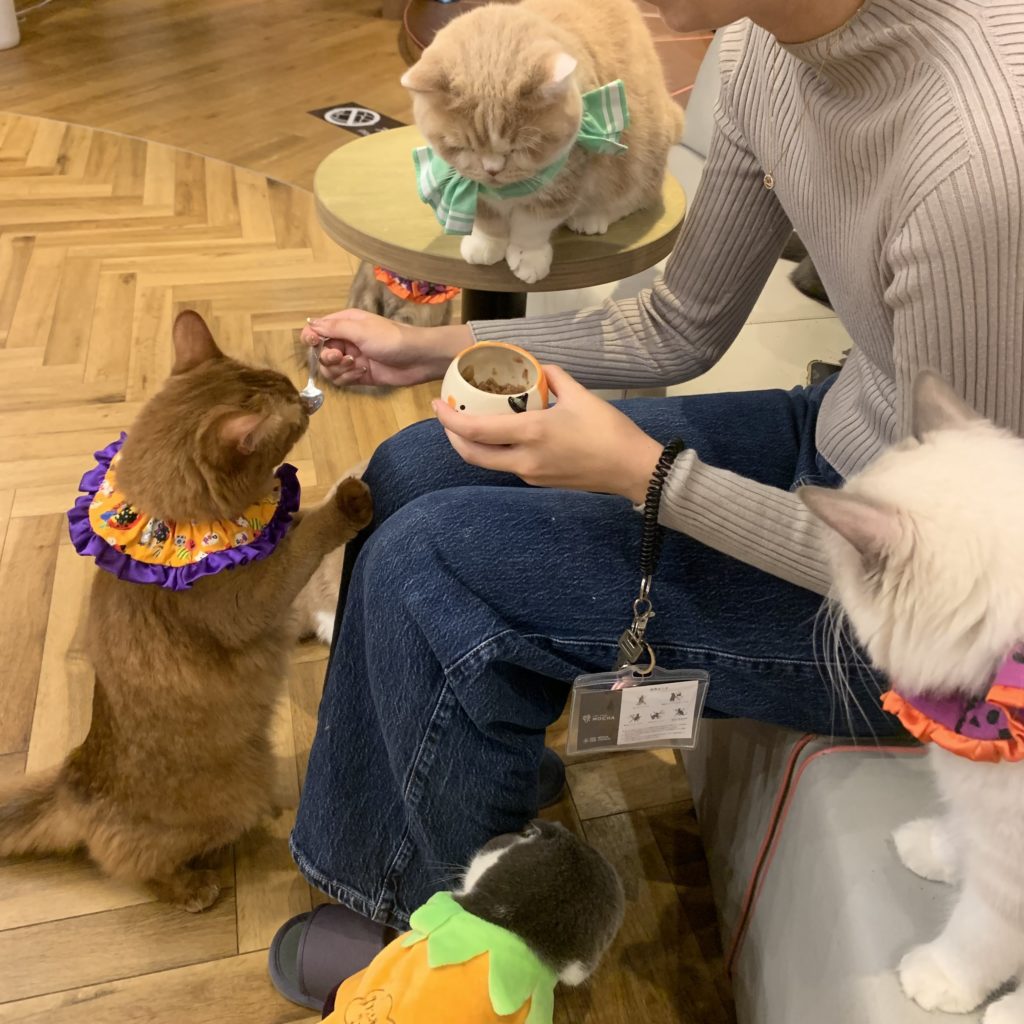

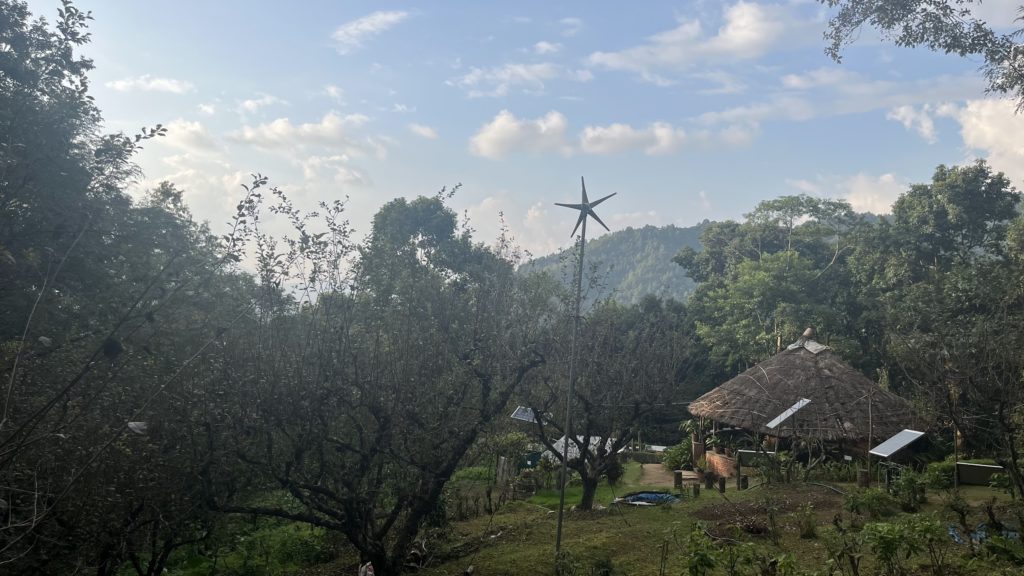


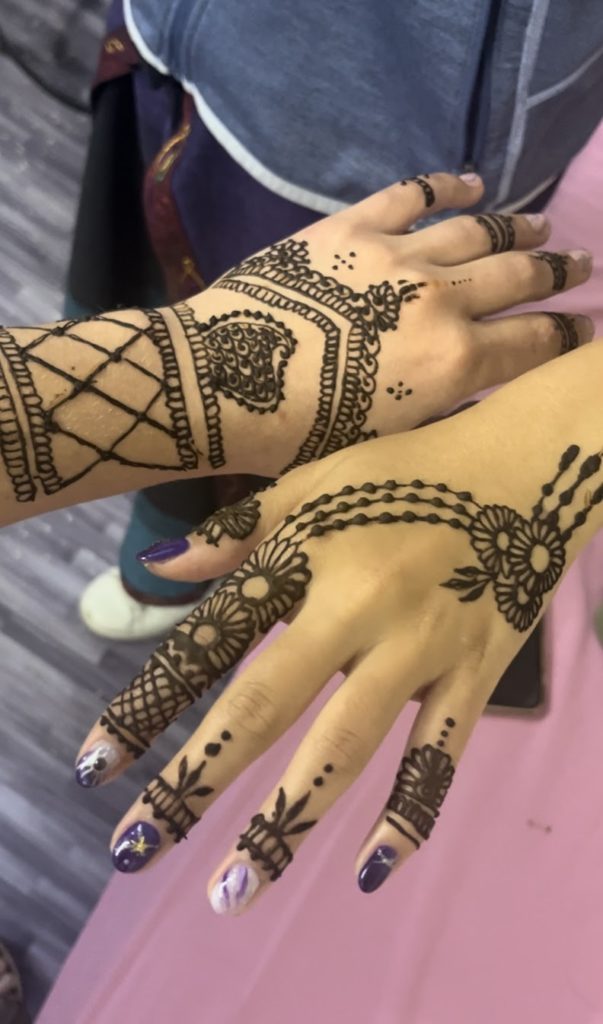
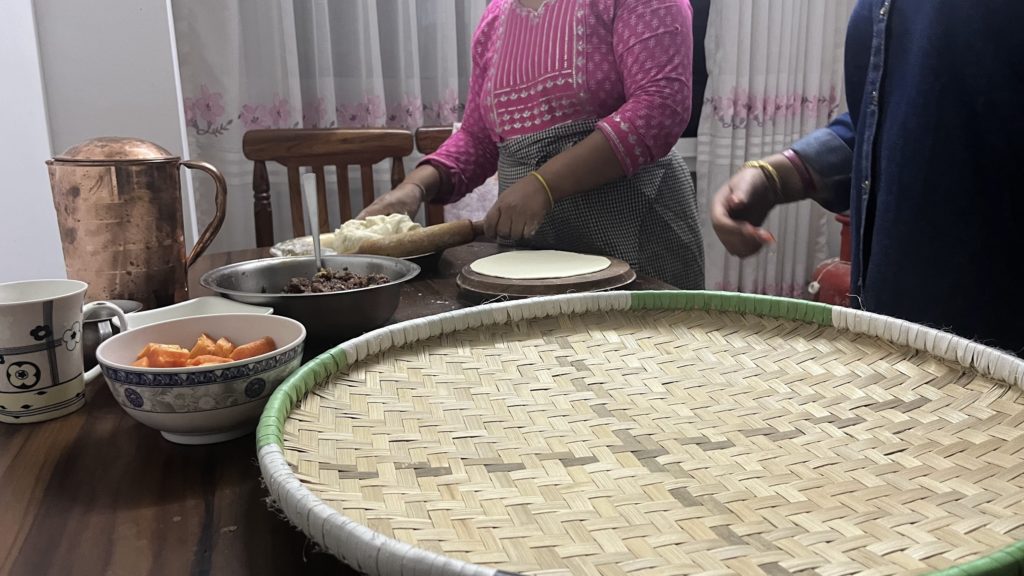
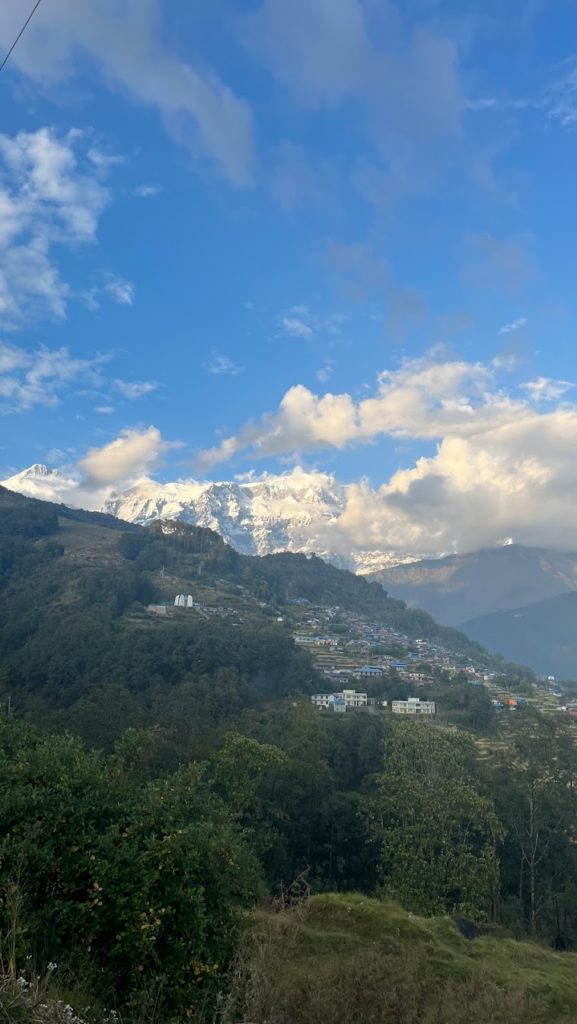

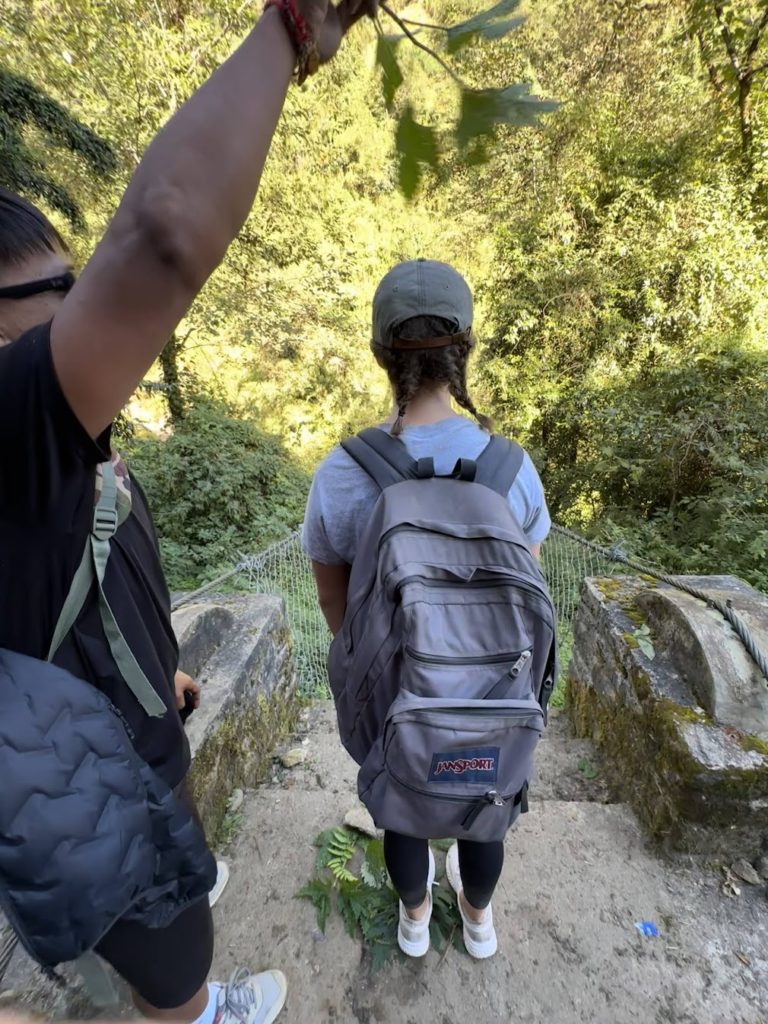
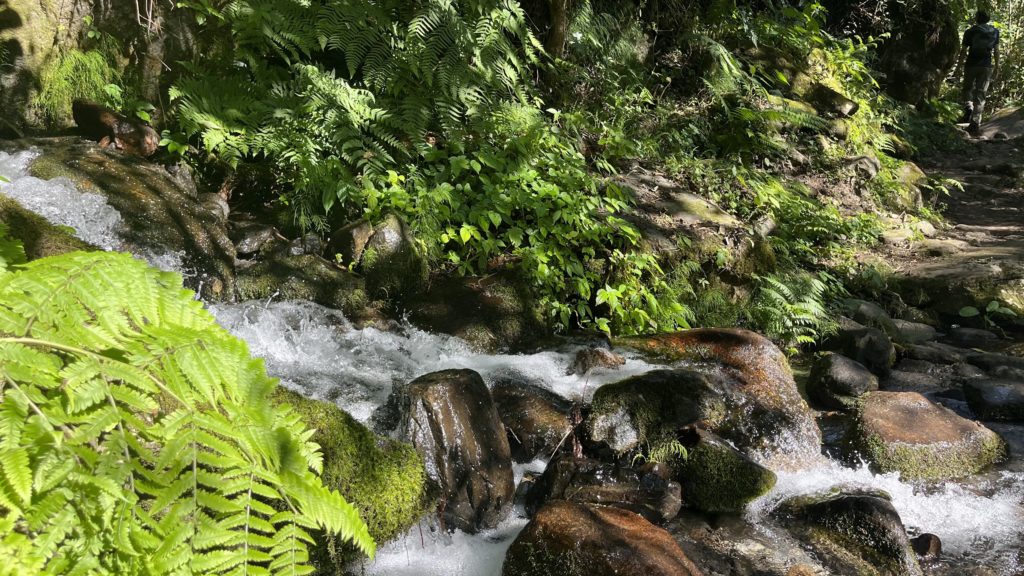
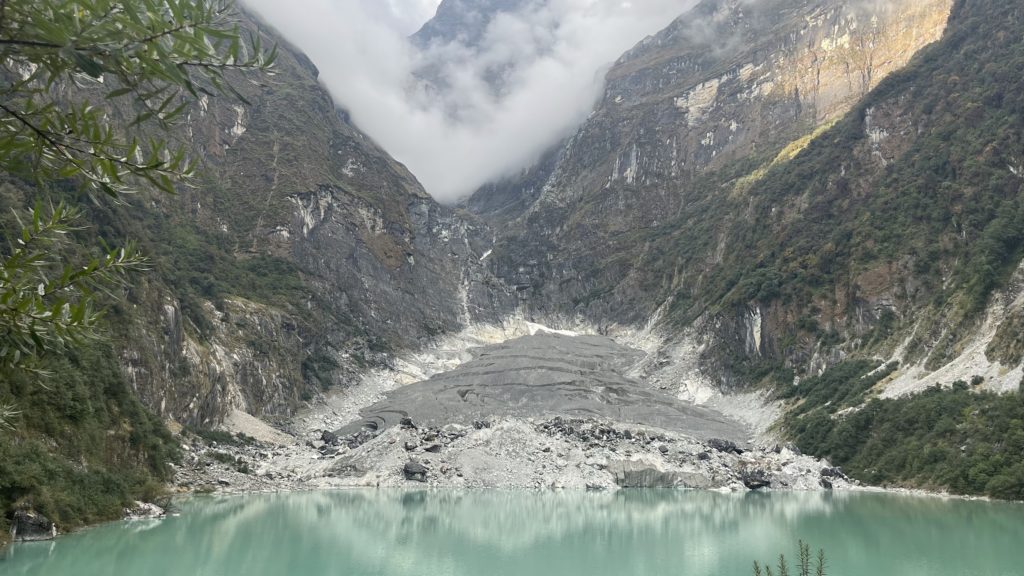
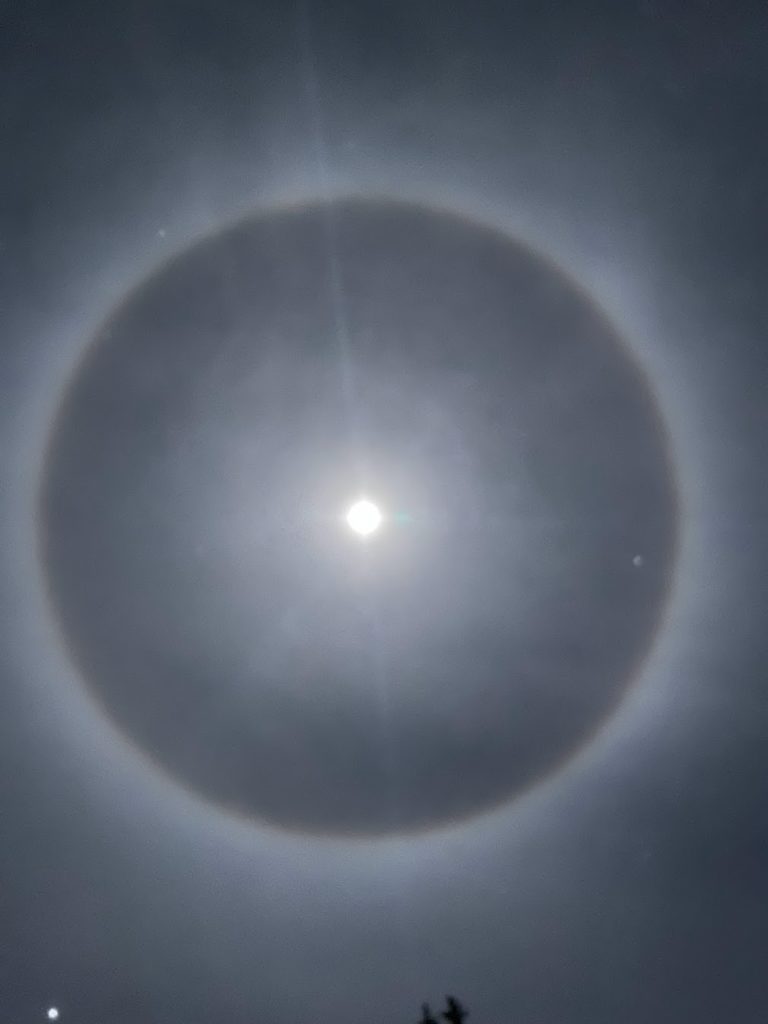
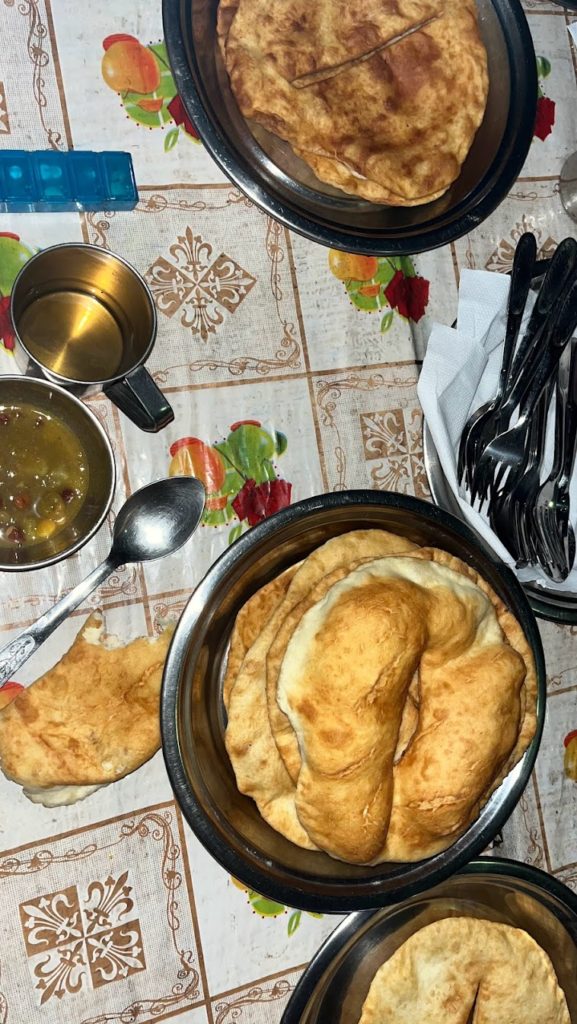
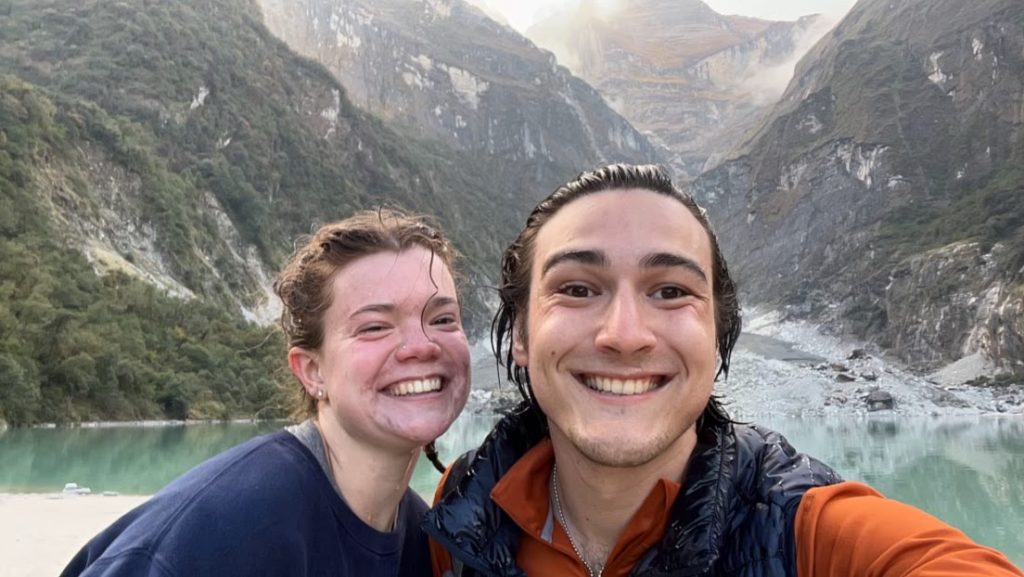


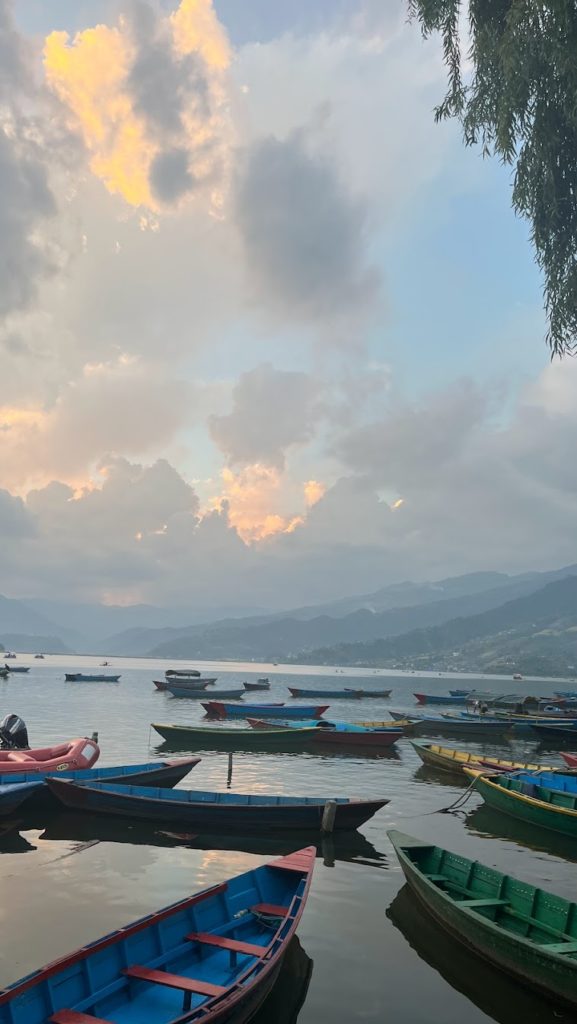
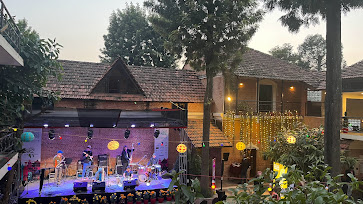
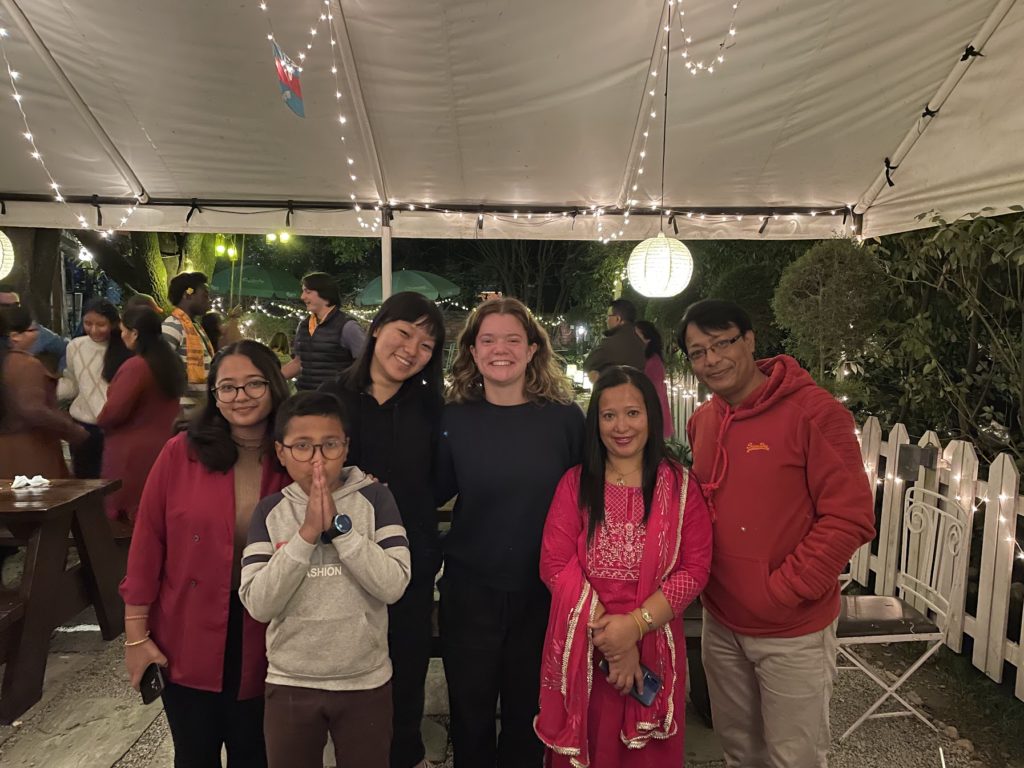
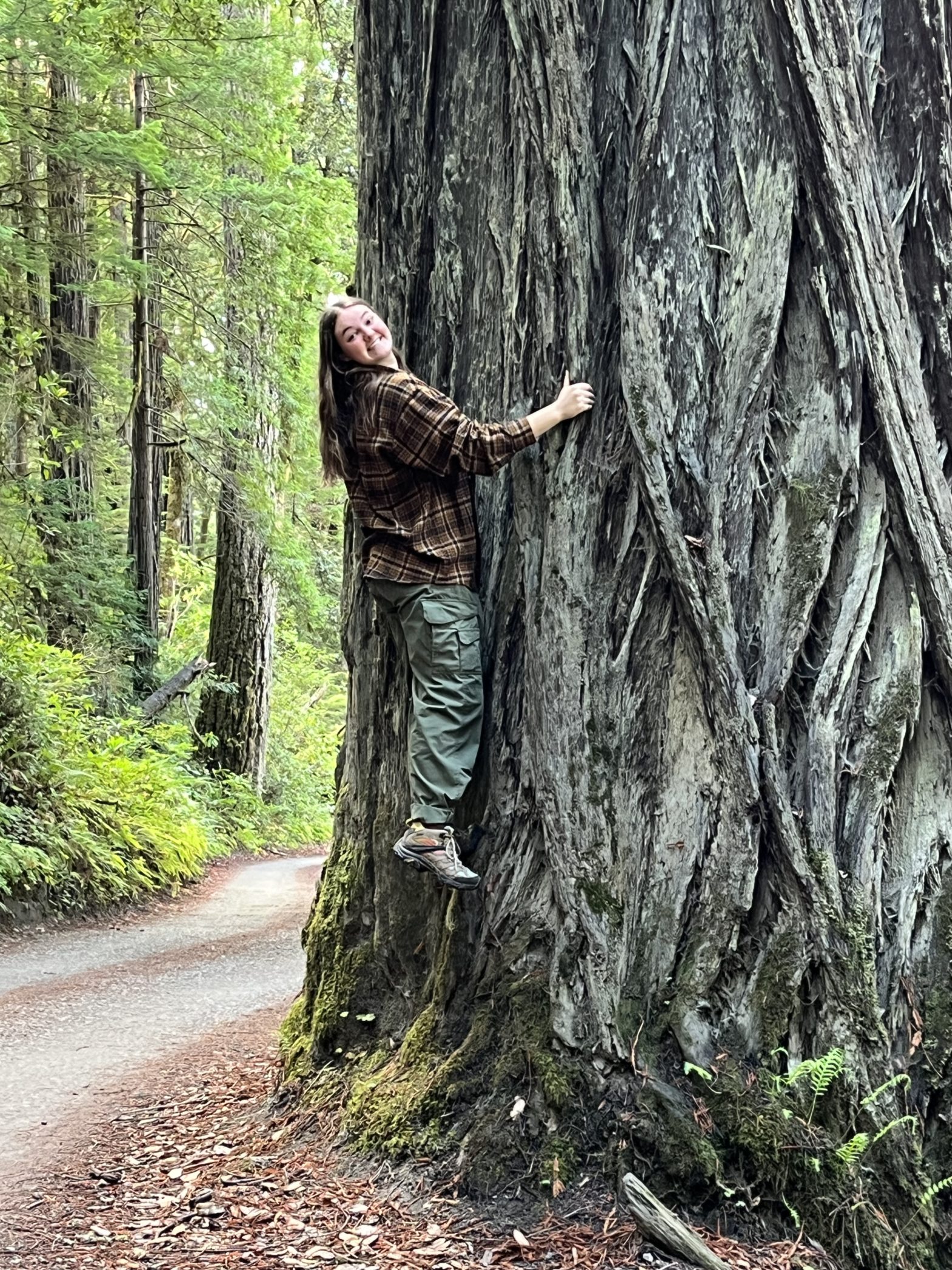
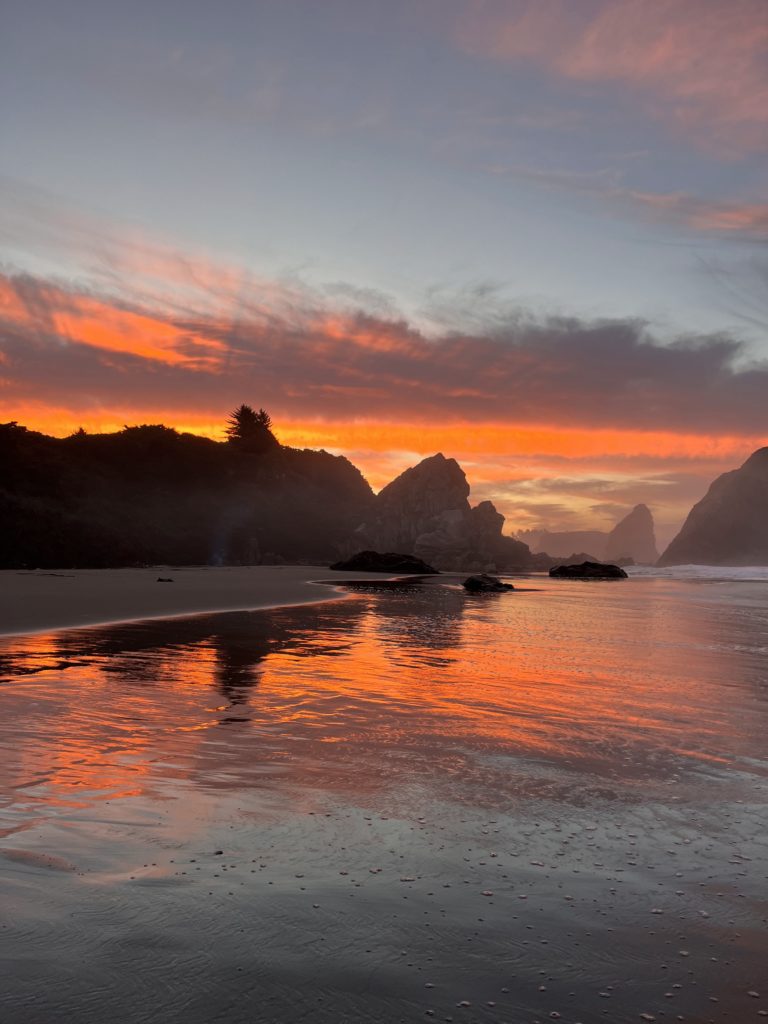


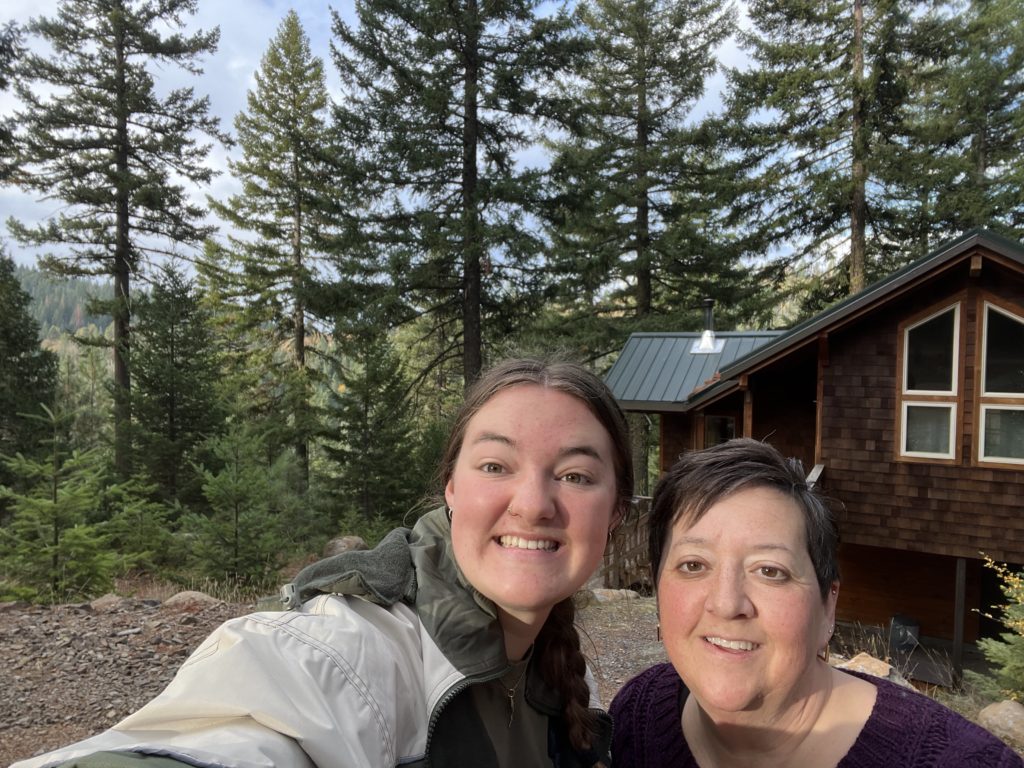
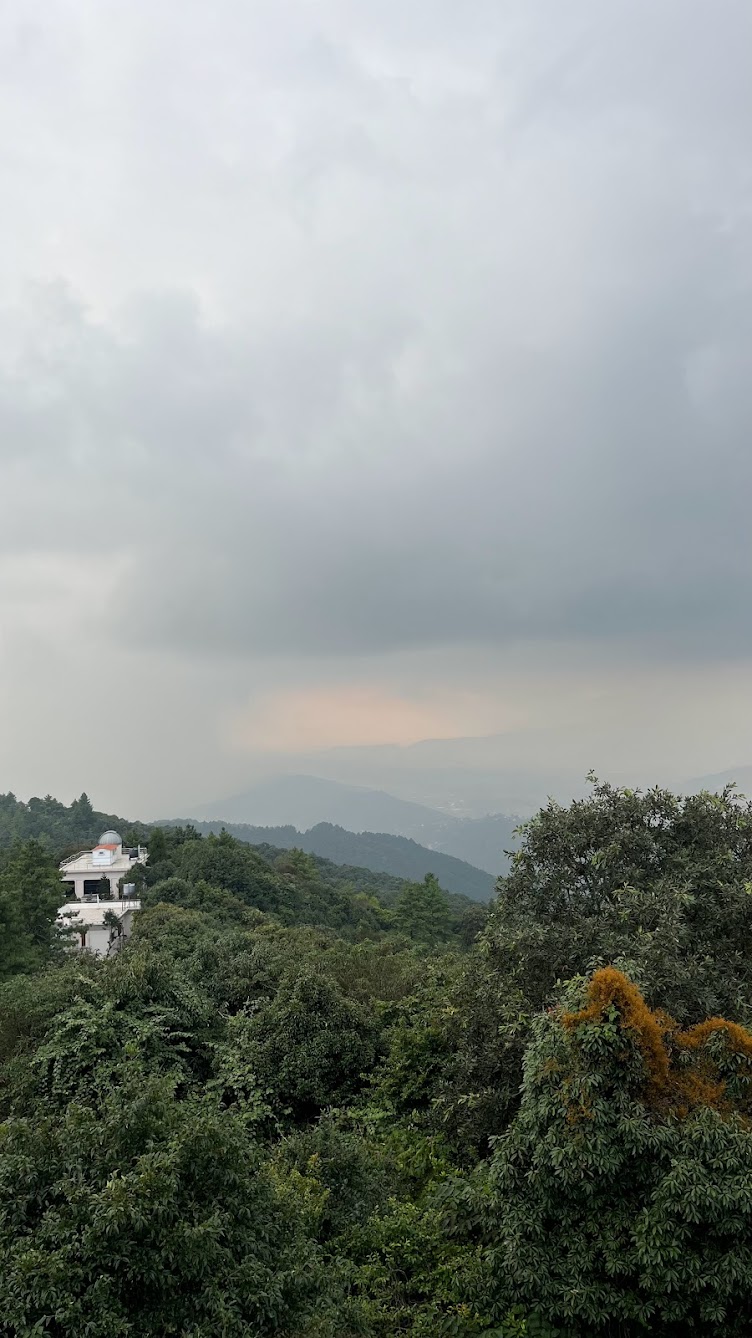
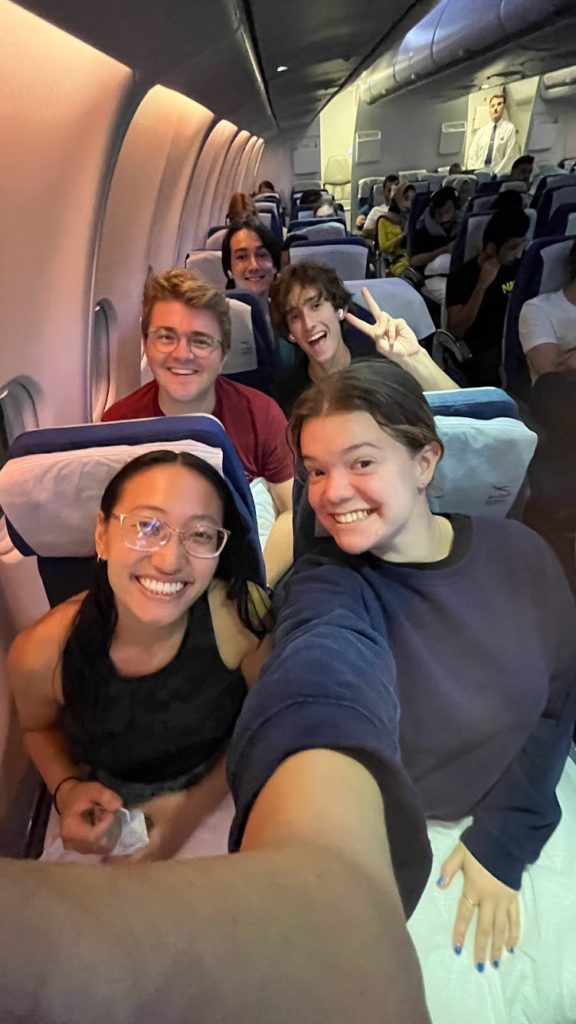
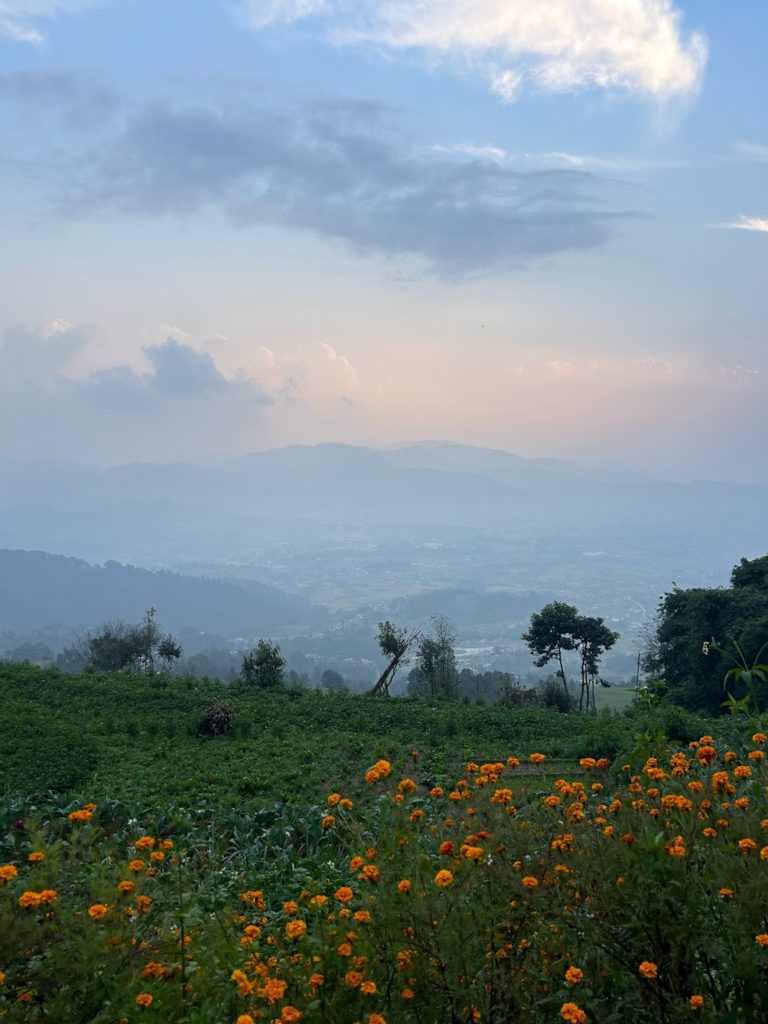
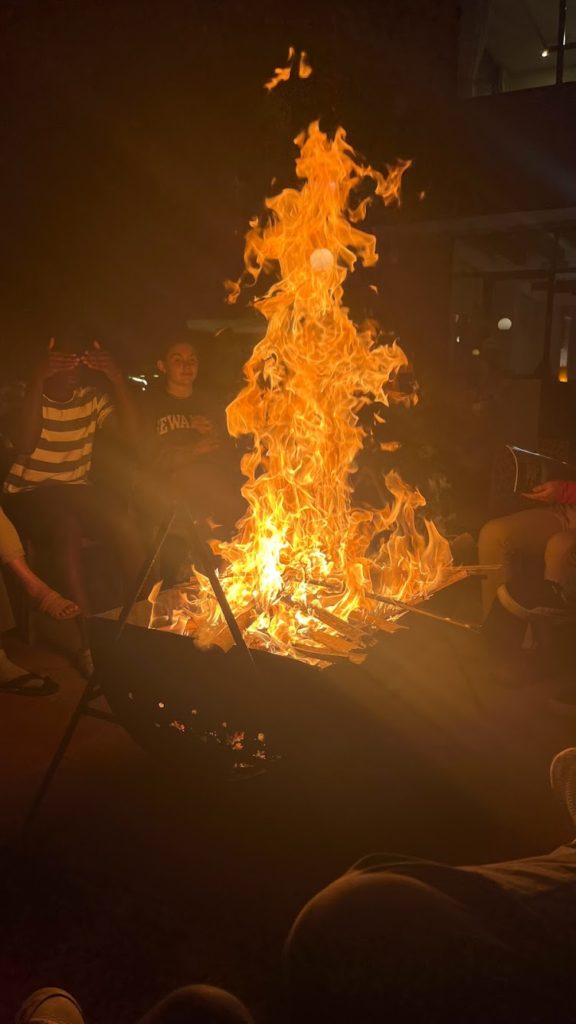
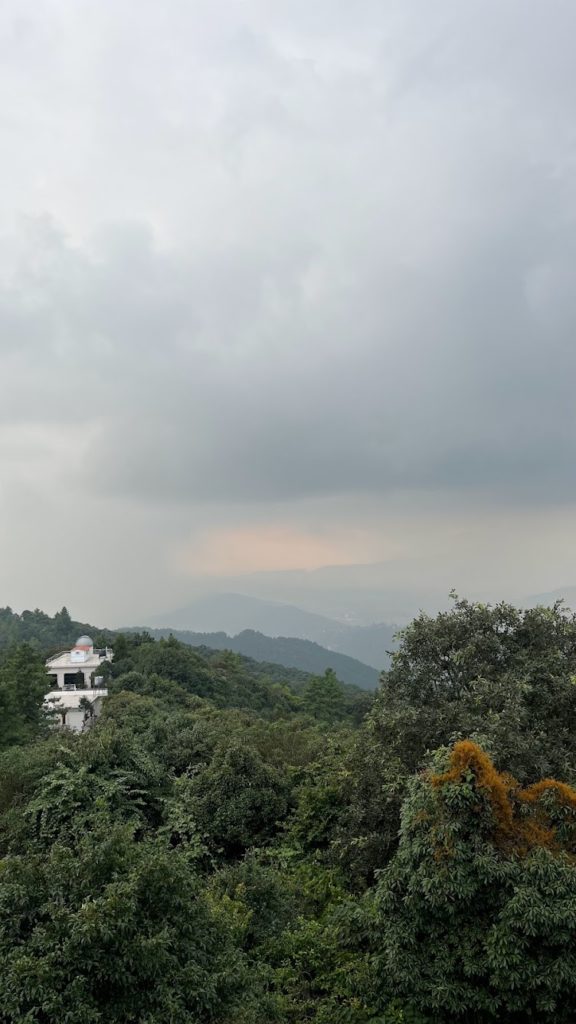
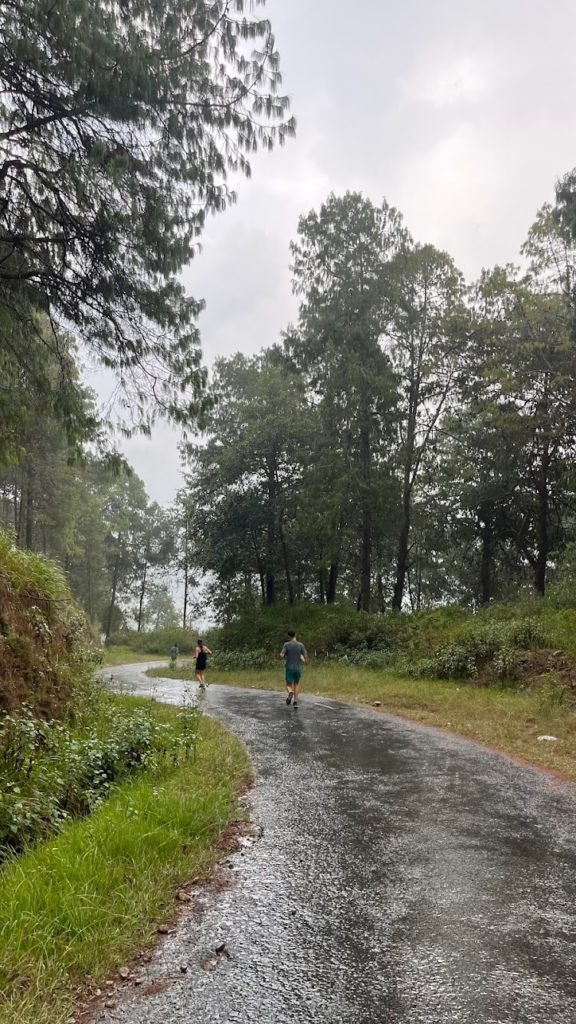
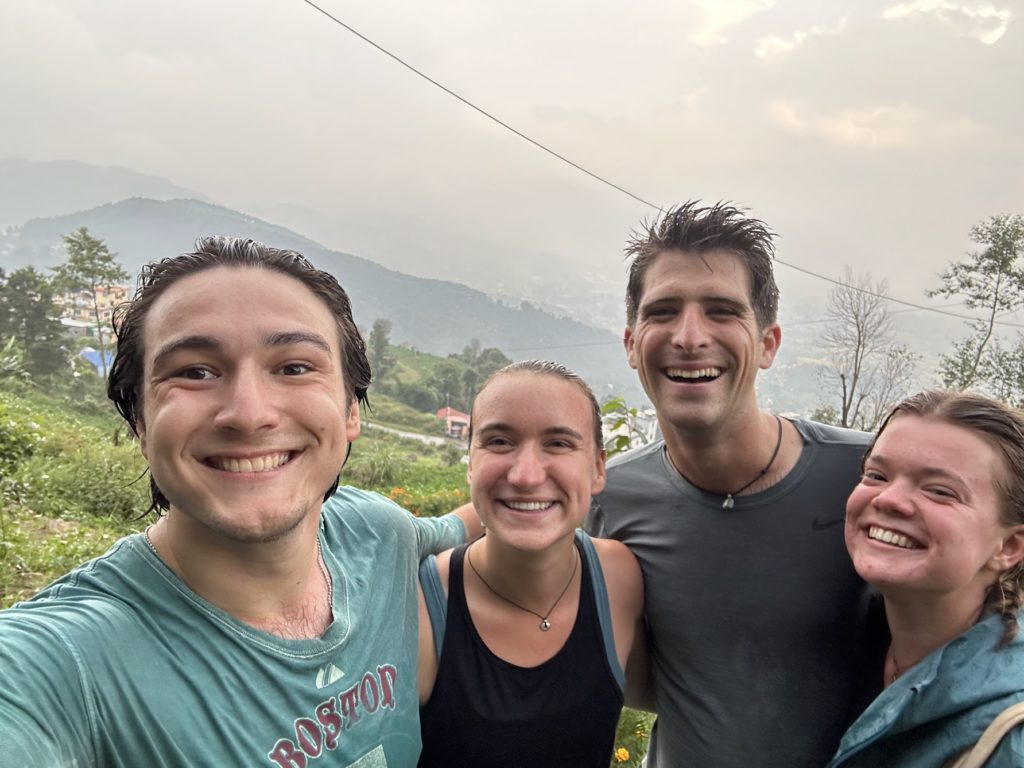
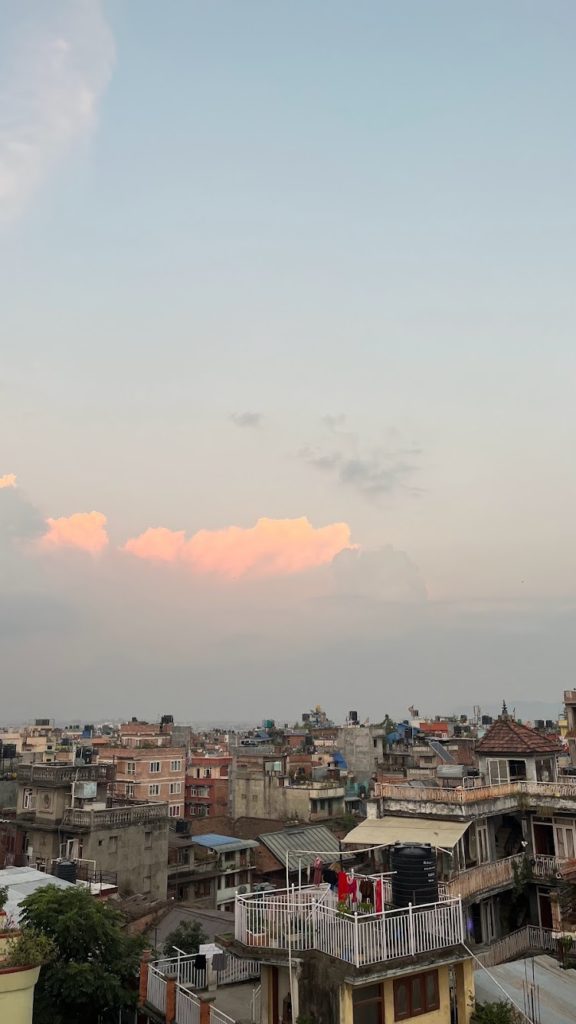

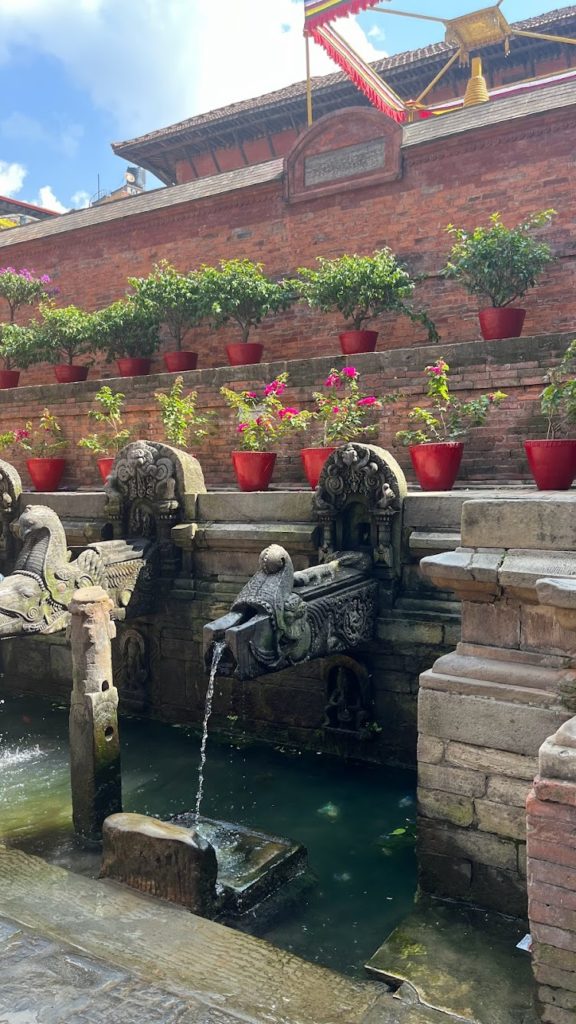
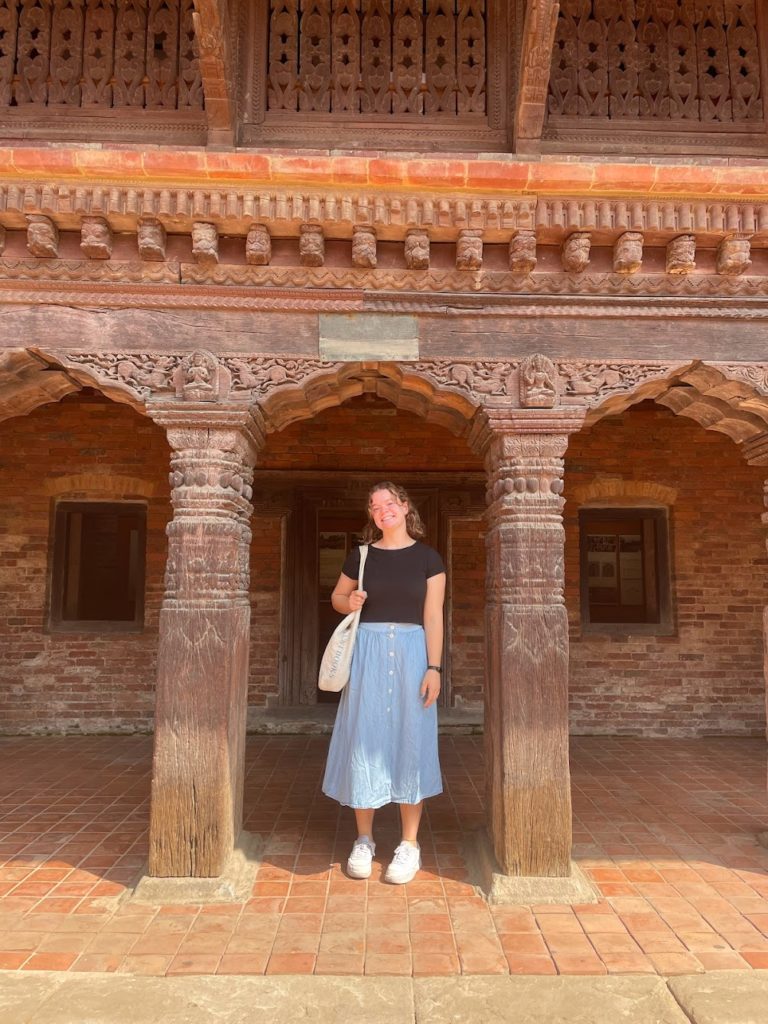


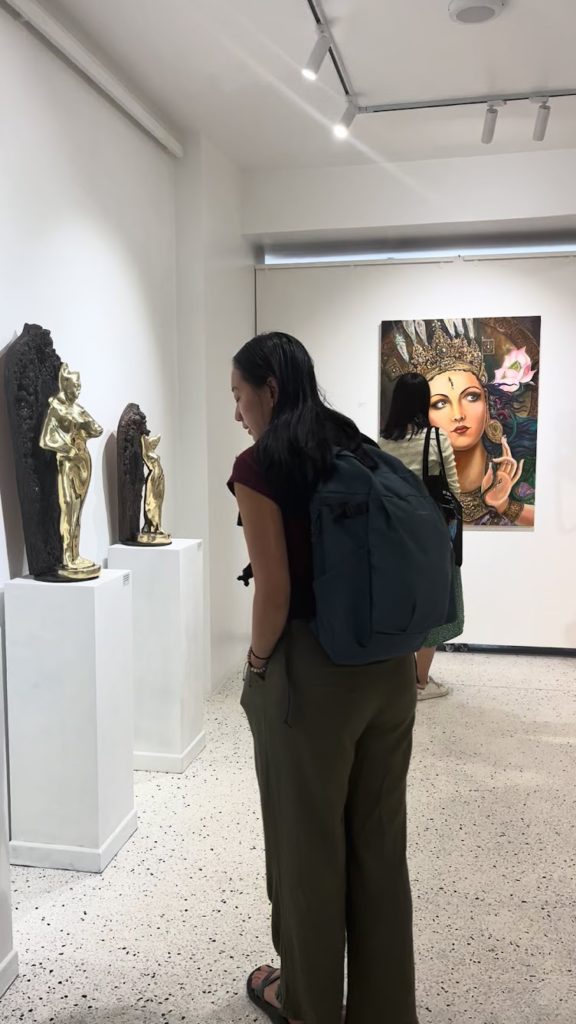
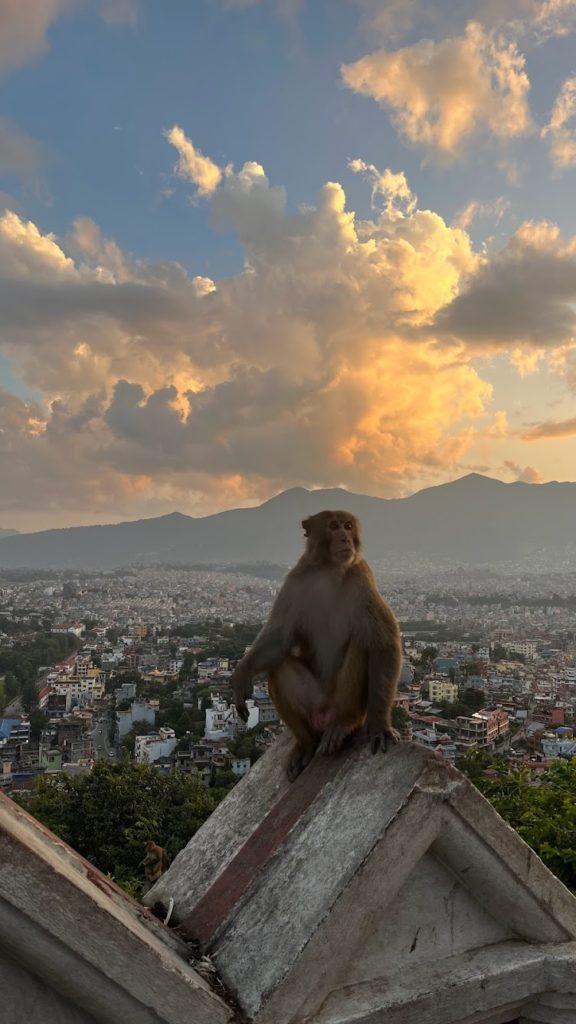
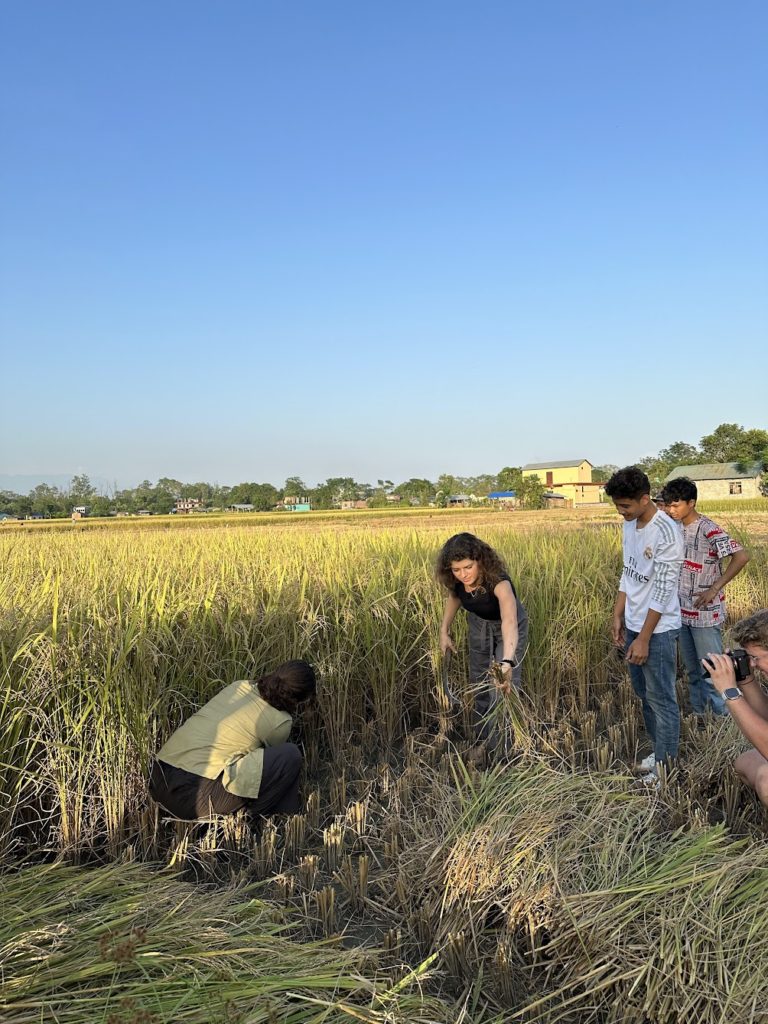

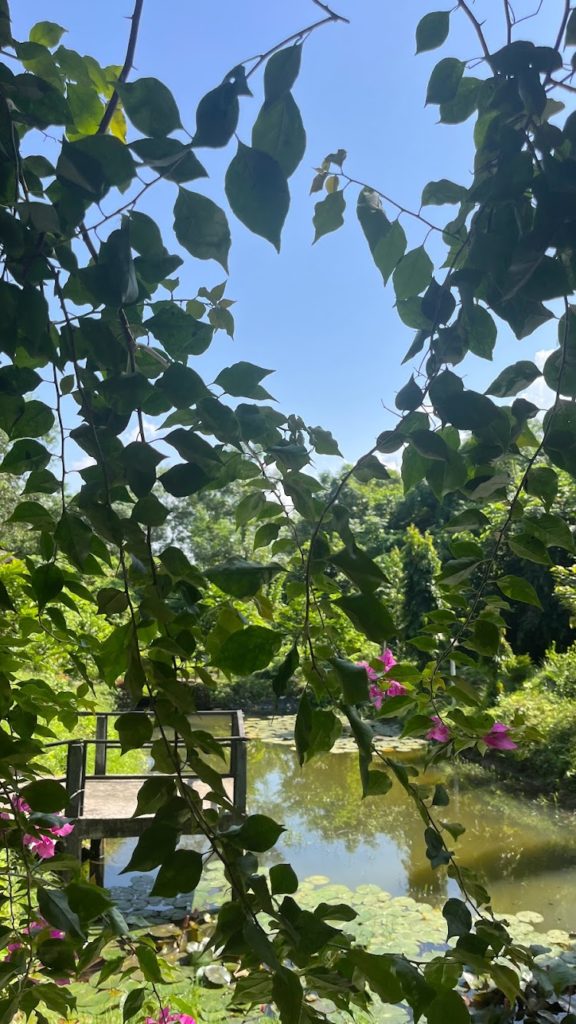
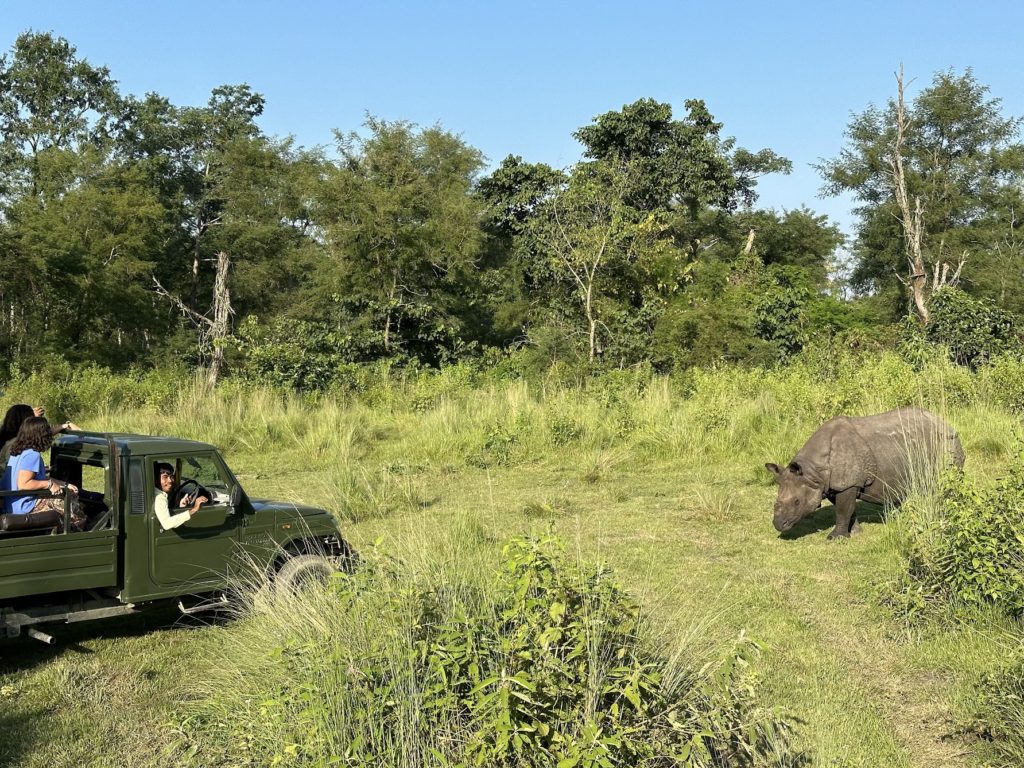
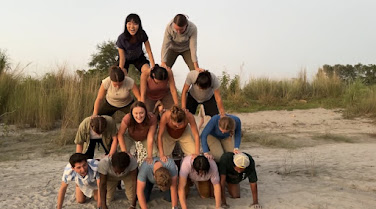

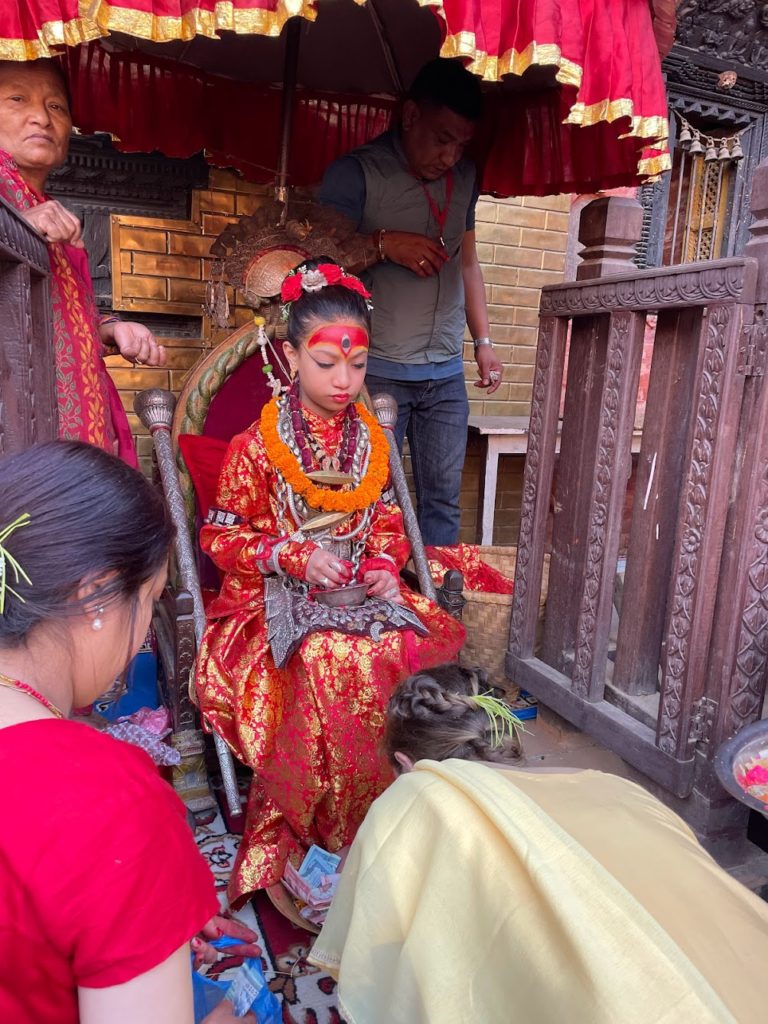
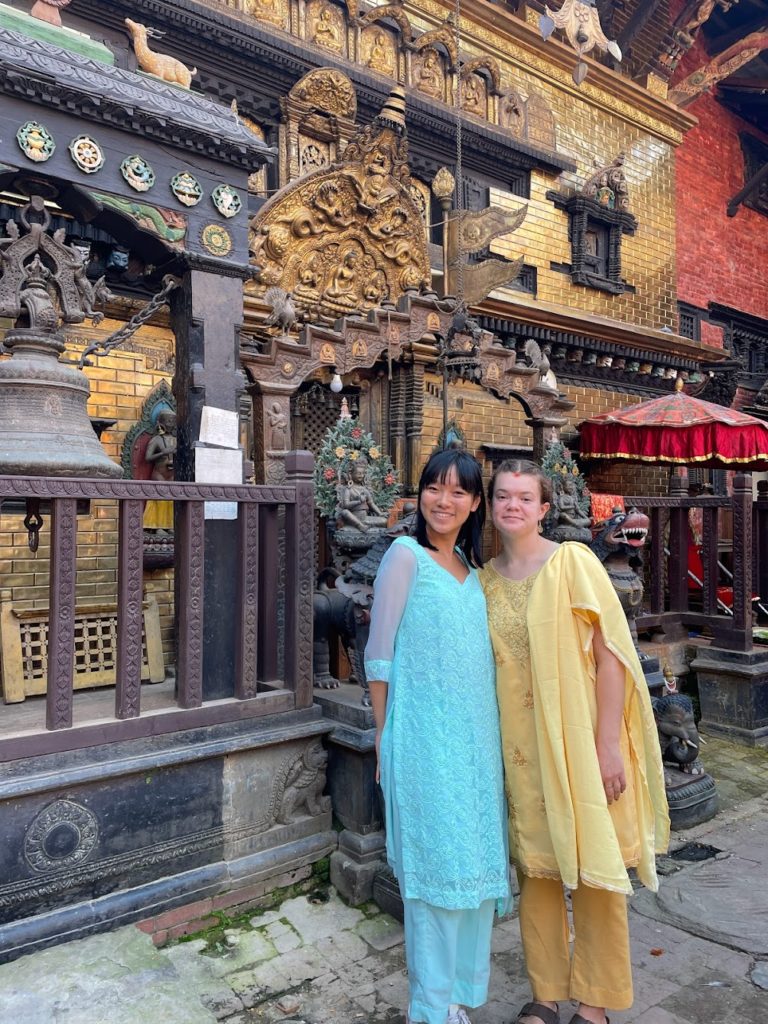
You must be logged in to post a comment.